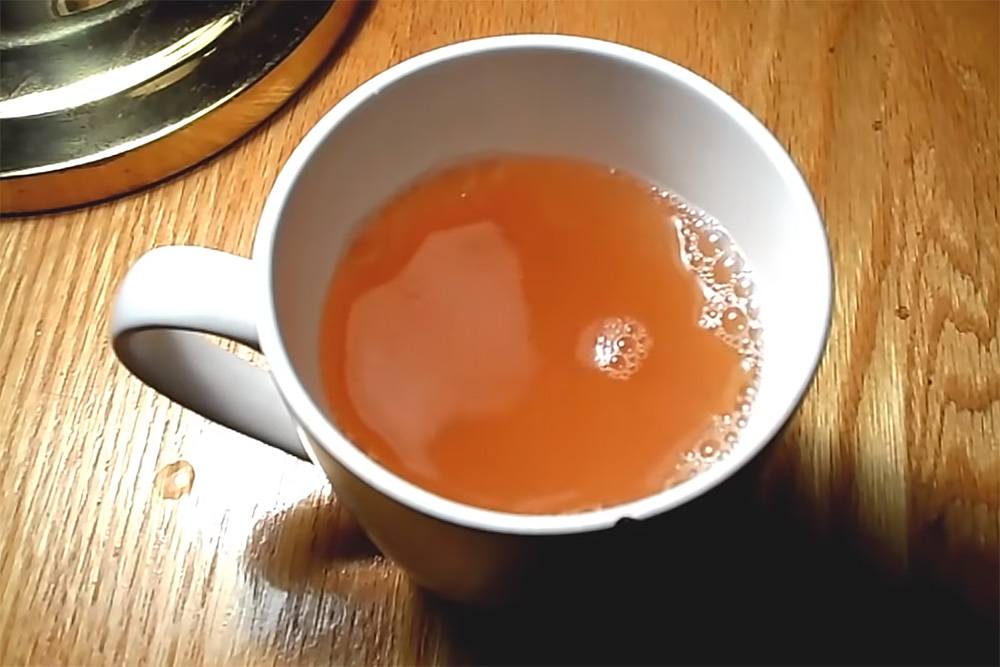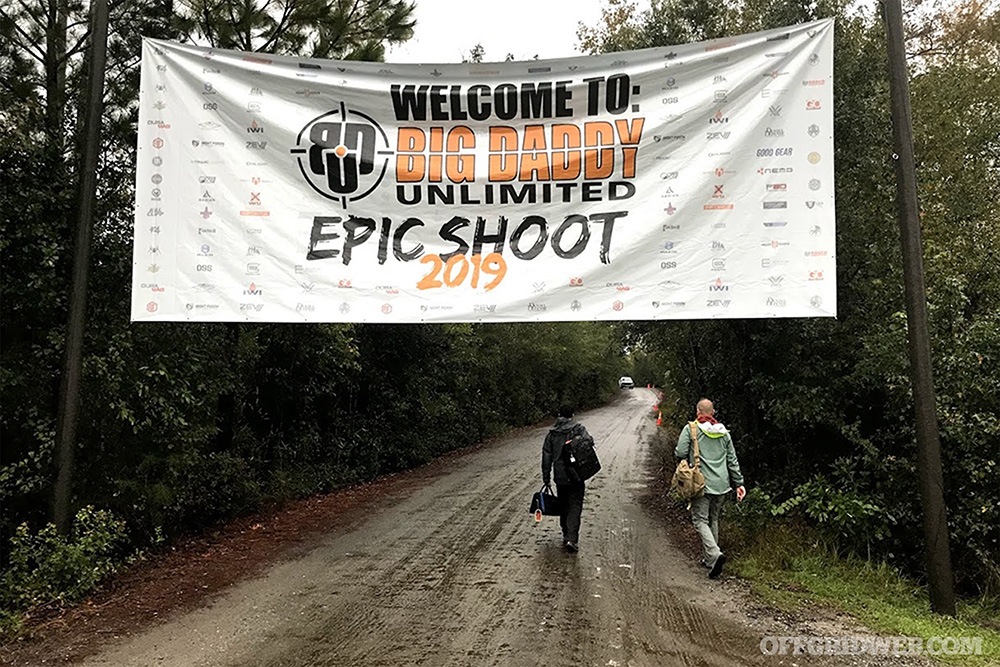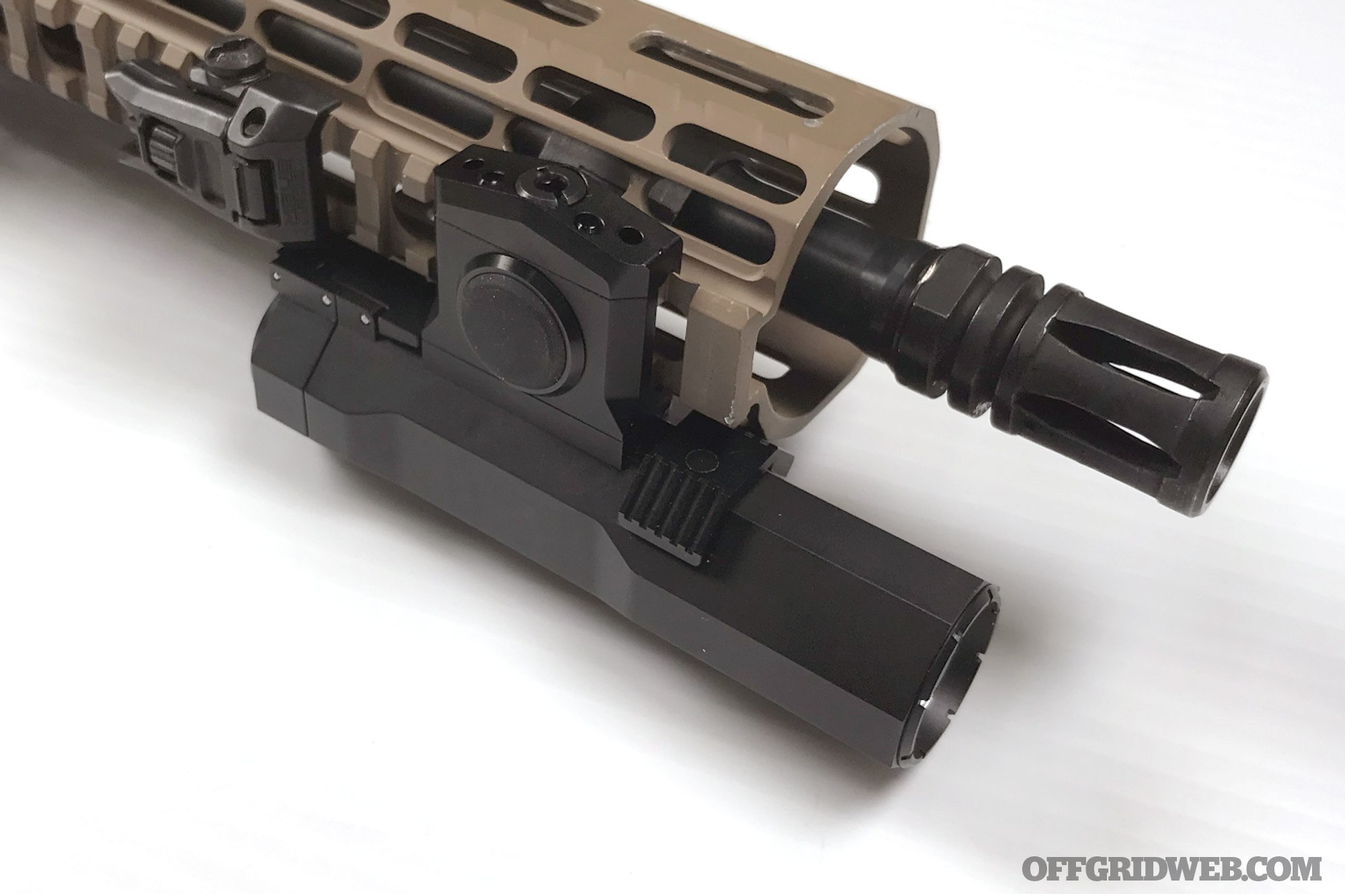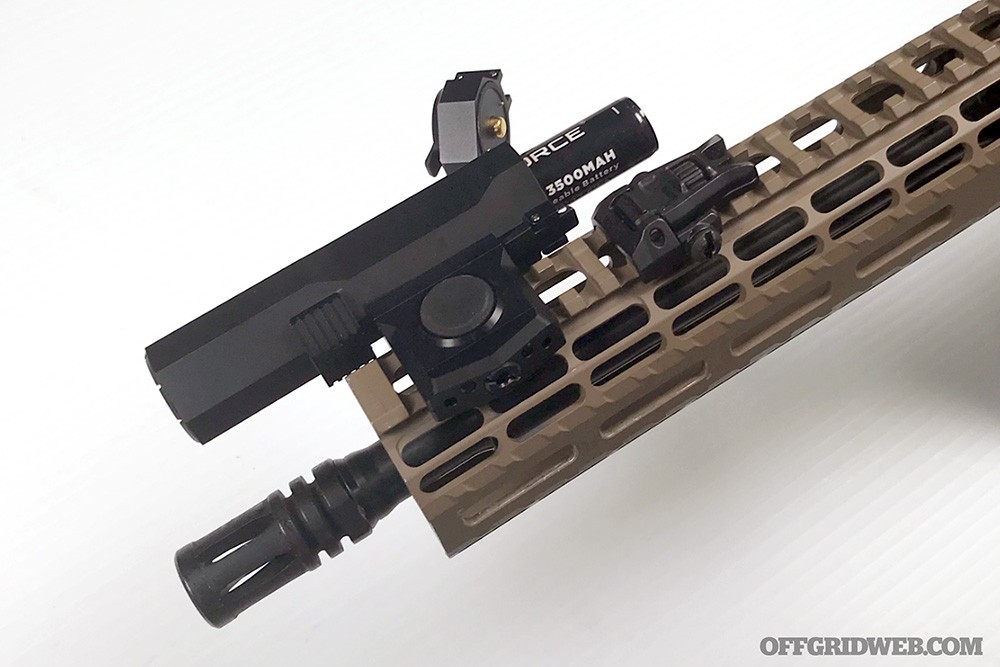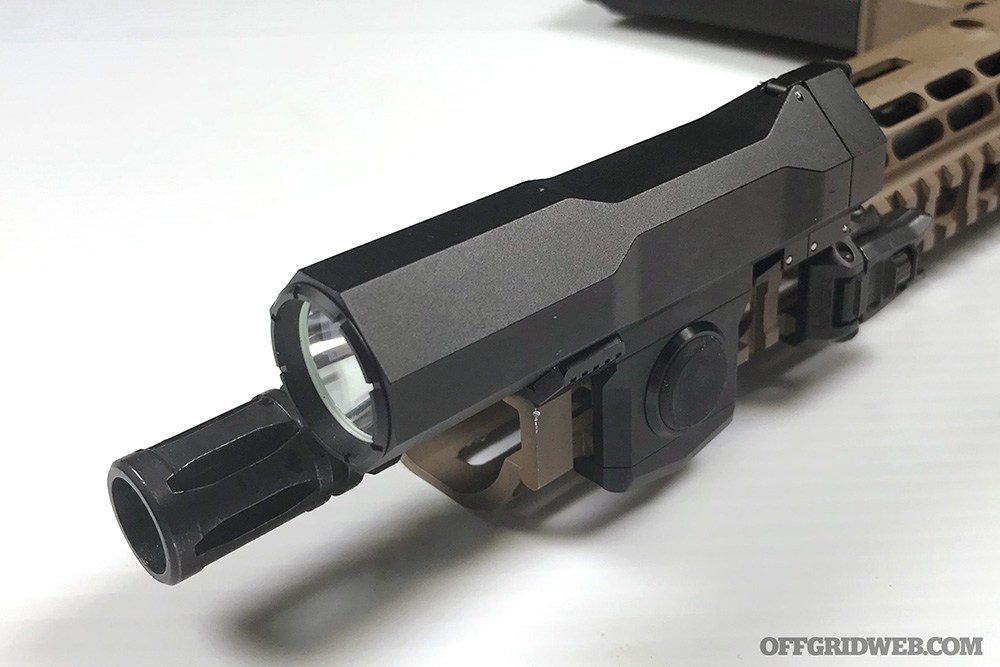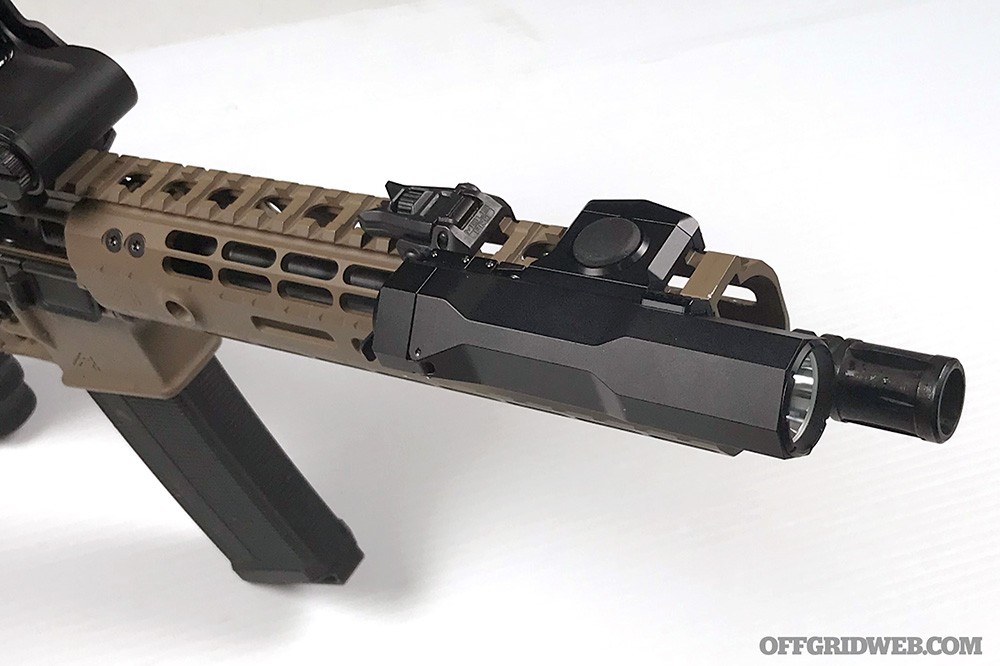Illustrations by Joe Oesterle
It wasn’t the popping gunshots that shocked your senses the most in that crowded mall. You’ve fired enough rounds in your life to be familiar with the sound of gunfire. It was the screaming child who made you stop in your tracks. The sound you heard wasn’t the commonplace tantrum of a spoiled child screaming for a new toy. No, this was a shriek of pain and absolute fear from a young one.
It was a piercing wail, and the instincts of a parent took hold. You had to find the child. As you ran hunched over, zigzagging toward a stone planter, the screaming grew louder. You were almost there! Then the ground rose up to meet you. You didn’t remember losing your footing and falling, you simply realized you were suddenly on the ground. Just feet away from the crying of the child — just feet away from the decorative stone structure that would afford you solid cover — you were down and if you didn’t move fast, you could die right there.
Whether the attackers are foreign-born terrorists or homegrown bad guys, their goal is the same — to kill as many easy targets as they can. In this edition of What If?, we pose the question: What if you’re in a crowded shopping mall when a mass shooter starts a killing spree? To get different takes on this deeply troubling threat, RECOIL OFFGRID asked three different survival writers for their knee-jerk reaction.
So, we have Candice Horner, a U.S. Marine Corps veteran, registered nurse, and competitive shooter. Next, we have Erik Lund, a longtime contributor who’s also a federal law enforcement agent with a bevy of tactical and survival experience. And to round things out, ROG asked me what I would do, as well. I’ve been teaching people how to survive almost everything for the past 20 years, and I’ve written multiple New York Times-bestselling survival manuals from my experience.
It’s an honor to continue writing for RECOIL OFFGRID, though it’s far from comfortable to wade through this all-too-real-feeling What If? story.
The Scenario
Situation Type:
Mass shooting
Your Crew:
Just you
Location:
Chicago, Illinois
Season:
Winter (late January)
Weather:
Cloudy and windy, 15 to 30 degrees F
The Setup: You’re visiting the Windy City and decide to have your last lunch in Illinois at Water Tower Place, the eight-level mall located inside a 74-story skyscraper. You figure you can hang out there for a few hours, buy some souvenirs, and still have plenty of time to catch an Uber to O’Hare International Airport. More importantly, you’ll be out of the bitter cold!
The Complication: You’re about to enter the Oakley store when a loud noise echoes throughout the mall. Everyone flinches, then freezes. Suddenly, several more bangs ring out. It’s gunfire! Immediately, people scream and sprint in every direction. You instinctively duck behind cover and carefully scan for the safest way out — instead of seeing an exit you spot a gunman fire randomly into a crowd of people then head in your direction. He didn’t see you, but he’s about 35 yards away and approaching. What do you do?
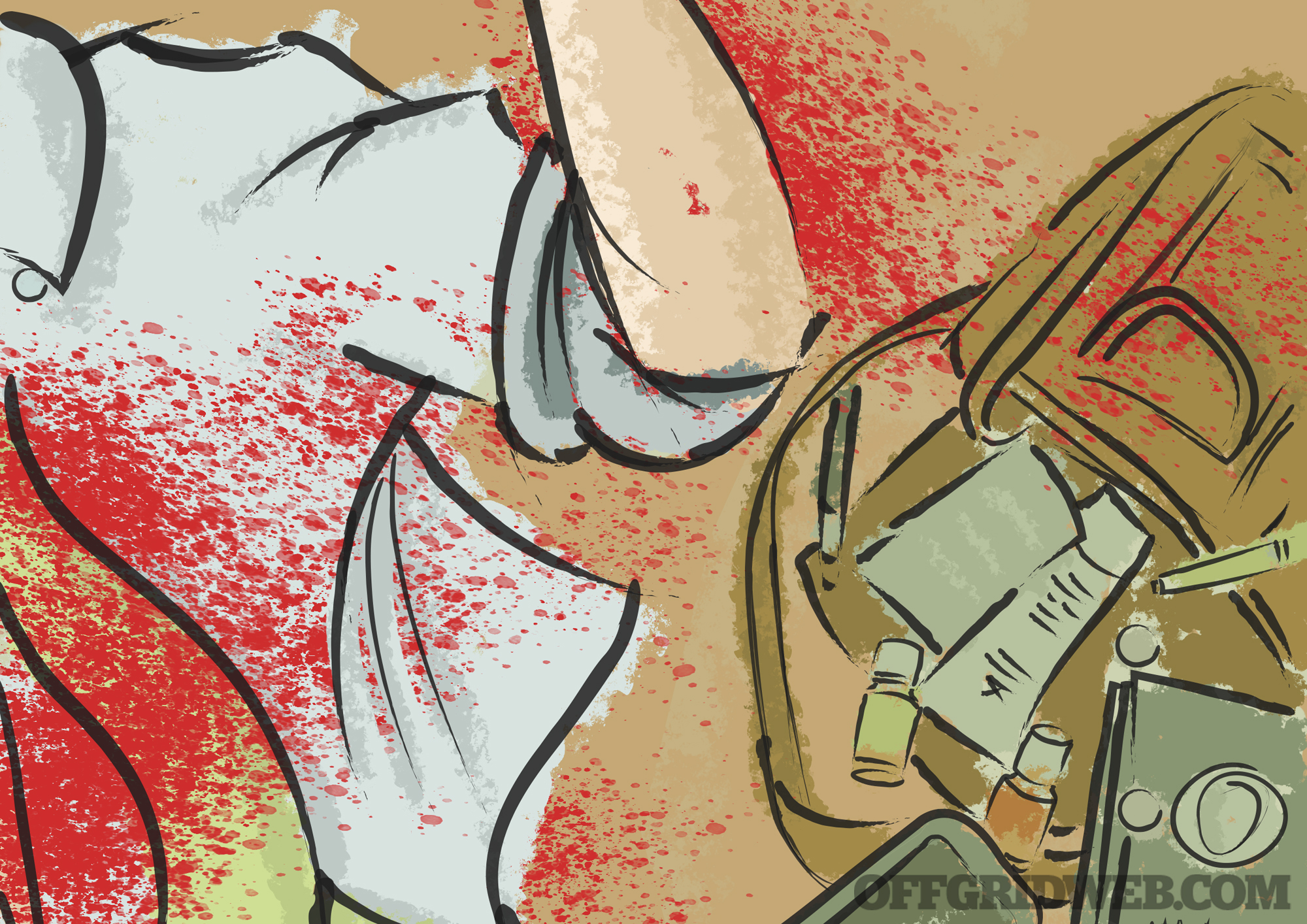
The New Plan: With this bad guy shooting at people indiscriminately, you’ll have to formulate a plan (and fast) for what to do. You need to deal with the environment (the store and mall), the gear you happen to be carrying, and the reaction (if any) of other shoppers, security guards, or police.
U.S. Marine Veteran: Candice Horner’s Approach
As usual, I procrastinated. This time, I waited until the last minute to buy my husband a birthday present. But, an extra day in Chicago, after my friend’s wedding, provided me with just enough time to get him a new pair of Oakleys. Thanks to a wannabe badass, I didn’t even step foot in the Oakley store.
Just as I was about to enter the store, shots rang out with a systematic, thundering cadence. Just from the tone, I knew it was a shotgun. The herd of people in front of me froze, until someone yelled, “Gun!” Then the frozen crowd dispersed into unorganized chaos, flaring out in every direction with unguided purpose. I quickly scanned for the shooter and spotted him about 35 yards away, reloading his shotgun while coming up the escalator. I made haste to the largest store next to Oakley.
The Oakley store was too wide open; I needed a better place to hide, so I ran to American Eagle Outfitters. I hurried toward the back of the store, where other people were also running. I didn’t want to get caught up in their large, flock-sized target. So, I hid inside of a circular clearance rack — the type that’s always over-stuffed and never organized.
As I crouched down in the circle of clothes, I damned myself for not staying in the hotel and shopping with Amazon Prime. This wasn’t like me; I don’t like shopping malls. Being in large groups of people is outside my comfort zone. What the hell was I thinking by coming here?! I felt I was getting what I deserved for coming to a city with terrible gun laws, a place I couldn’t legally defend myself. Damn it. Thank goodness I have an insatiable affinity for knives and carry several in my purse. I was armed, but to use a knife during a gunfight would take a little bit more than courage. I had to use his firearm of choice against him, capitalize on the weak points of a pump-action shotgun.
Shotguns are like good beer — they’re always empty. Knowing this was my advantage, as the sounds of his shots got closer, I counted each round. One, two, three, four … and five. After the fifth shot, there was about an eight-second delay — he was reloading.
By the intensity of the screams, I could tell the shooter was within the walls of my makeshift safe haven. The clearance rack provided enough concealment to hide me, while still allowing me to view the masked shooter’s location. He followed the sounds of screams coming from the back of the store.
I held my breath as his one-track mind guided him inches past me and to the screams coming from the dressing rooms and storage area. With a tormented sound of joy in his voice he yelled at the door, “This will be your tomb!” He discharged another five rounds until running the gun dry. Eight seconds of pure terror passed until the next five rounds of buckshot penetrated the door. The souls barricaded on the other side didn’t have a chance; he was determined to reach them. I had to do something.
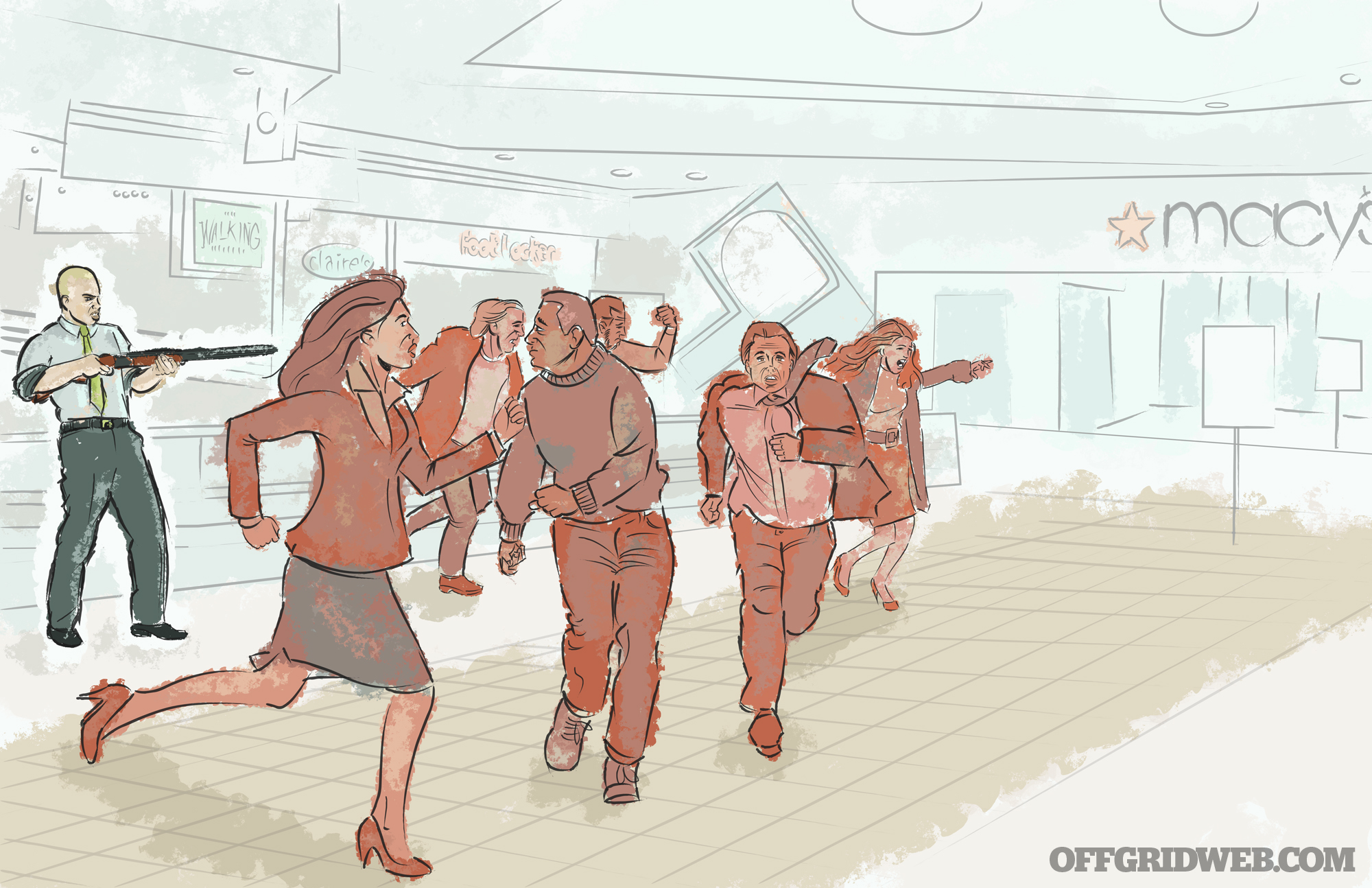
After sizing him up, I knew my tiny frame wasn’t much of a match for his strong, tall build. I had to get him closer to the ground for a fair chance. Thank God for tunnel vision because as I slid out from behind the discounted skinny jeans, the gunman was laser focused on loading one shotshell at a time. With a knife in my strong hand, I kicked him with all my might to the back of his lead knee, which supported most of his weight. He stumbled toward the ground, his finger still on the trigger, accidentally discharging the shotgun toward the roof.
Since it was a pump-action, he couldn’t fire another round without racking the fore-end. In that instant, he was closer to my level, and I wrapped my left arm around his neck while simultaneously slicing through his trachea and right carotid with my Medford Micro Praetorian Knife. I kicked the shotgun out of reach, standing over him as his artery spurted blood all over the sand-colored tile. I stared at his lifeless body for what seemed to be an eternity.
I must have been in shock, because I was numb to my surroundings and seemed to be out of my own body as my eyes were locked on the carnage beneath my feet. But it wasn’t over, and I snapped back to reality.
The ringing in my ears from all the shotgun blasts was overpowered by the cries for help on the other side of the buckshot-riddled door. I pleaded with the survivors to open the door, explaining I’m a nurse and want to help. They hesitantly did. There were 12 of them behind that door. I scanned the group for serious injuries; no one was dead. There was a young boy, gray in the face with blue lips and bleeding profusely from his elbow. I grabbed a new belt off the storage shelf and tightened it around his upper arm until the bright red bleeding slowed.
By now, more people had joined us in the storage room. Several of them had hidden near me and saw me take down the gunman. A couple of them looked at me like I was dangerous. I didn’t care. At that point, anyone who had enough life in them to judge me was lucky they didn’t get shot by that crazy man. Their discontent was somehow comforting to me because it meant they made it through this ordeal.
About 10 minutes later, police and EMS arrived. The injured were taken away, and I was taken into custody. I didn’t have time to process the emotions that would come once the adrenaline eventually settled.
My adrenaline quickly turned to anger when I was told that I had to be held in custody and questioned by police. And, as expected, they took my knife. They charged me with carrying an illegal weapon, because Chicago law states a concealed knife can only have a 2.5-inch blade; mine had a 2.8-inch blade.
The charges were dropped after the story made the news, heralding me as a hero. Once released, the cops offered me protection while traveling back home. I gladly accepted because the motives and connections of the gunman weren’t yet known. I was, essentially, a walking target until they figured out why the shooter attacked. I didn’t regret my actions though. Some people just don’t belong on this Earth, and I categorized him as such.
What I learned from all of this was to trust my gut and not go into a city that doesn’t support the Second Amendment. Had I been able to have my everyday CCW, I would have been able to react sooner rather than waiting for him to reload. I also learned that sometimes due diligence isn’t enough. When I looked up the laws in Illinois, I read that knives with a 3-inch blade were legal — but Chicago has a stricter knife law than the state.
So, the next time I’m invited to a wedding in a state with such highly restrictive gun laws, I’ll just send my love and congratulations by mail.
Federal Agent: Erik Lund’s Approach
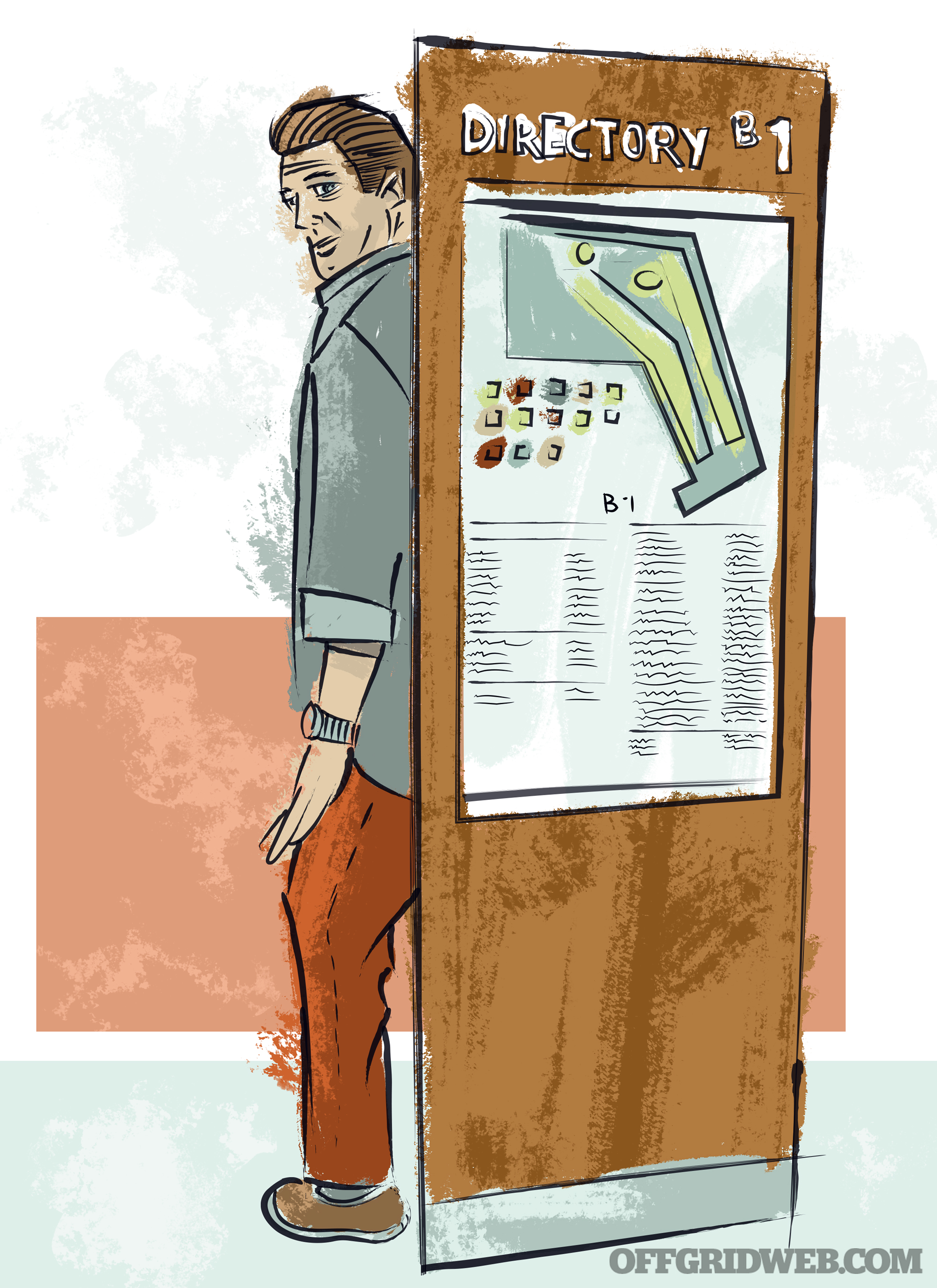
It didn’t take long for me to spot the shooter. The rolling booms echoed throughout the mall, but my eye instantly spotted a man cycling the action on a pump shotgun. The full-face ski mask confirmed this was indeed the shooter and not a mall security guard. The shooter touched off another round and then turned, walking in my direction while reloading more shells. Seeing the opening, I instinctively started my drawstroke by lifting my cover garment to access my pistol, only to stop and realize that I had no pistol.
Chicago is one of the most gun-restrictive cities in the entire country. Only the elites can obtain a concealed carry permit in Chicago, and I most certainly didn’t qualify as an elite member of society.
I quickly stepped behind a large square pillar right at the Oakley storefront entrance. Time for plan B. I’d never make it if I tried to run for it. I could try to find a back way out of the store; a work exit or maybe a fire exit. But being unfamiliar with the store, there was no guarantee of success. Even if I were successful, could I live with myself for not trying to do something to stop this rampage? I had the training and the skills to make a difference.
No, I will not run, I will fight back. If not me, then who? I needed a plan, and fast, but only one option seemed viable at the moment. If he comes into the store, I’ll have to try and ambush him from around this pillar and go hand to hand with him.
I pulled my SOG Kiku folder out of my pocket and deployed the blade. While I was pretty sure it was illegal to be carrying this knife, it was more important to survive this incident than worry about what kind of legal trouble awaited me. Win the fight first, then worry about lawyers. A quick scan of the interior of the store revealed complete chaos. People were running all around, some were starting to hide behind counters and displays, while others were trying to find another way out.
Good, all of this commotion and movement will keep him distracted and give me the opening I need. Two more booms echoed over the screams in the mall, only much louder this time. He’s getting closer.
I slowly shifted my head just enough to let one eye see past the pillar. The shooter was 15 yards from the entrance and still headed toward the store. He briefly stopped and raised the shotgun. I quickly pulled my head back as another boom rang throughout the mall. A scream drew my attention back into the store. A woman was running from behind an overcrowded display to another less crowded place to hide when buckshot impacted her hip. Screaming as she fell, she slid several feet along the floor until coming to a stop almost in the middle of the display floor.
The sound of the pump action cycling was followed immediately with another blast directed at the woman. Fortunately, it went a little high and the shotgun pellets passed over her body by a couple of inches. The shooter cycled the pump action again and by the proximity of the noise, I knew the shooter was extremely close. My heart was jackhammering in my chest as final thoughts popped into my head. Time to sack up. Drive him into the ground. Be fast. Be brutal. Every muscle in my body was twitching, ready to explode and attack with all the speed I could muster. Everything I could bring to the fight was set on a visual tripwire, ready to launch. Then I heard the loudest sound you’ll ever hear in a gunfight … click.
It wasn’t the visual stimulus I anticipated. No shotgun barrel or human body walking past the pillar where I lay in wait to ambush the shooter. No visual cue whatsoever; just an extremely loud click. My brain instantly processed the sound and sent the launch command. Go, go, go! He’s empty! Every muscle fiber released, and I accelerated around the pillar. The shooter had paused for a second after he heard the click of the empty shotgun. He was in mid-cycle when his eyes caught a flash of movement and he looked up at this figure that had appeared from nowhere, rapidly bearing down on him.
He was only three steps away from me, but the distance between us felt like a mile. It didn’t matter; I was committed, and the only thing I could do was continue to accelerate and close the distance. My plan was to hit him like an all-pro linebacker until I could get him off his feet or get him pinned up against a wall. Taking him to the ground or pinning him against a wall would make it virtually impossible in the tight confines of a hand-to-hand fight to use the long shotgun against me, but it still would allow me to use the knife in my right hand against him.
A step away from making contact, our eyes locked. I could see the shock and fear in his eyes. I had caught him totally off-guard, and I thought, You better brace for impact, mother f*cker.
My shoulder slammed into his midsection. (Later, my old high school football coach would track me down and send me an email after seeing the store surveillance video of the incident, congratulating me on the best hit he ever saw me make.) I made contact with enough force to lift the shooter off his feet and into the air. We crashed down onto the store floor in a tangled mess of limbs. I heard a loud groan as the air in his lungs escaped his body, sandwiched between me and the floor. Before he could recover, I quickly scrambled on top of the shooter, who was flat on his back.
Still holding my knife, I instantly reared back and rained a right-handed punch straight at his face. He was dazed but still putting up a fight, instinctively raising his left arm to block my strike. That’s exactly what I wanted him to do, and at the last moment, I changed my punch to a push, driving his arm across his neck as I collapsed my body down onto his. At the same time, I slipped my left arm around the back of his neck into a half headlock. As I pushed his arm across his throat, I ducked my head down behind his left elbow and used my head to pin his arm across his throat. I then curled my left arm toward my head and tightened my grip, pinning his arm and head in one position.
Using my head to pin his arm freed up my knife hand to strike and prevented him from protecting his left side. I made several rapid-fire strikes just under his left armpit into the upper lung. The strikes had the desired effect — he screamed and did everything he could to free his trapped arm and protect his left side. Now was my opportunity to finish this fight.
Releasing pressure on his pinned arm allowed him to move his arm down to protect his body. This also opened my next target area, the side of his neck. I reared back to begin a series of strikes into the side of the neck and throat when another body jumped onto us, followed by several more in quick succession. Several people from inside the store had jumped in to help me and in short order had the shooter completely overpowered and pinned to the floor.
In a matter of minutes, the local police had secured the area. The shooter acted alone; it was over.
He was transported to the hospital for emergency surgery to repair his damaged and collapsed lung — he survived to stand trial.
Several days after being interviewed and giving my statement, store surveillance video indeed showed that I made a perfect tackle, driving the shooter into the ground. It also showed that upon impact with the ground, the shotgun fell out of the shooter’s hands and skidded several feet away, out of his reach. Upon reviewing the footage, the local district attorney stated that because the shooter no longer had access to the shotgun, my use of the knife upon him was excessive and that I should have just held him down.
Apparently in Chicago, no good deed goes unpunished, and he charged me with carrying a concealed weapon and assault. My lawyer said that no jury would ever convict me and not to worry. I sure hope he’s right.
Survival Expert: Tim MacWelch’s Approach
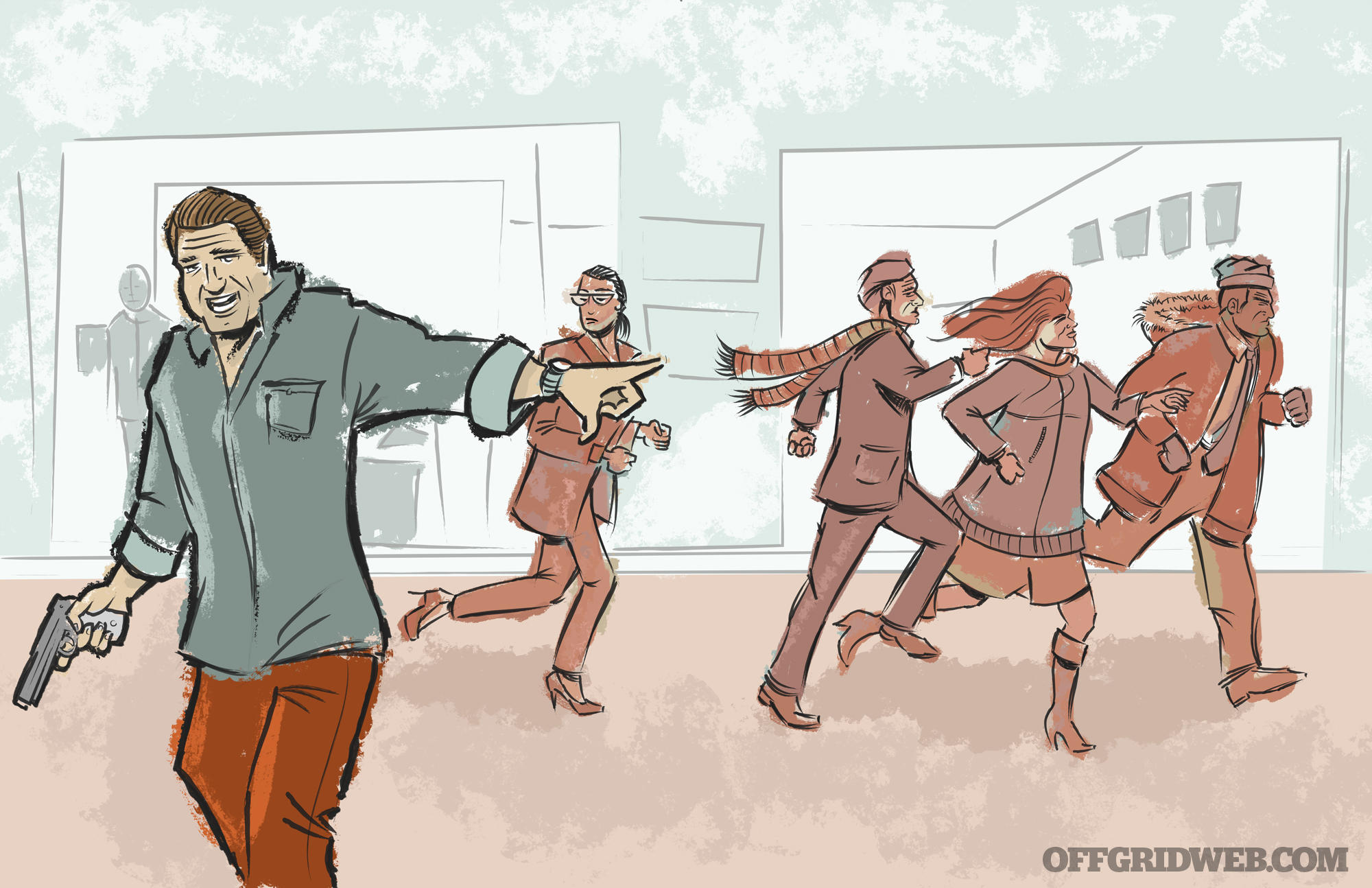
Snapping out of my shock from falling to the ground, I scurried behind the stone planter just in time to see a panicked mother dragging her screaming child from the sturdy cover into a nearby clothing store. Thank God there was no blood on either one of them. It was one small victory in the sickening ordeal. But that might not last. I remember thinking, Racks of clothes may hide you, but they won’t stop bullets. At least the little family wasn’t in the open, and they did have some concealment. I popped up for a brief second to survey the scene, and then sunk my head back behind the stonework.
There was one man walking my way with a black down-filled jacket and a black ski mask. I wasn’t sure from my one-second glance, but from the profile it looked like he was carrying a shotgun.
My mind raced with questions. Was he acting alone? Did he have training? Where were the police and mall security guards? Why choose a shotgun for this?
But the questions stopped flowing when I heard the distinctive sounds of a shotgun being racked and another shot being fired. Since I had been traveling, I had no firearm and precious little in the way of everyday-carry (EDC) gear — just my phone, which I decided to use by dialing 911. I waited until the operator answered, whispered “Shooter in the Water Tower mall,” and set the phone in the greenery, still connected.
Since the shooting began, the mantra of “run, hide, fight” had been playing in my head, almost like some kind of religious chant. I could simply run away. I could keep hiding behind the planter. Or I could run up and try to seize the weapon. Or I could go with plan D, which was “none of the above.” Even if this murderous assailant had no training, his shotgun blasts could still be effective at killing and maiming people. I had to make a decision. Since I could be easily engaged with a close-range shotgun blast if I popped up from my cover and ran, I decided to stay behind the planter for the moment.
There was too much screaming in the mall to hear the shooter’s footfalls, and I couldn’t predict which way he would go to pass the planter. If I went around it to the right or left and made the wrong choice — I could crawl right up to the muzzle of the shotgun.
But then I heard another round rack and another blast, very close and to my left, so I began crawling to the right of the circular stone structure. I looked over the rim quickly, with the plants giving me some concealment. The culprit was just 10 feet from me, but walking away. He was heading toward the clothing store where the mother and child had fled. I thought about staying behind the stones, safe from the shooter.
But could I live with myself if he walked over and shot that woman and child? Then the little one started screaming again. I knew what I had to do.
I couldn’t see the woman or her child in the cramped and overloaded clothing shop. But I could hear the child’s wail coming from the back. The store’s space was filled with long racks and circular stands packed tight with clothing on hangers. The mass shooter stood in the doorway of the store, looking inside as I padded up behind him as quietly as I could. It was the dumbest moment of my life, very likely the bravest as well, and possibly the last moment too, if I screwed up. My goal was to grab the gun, but as he swung around toward me, everything changed.
His head turned toward me first, and as our eyes locked, I felt a very real sense of time slowing down. I felt as though I had all the time in the world. I could see that he had the shotgun firmly gripped in both hands. It would be no easy task to pull it from his grasp, so I grabbed his mask and spun it on this head as I shoved him hard. The thick black ski mask blinded my would-be killer, and he roared with anger as he stumbled back and I ran past him to the back of the store. There I saw the mother and child huddled on the floor in front of the cash register, as well as a young woman who was frozen in fear behind the counter.
I grabbed the mother by the arm without a word, raising her up as she clung tightly to her offspring. I also grabbed the petrified clerk as I passed and pulled them into the store office. I shut the door and locked it, then pushed them all to the floor. I had no idea what kind of shells the shooter was firing, but the door and wall looked rather flimsy. As the women lay on the floor in shock, a shotgun blast flew through the feeble door. The big holes told me he was using buckshot.
Thank God I had the presence of mind to get away from the door and lie down. I knew that average doors and walls won’t stop a 9mm round, so they’re not true cover, just concealment. As I heard the doorknob jerk, I pushed a file cabinet against the door with my legs, then several boxes, all while continuing to lie on the floor. He shot the doorknob next, the mangled assembly of metal falling onto one of the cardboard boxes I had pushed over. Without saying a word, the shooter began kicking the door.
The terrified clerk just lay there on the ground with her face covered. The young mother started screaming alongside her little girl. On the floor, we were out of the line of fire, but we were hardly out of harm’s way. The shooter seemed hell-bent on getting into the small office. He fired two more rounds into the door, each in the area of the hinges. He kicked a few more times, then stopped. I looked toward the mother and put my finger to my lips as if to say, “Shhh.” She quieted a bit and covered her child’s mouth, though they still whimpered a little and continued to breathe loudly. The clerk seemed to have gone catatonic or fainted.
Scanning the office, I found no phone or anything particularly useful. There was a fire extinguisher, which could be used as a blunt object or to spray flame-retardant dust in an attacker’s face. I picked up the extinguisher, broke the plastic safety line, and pulled the pin.
Did the shooter move on? I wondered. How would I know for sure? I didn’t dare peek through any of the holes in the door; he might see the movement and fire. Were we done? Was this over?
We had barricaded ourselves and fortified the door with office goods. He couldn’t get in, but I still didn’t feel safe. I put my ear to the wall and listened intently. There was shouting that seemed remote, at least from outside the store. The shouts seemed short, like commands. I thought I heard something like “Put your weapon down!” Finally, the police had arrived, but we weren’t out of harm’s way. One of the Chicago SWAT teams had the shooter cornered, in the store. I told the girls to stay down; the police didn’t know we were back there, and we could easily be hit by friendly fire.
In desperation, the shooter began kicking the door again — likely thinking that it was an exit. After another blast to the upper door hinge, he flung his full weight into the cheap door, buckling it inward. He scrambled to climb over the door and the blockade piled behind it. His hood righted again, those eyes stared at me through the mask holes full of recognition and hate. With one hand on the door and the other on his shotgun, he tried to slither over the caved-in door and take aim at me. I launched the fire extinguisher chemicals into his face, and my ears rang again as he pressed the trigger again.
By the grace of God, the buckshot went into the wall behind me and not into my body. That shot was all the police could take, and they stormed into the shop. Clearing each aisle of clothing, they found the coughing suspect standing there near the broken door. When he leveled his shotgun at the point man, several team members opened fire. Startlingly white puffs of feathers spewed from his down jacket as each round tore through his flesh. The shooter fell, and the team rushed forward, not sure if there were more shooters.
They found us in the hazy dust-filled room, coughing, and sputtering — but alive.
Conclusion
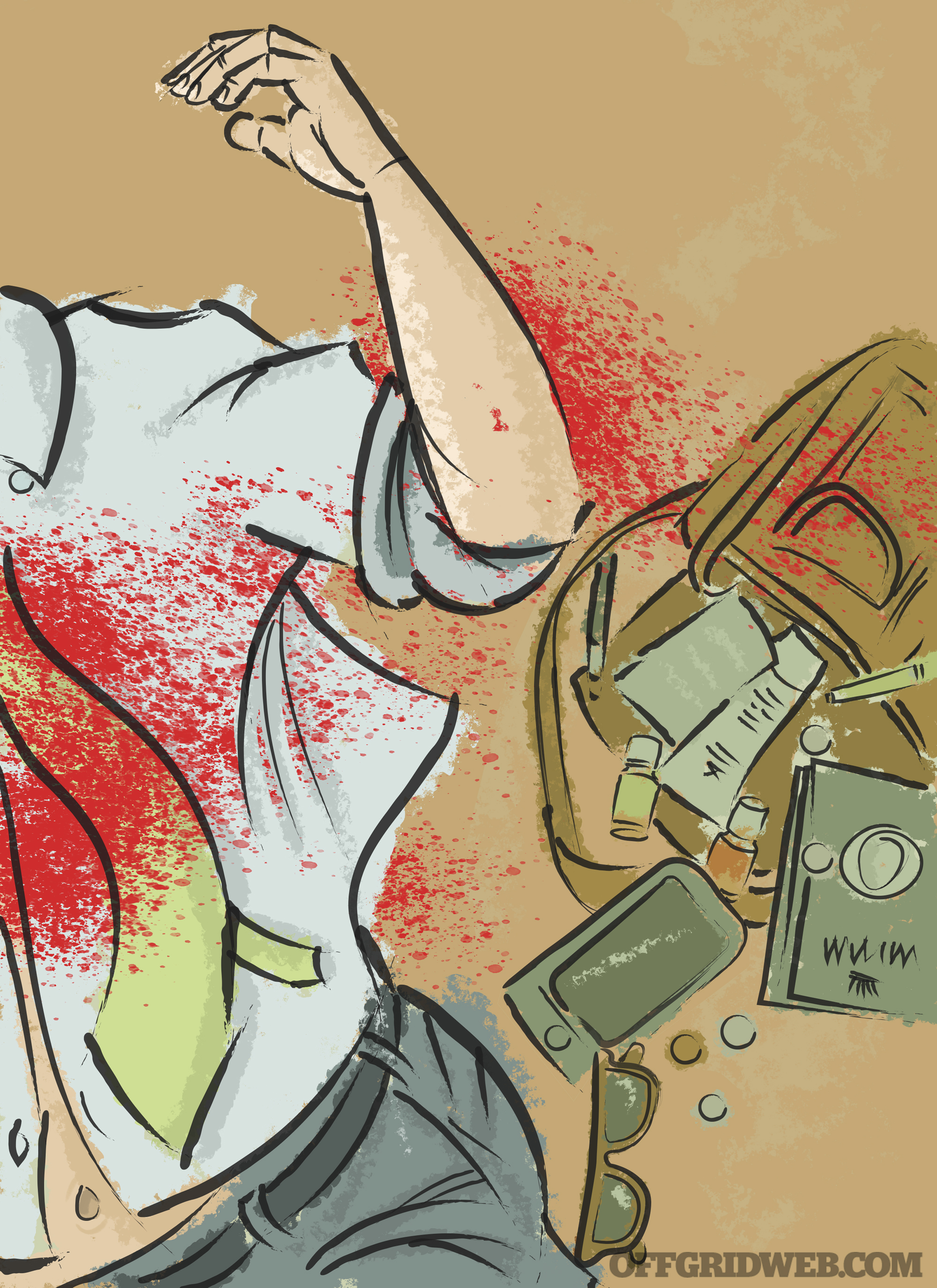
It should be with great humility that we admit the flaws of our age. Despite social media’s claim that the world is more connected than ever, we see people who have gone the opposite way. Some make national headlines by acting out against a world where they feel no connection, whether due to mental illness or other factors. And terrorist groups continue to add to their ranks, spreading their twisted ideologies and recruiting foot soldiers to carry out their evil deeds.
Mindset, preparedness, and situational awareness have always been important, but they’re especially so these days. The police can’t be everywhere at once, and the FBI can’t read minds. No one knows exactly when or where the bad guys will strike. But there’s one thing that we do know. At the end of the day, it’s up to us to be invested in our own self-defense and family security. It’s up to us to learn what to do, how to do it, and when to act.
Meet Our Panel
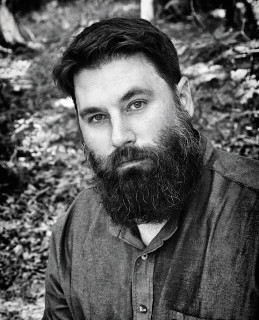 Tim MacWelch
Tim MacWelch
Tim MacWelch has been a survival instructor for more than 20 years, training people from all walks of life, including members from all branches of the U.S. Armed Forces, the State Department, DOD, and DOJ personnel. He’s a frequent public speaker for preparedness groups and events. He’s also the author of three New York Times-bestselling survival books, and the new Ultimate Bushcraft Survival Manual. When he’s not teaching survival or writing about it, MacWelch lives a self-reliant lifestyle with his family in Virginia. Check out his wide range of hands-on training courses that are open to the public at www.advancedsurvivaltraining.com.
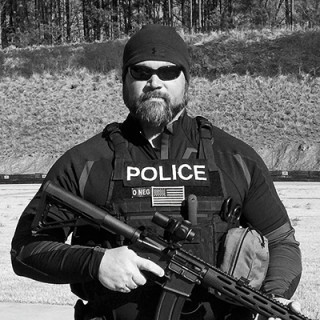 Erik Lund
Erik Lund
Erik Lund has more than 20 years of law enforcement experience - with much of that time spent as an instructor of frearms, defensive tactics, and use of force. He served as a Virginia State Trooper before accepting a position as a federal agent. Lund is also a senior instructor at Mike Seeklander’s Shooting-Performance LLC, a tactical training company. As a champion competitive shooter, he’s earned several regional, state, and national three-gun titles and is ranked as a grandmaster by the United States Practical Shooting Association.
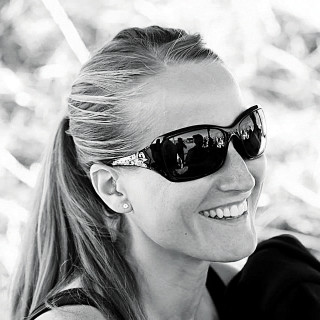 Candice Horner
Candice Horner
Candice Horner has the heart of a prepper, but the traveling schedule of a gypsy. Ever resourceful, this U.S. Marine Corps veteran and emergency room/prison nurse has a honed and refined skillset, focusing on adaptability and utilizing the tools on-hand. As a competitive shooter, Horner is often on the road, so she’s usually rolling with a go-bag, a survivalist mentality, and enough firepower to have your back in a SHTF scenario. www.recoilweb.com / www.candi323.com
More From Issue 18
Don’t miss essential survival insights—sign up for Recoil Offgrid’s free newsletter today!
Read articles from the next issue of Recoil Offgrid: Issue 19
Read articles from the previous issue of Recoil Offgrid: Issue 17
Check out our other publications on the web: Recoil | Gun Digest | Blade | RecoilTV | RECOILtv (YouTube)
Editor’s Note: This article has been modified from its original version for the web.

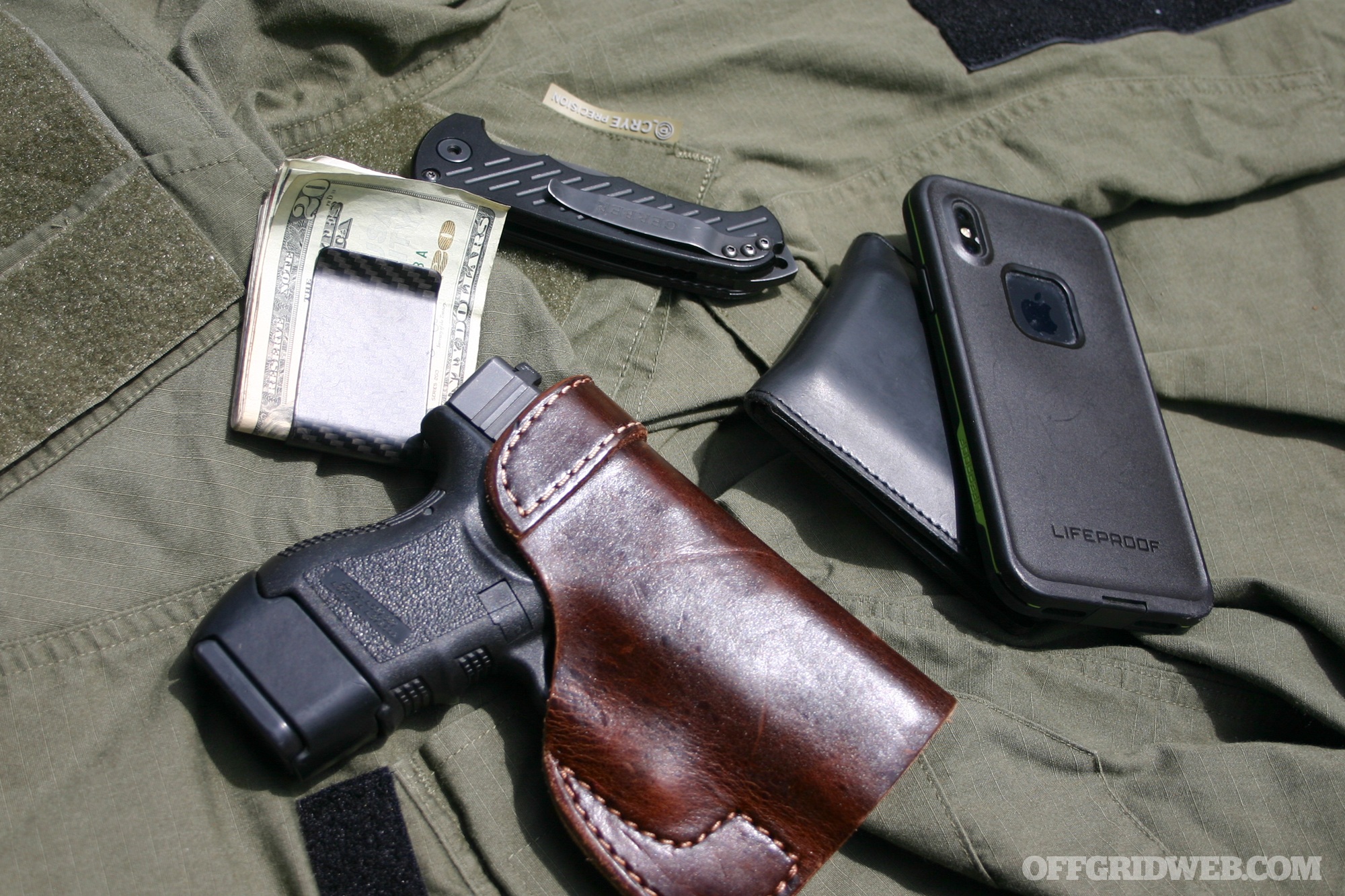
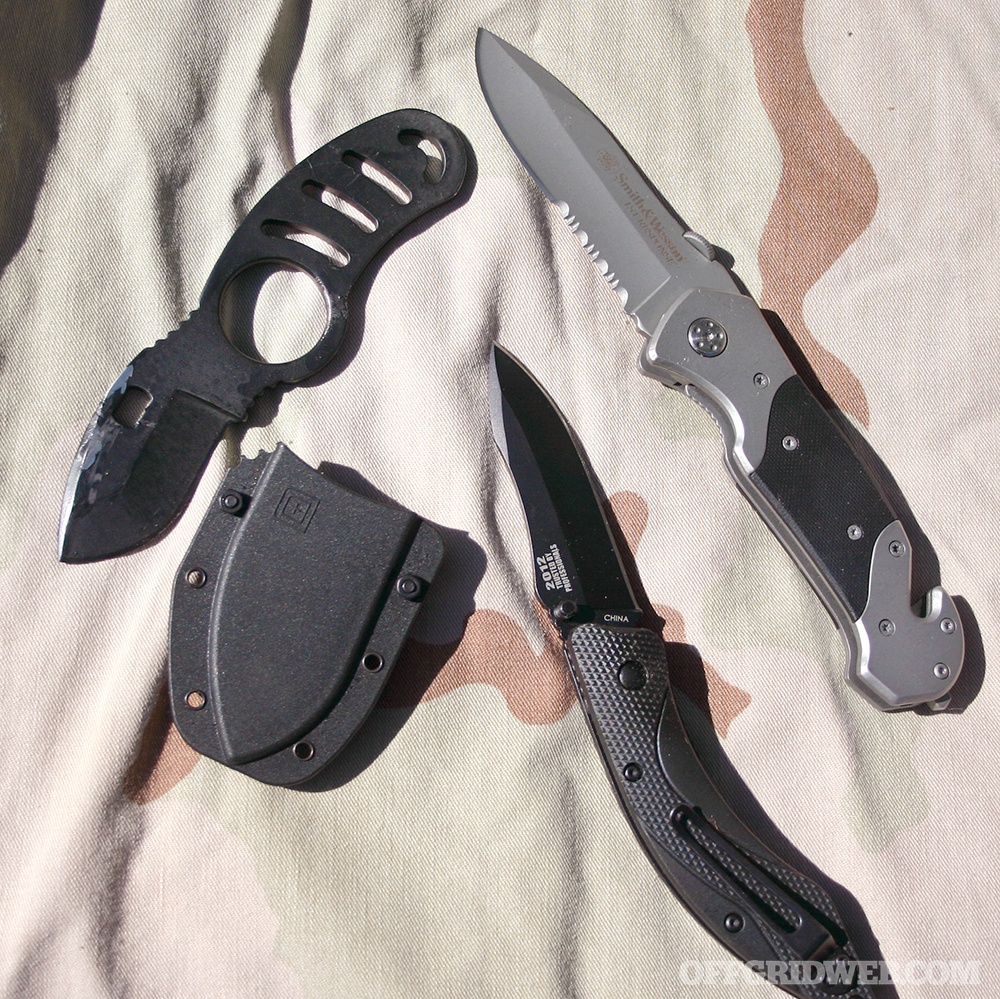
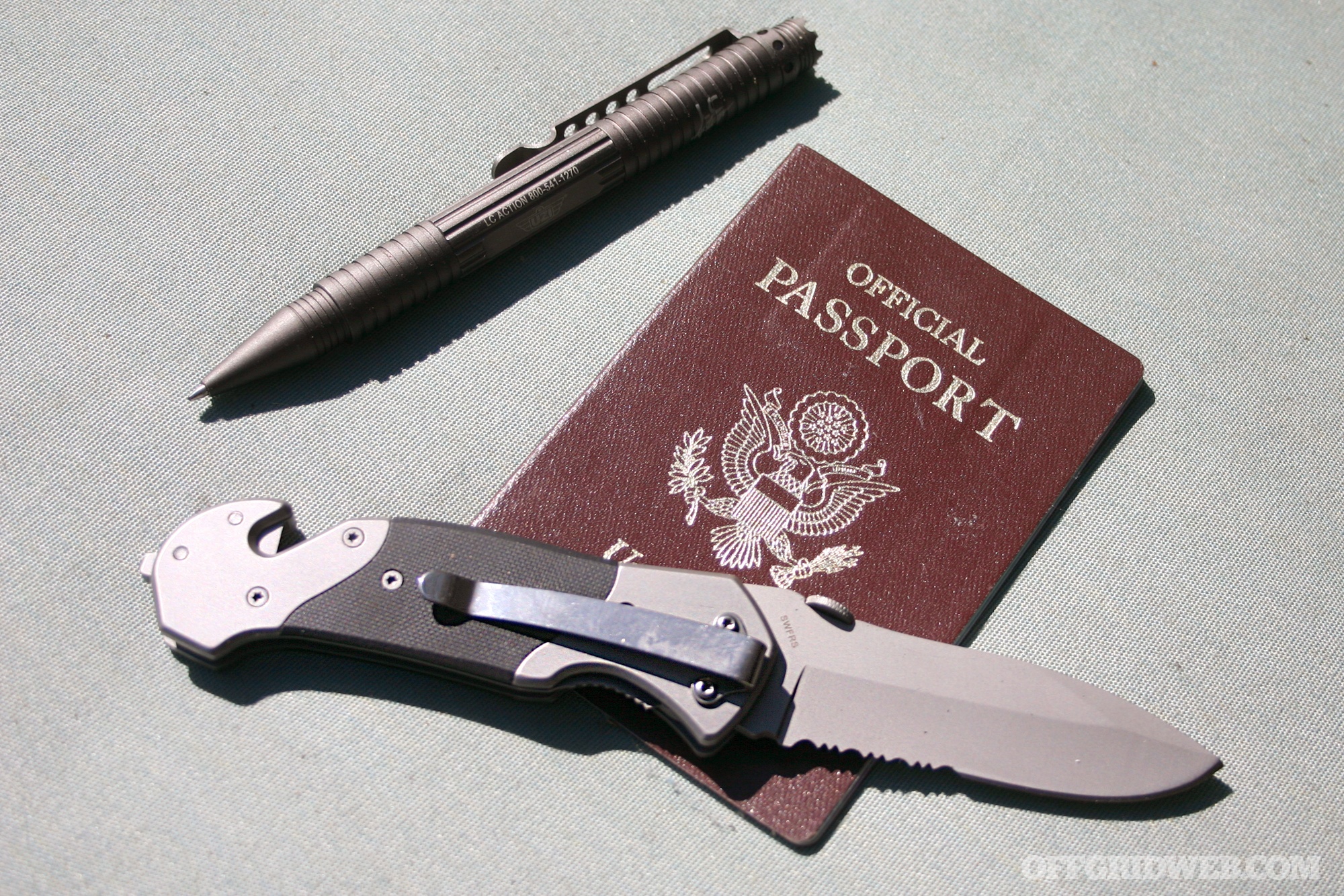
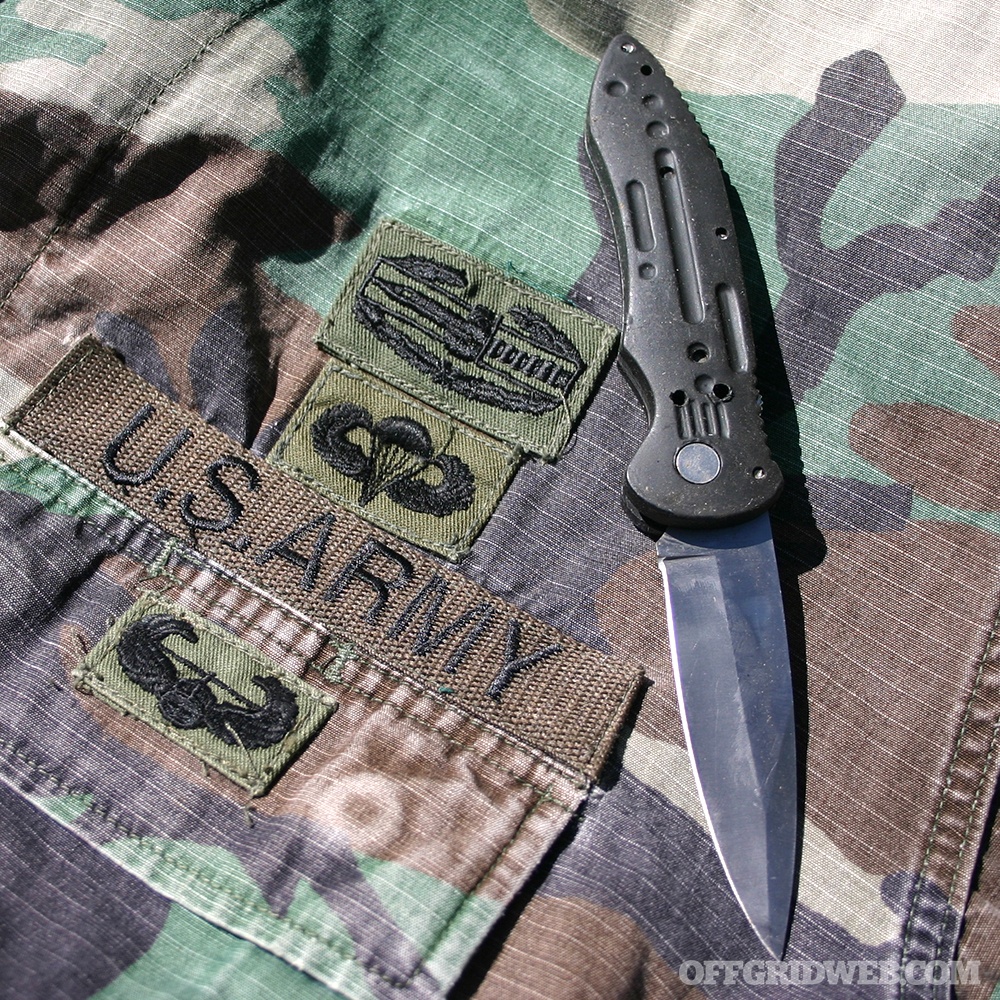
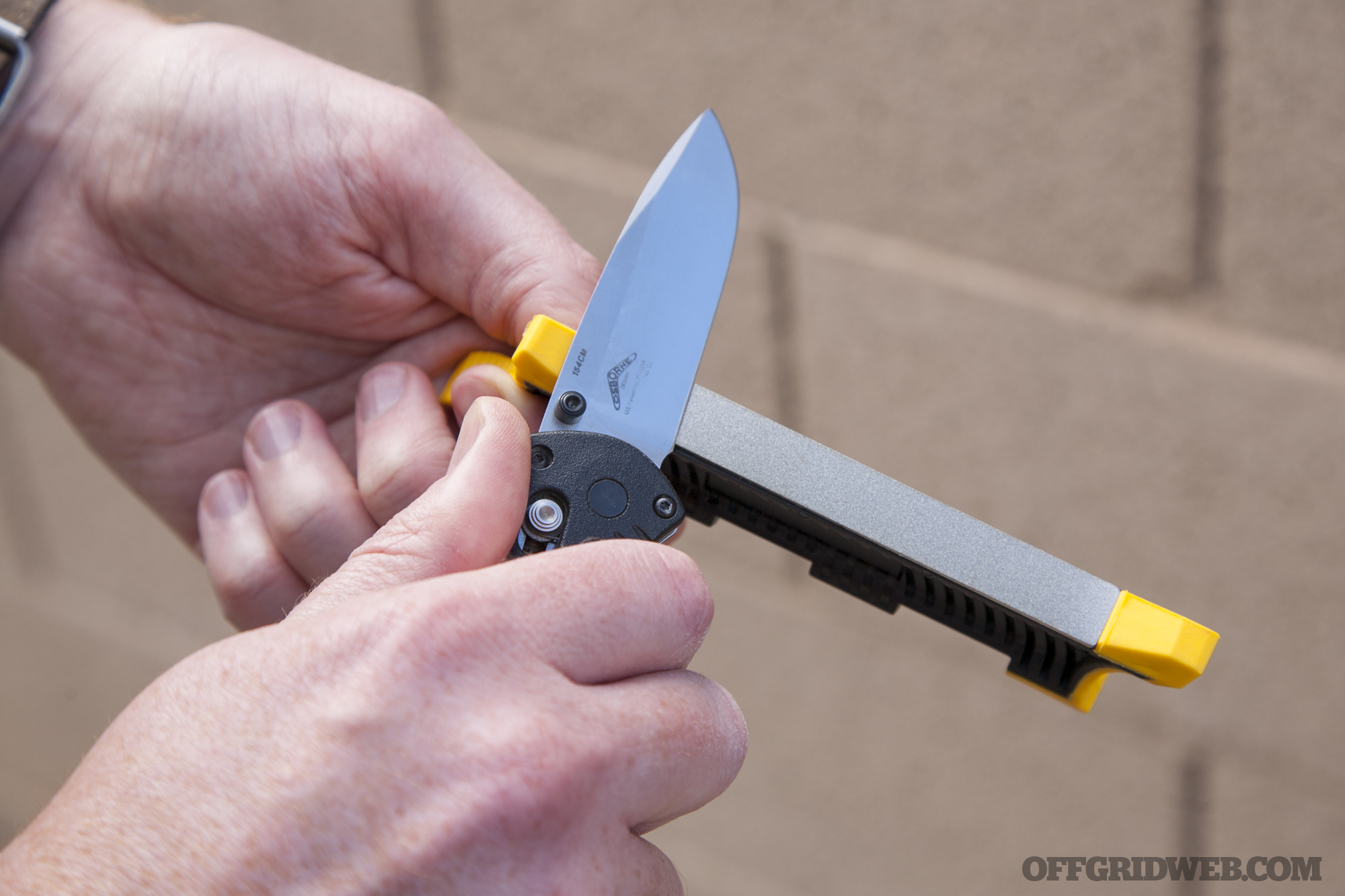
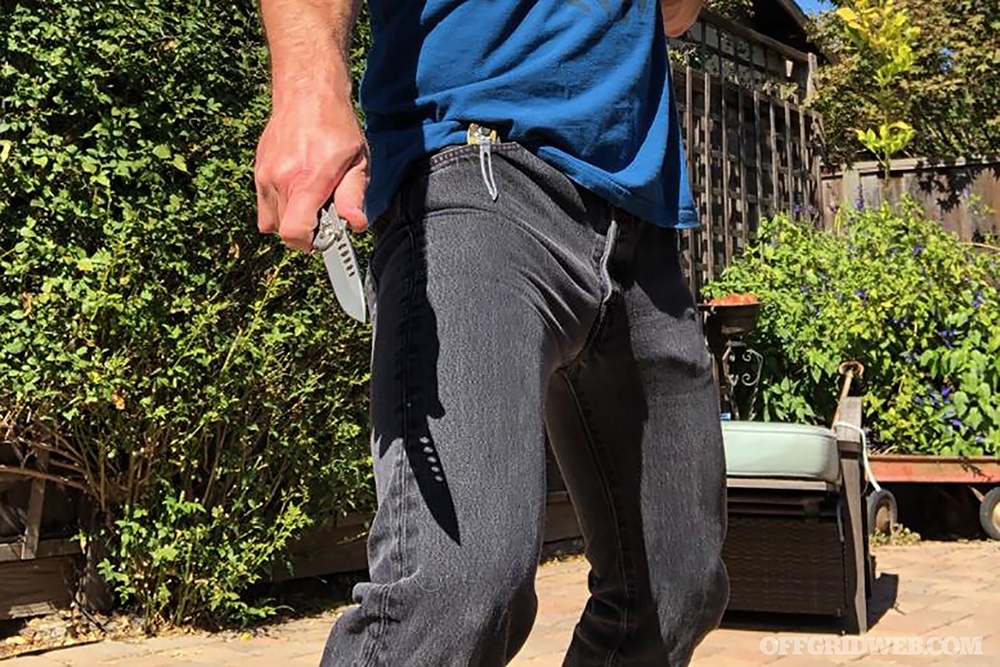
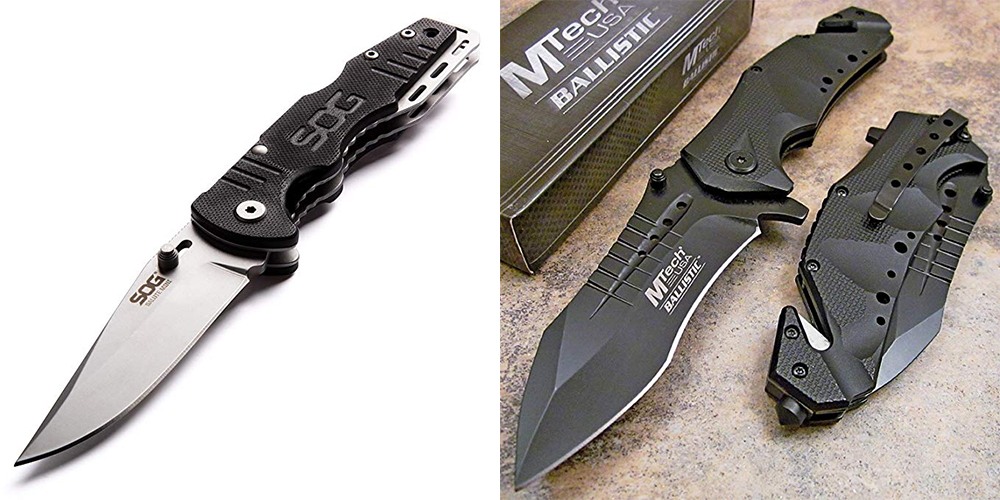
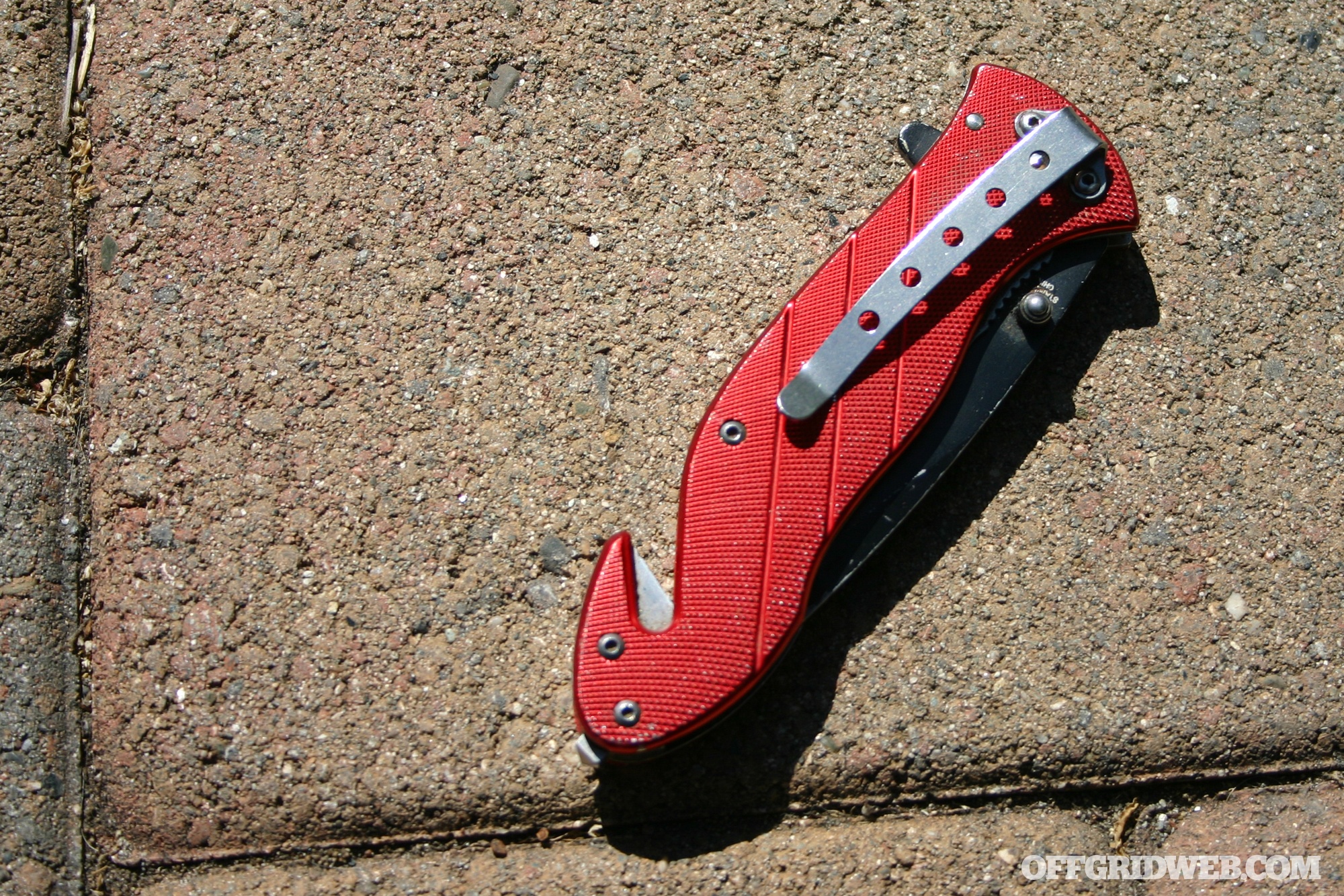
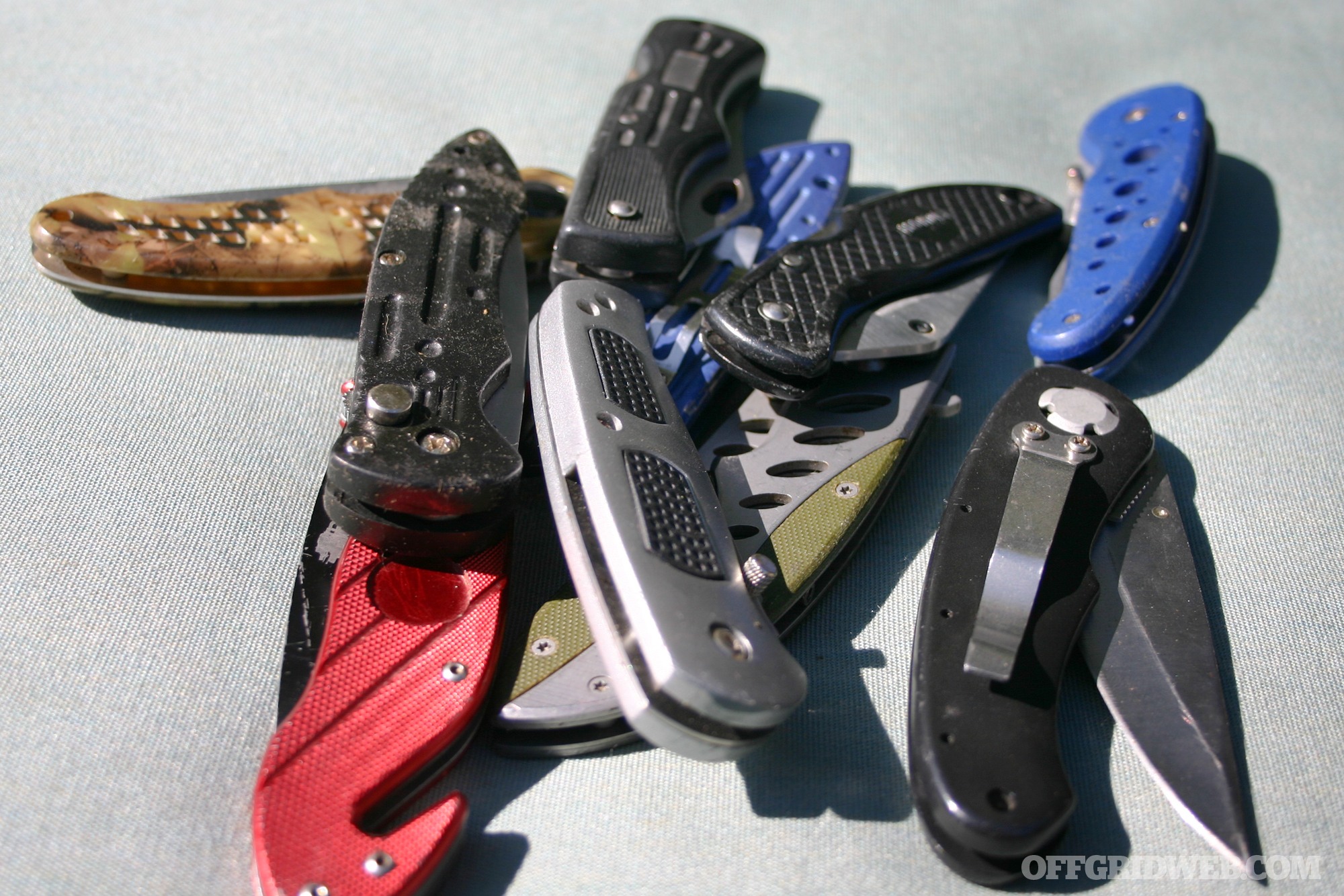
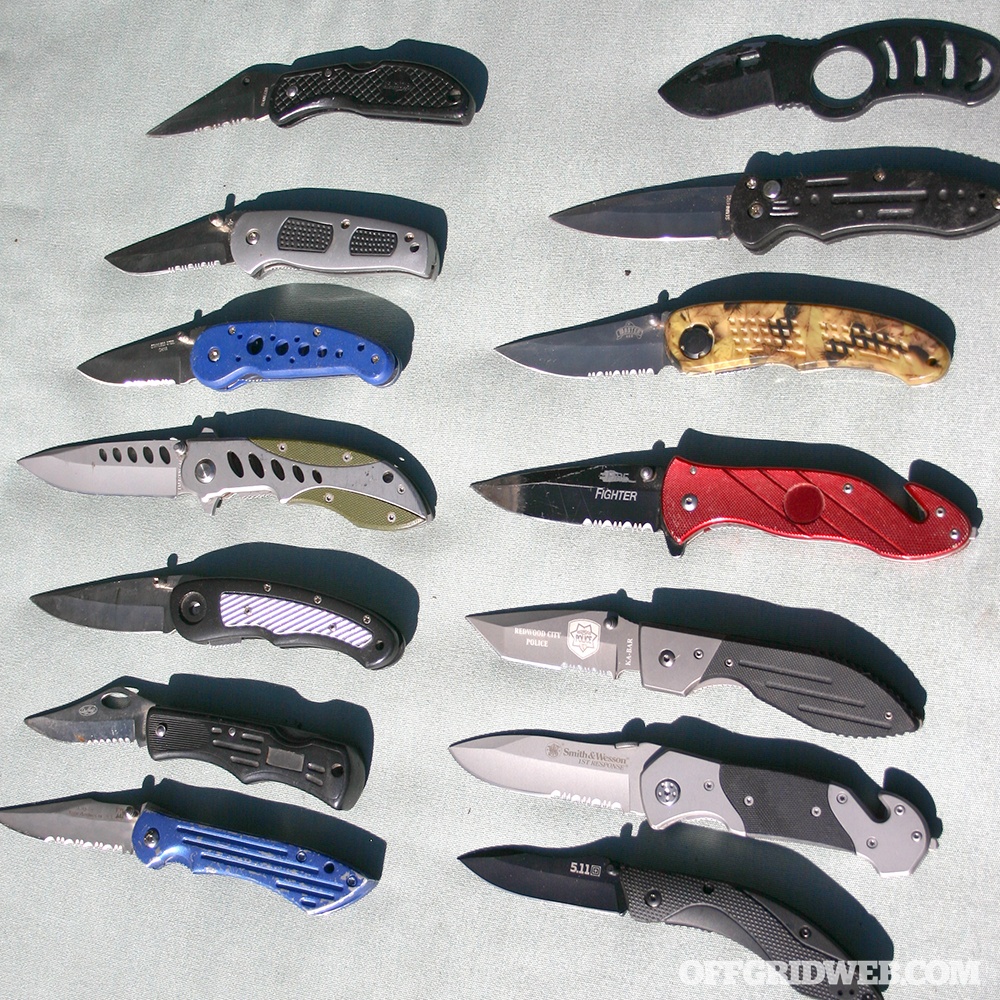
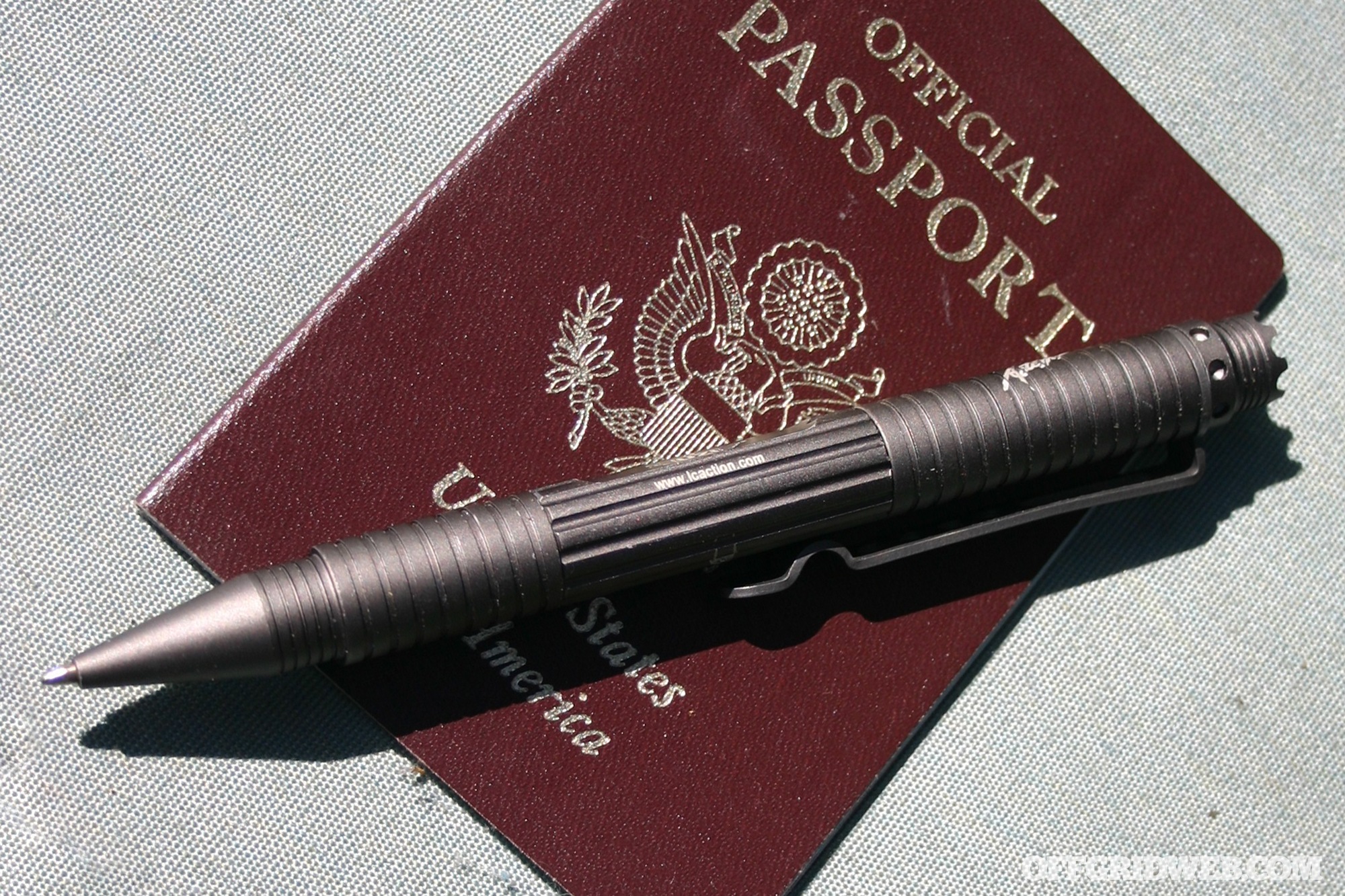

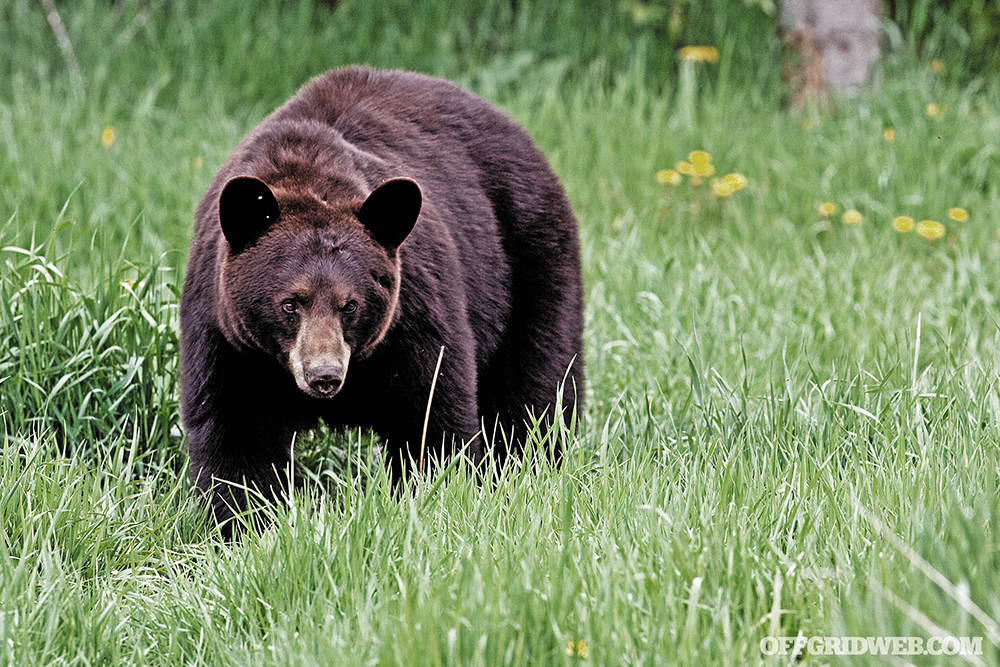

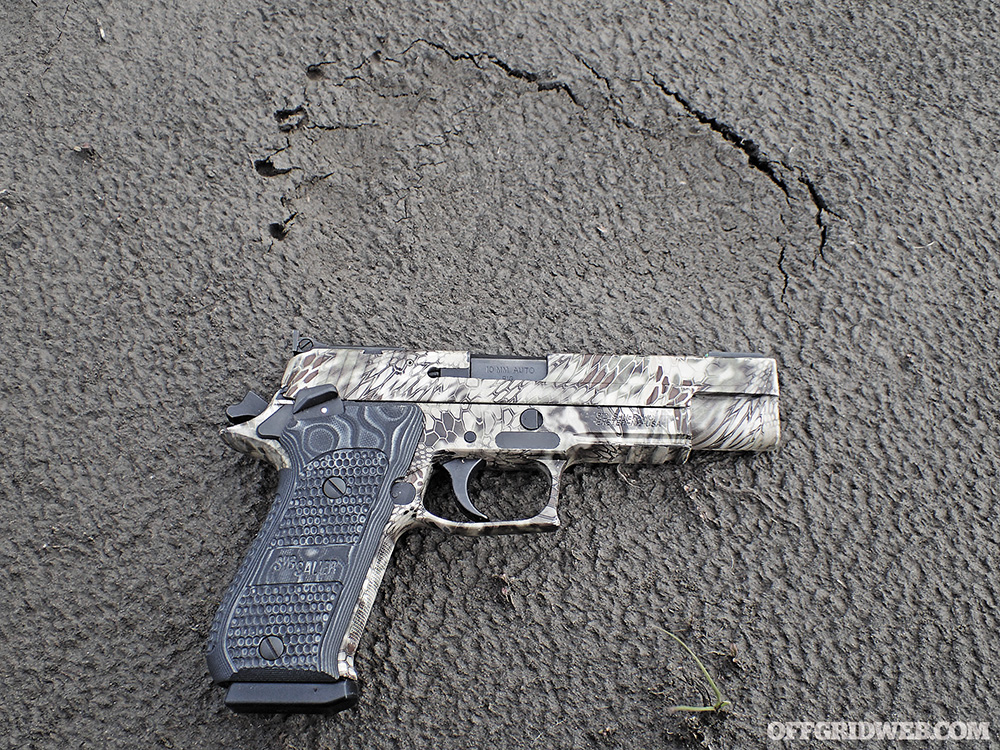
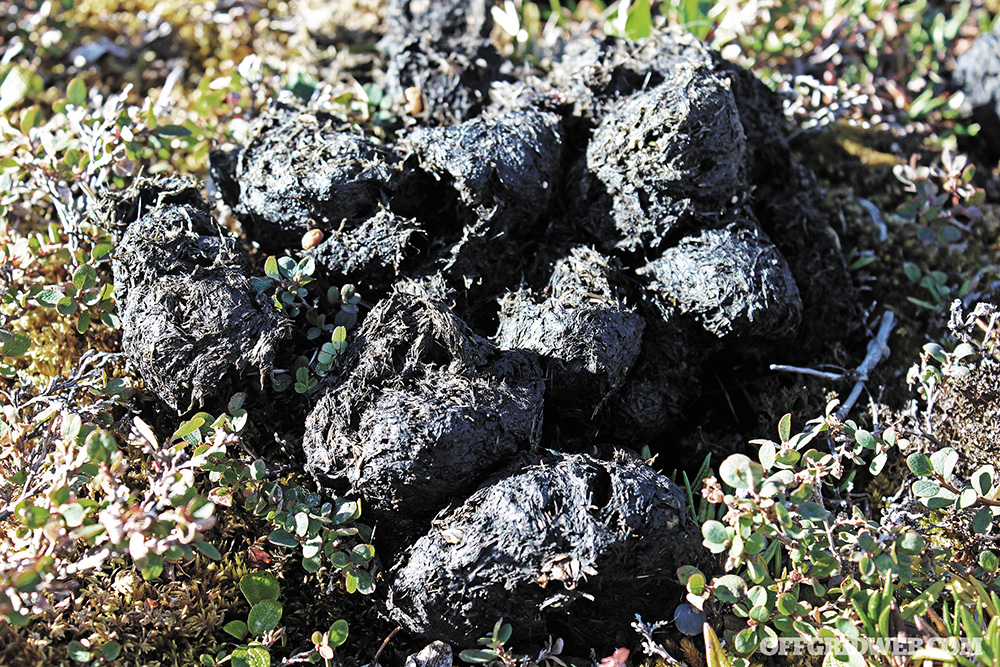

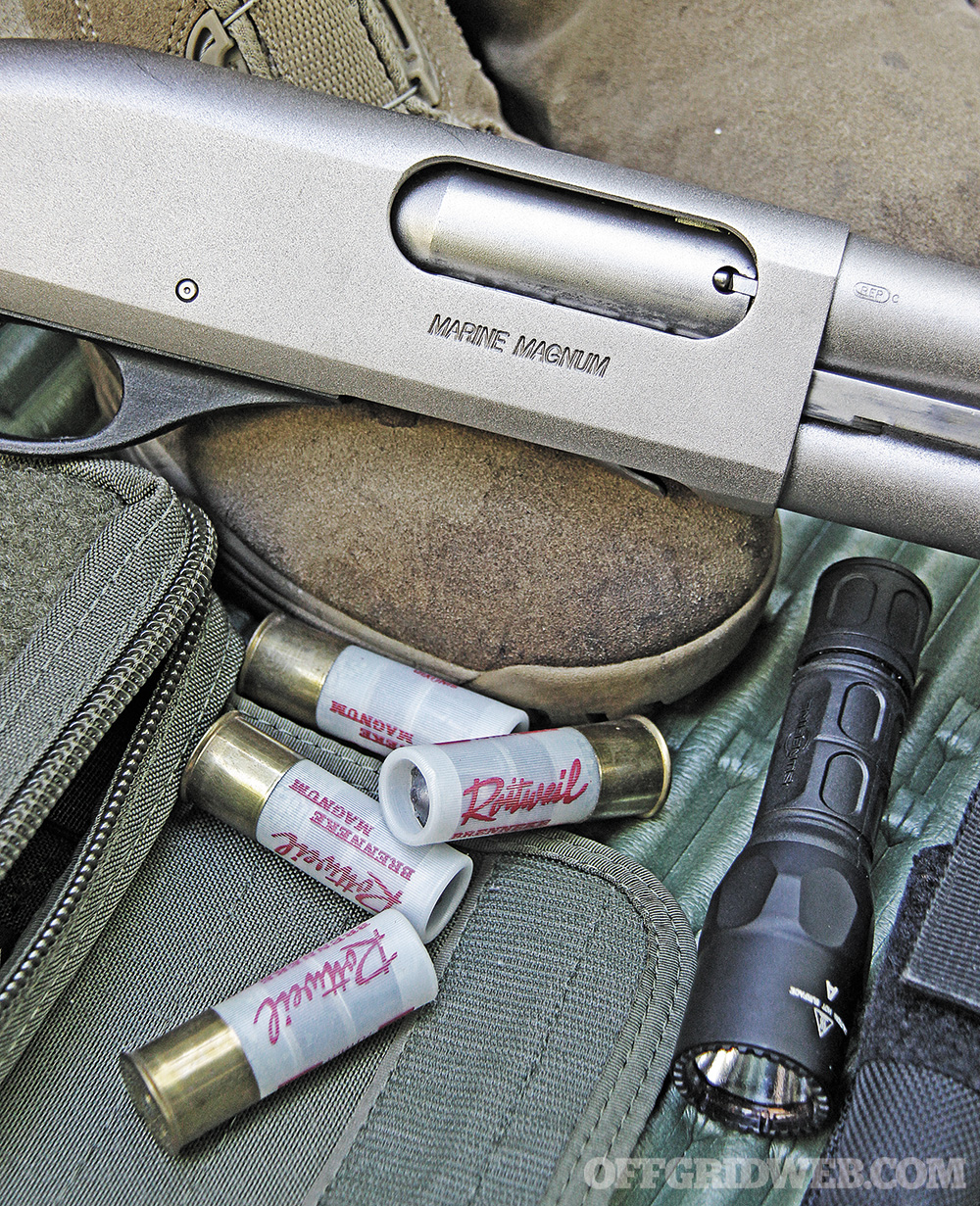
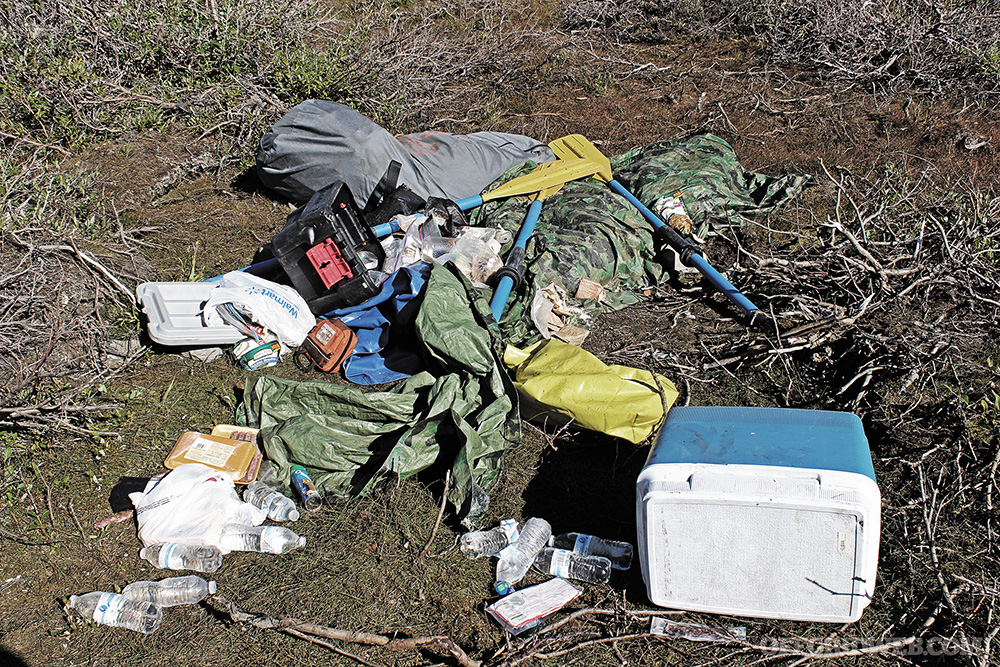
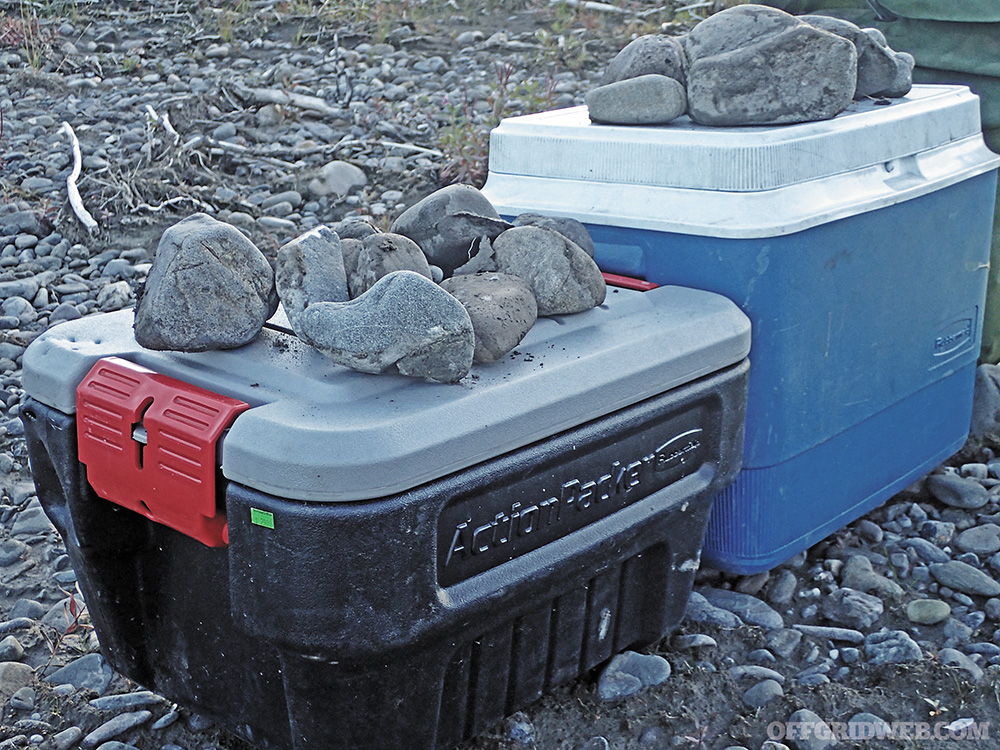
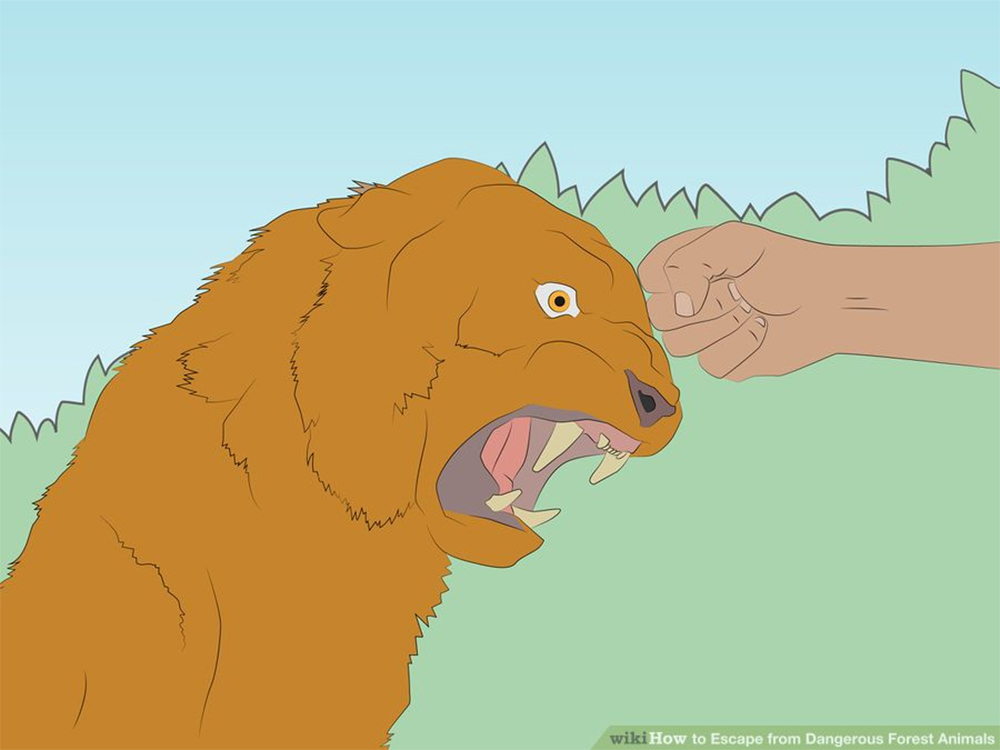
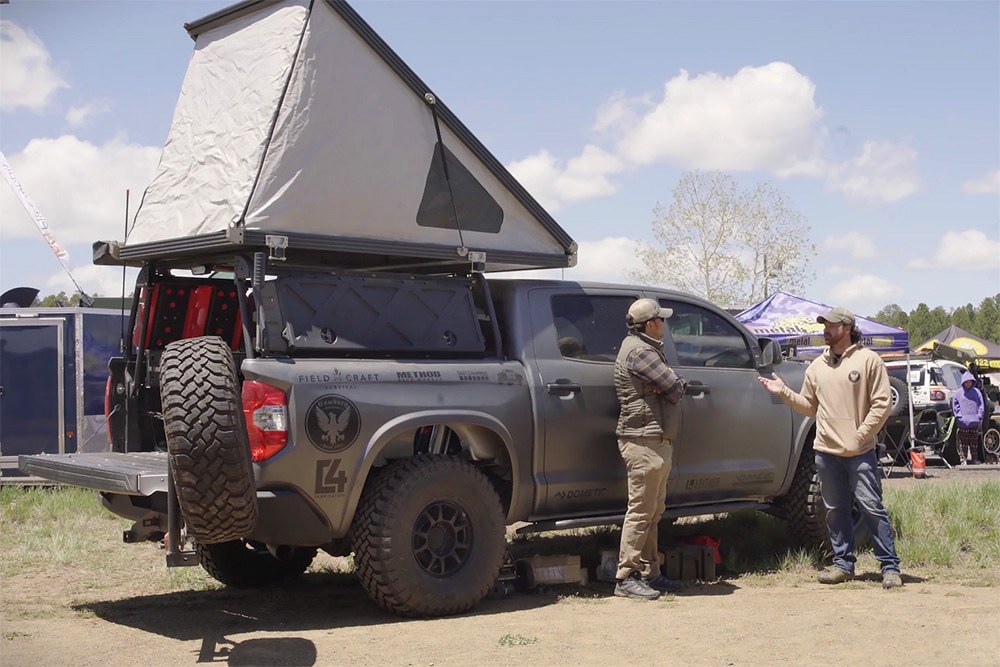

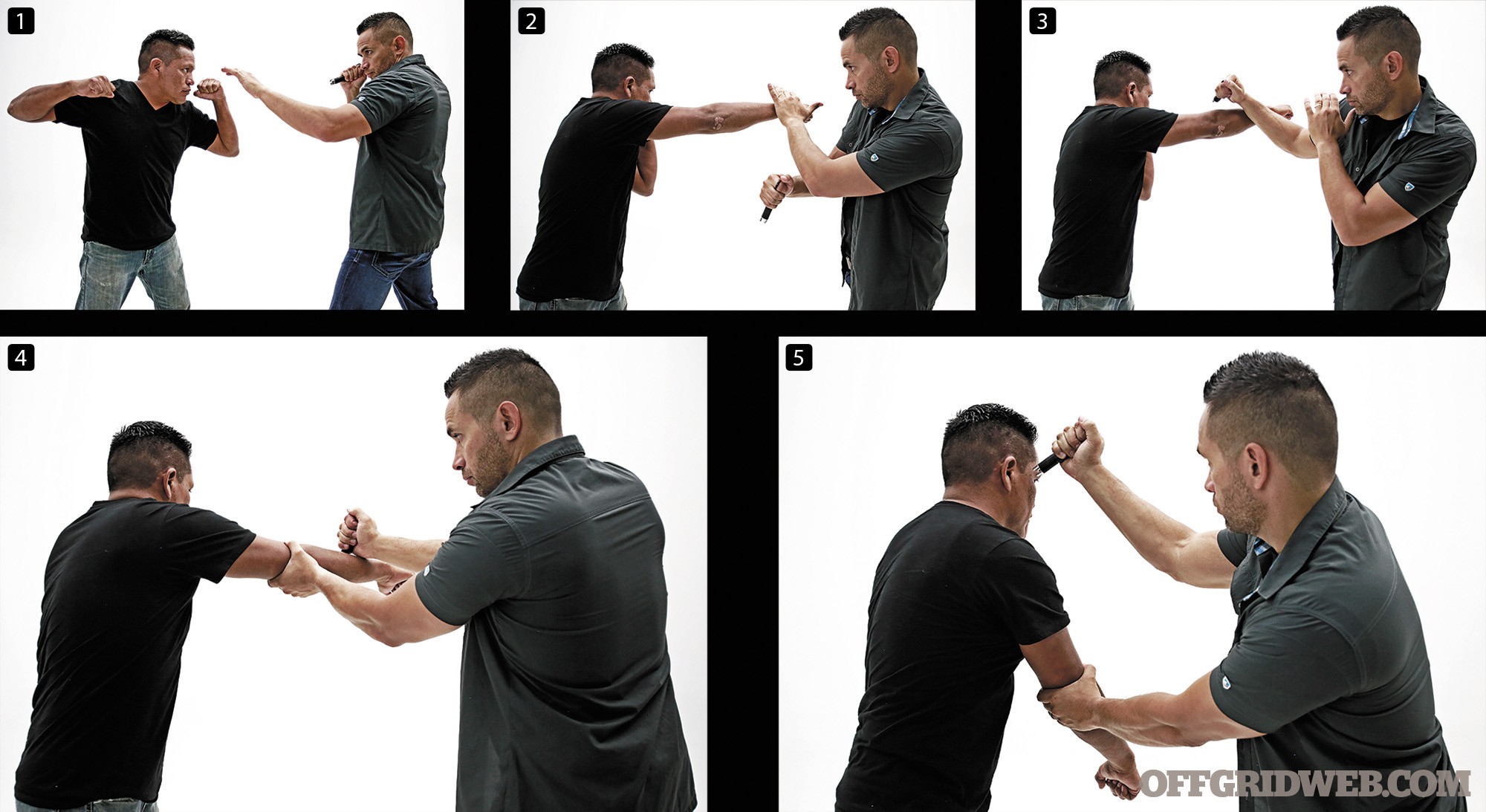
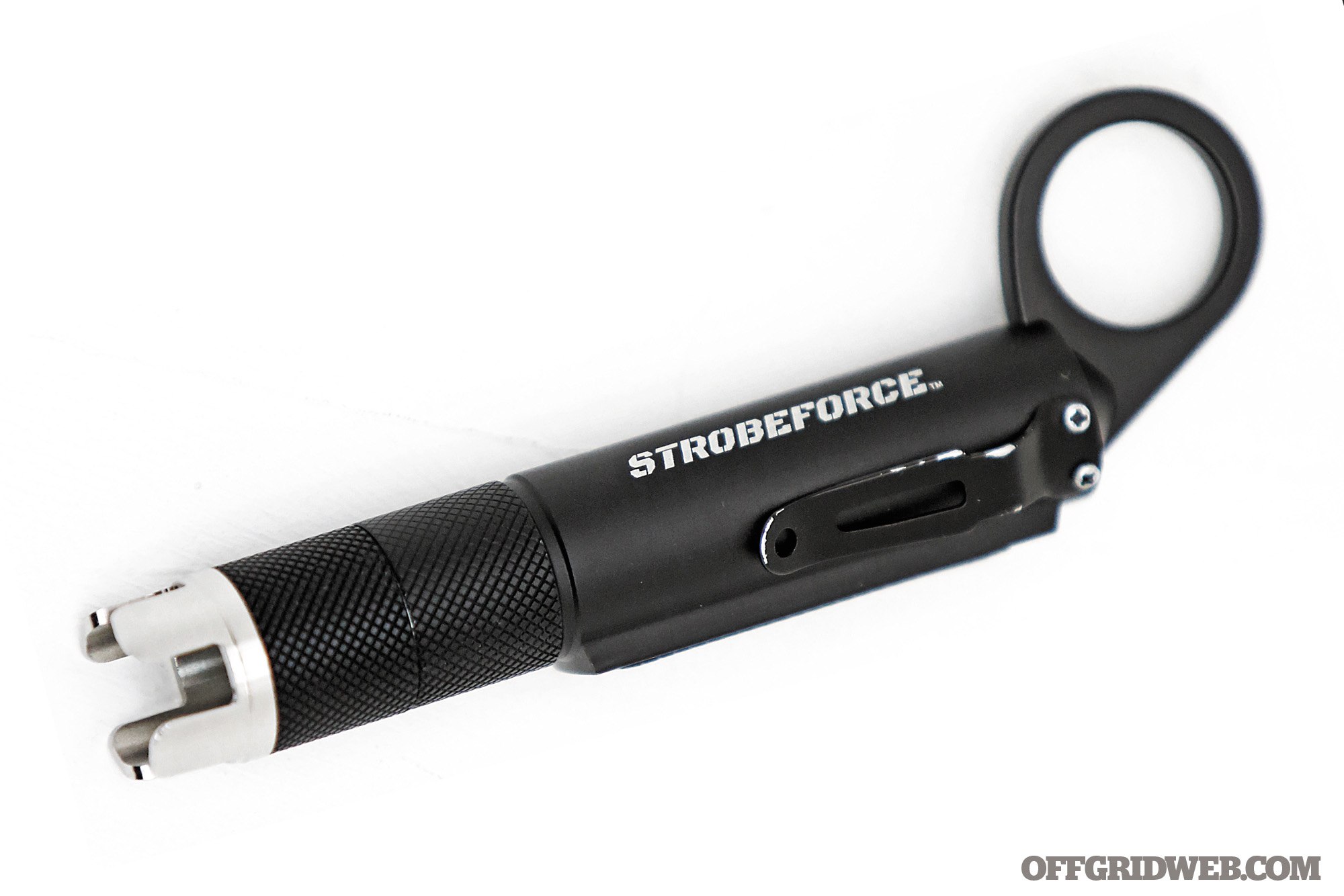
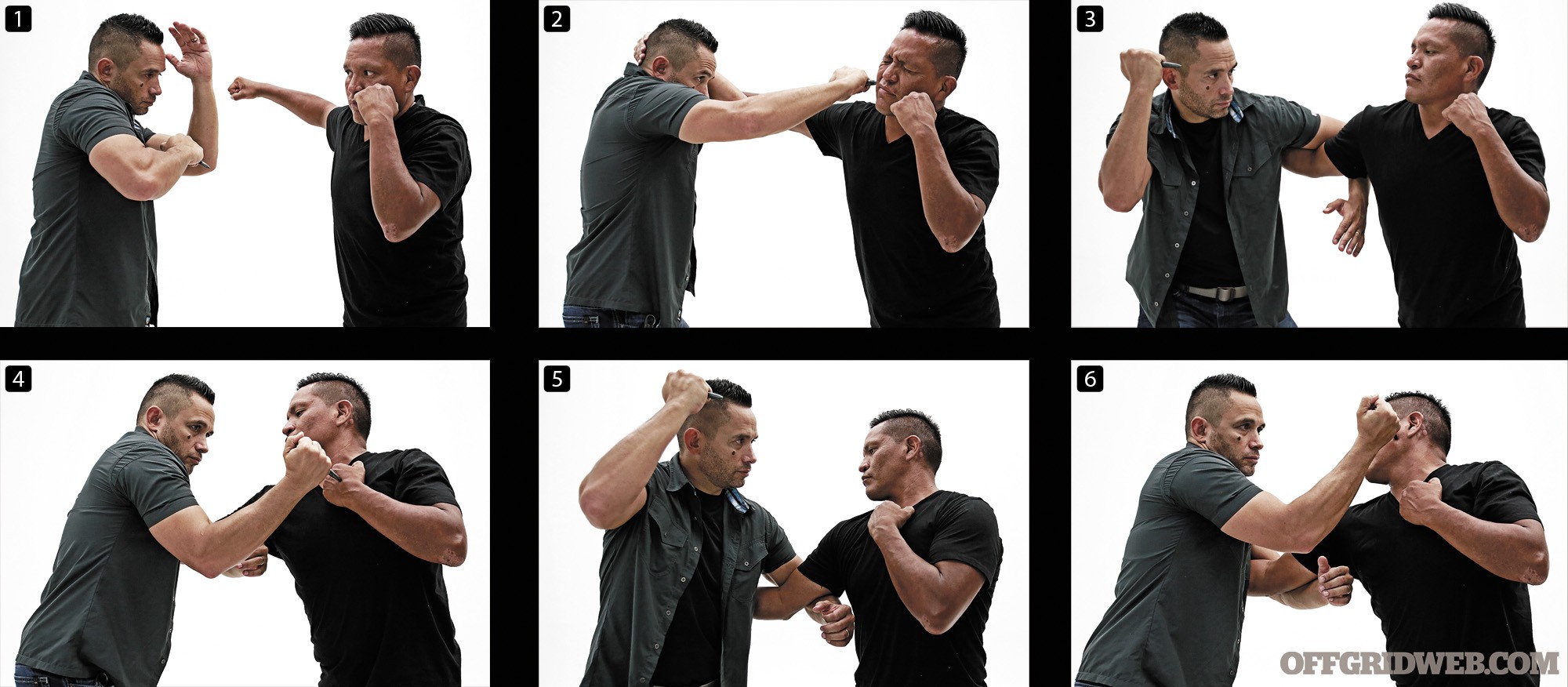
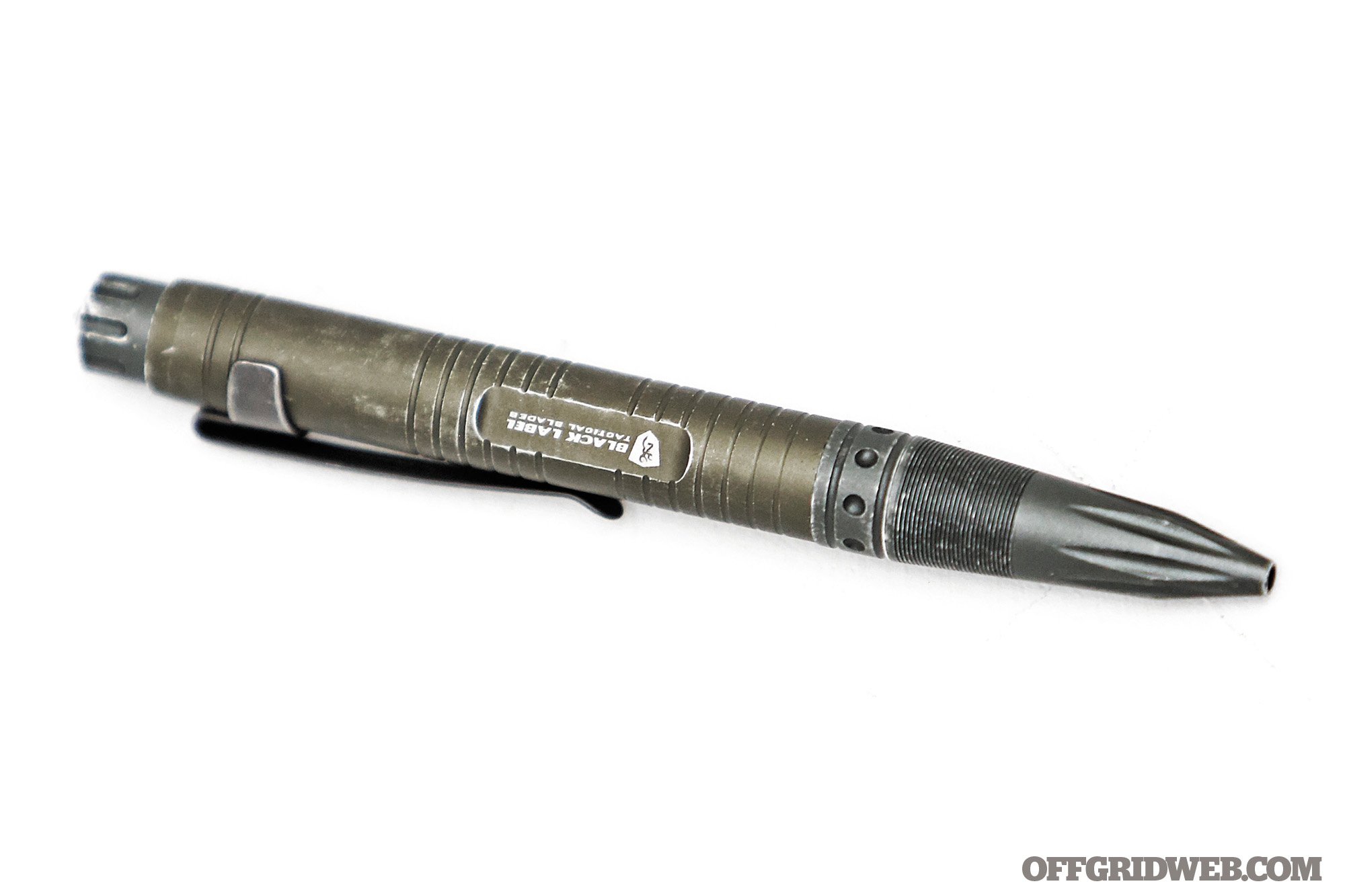
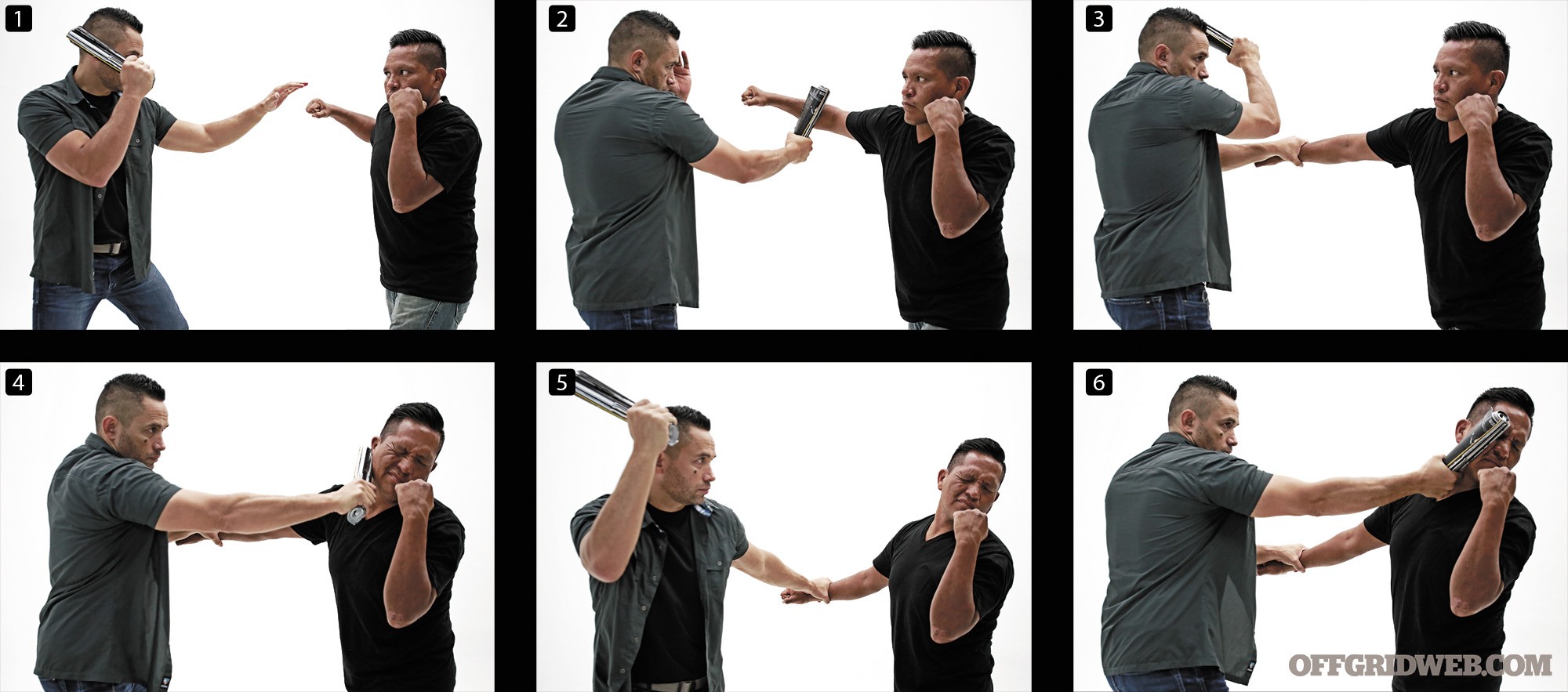

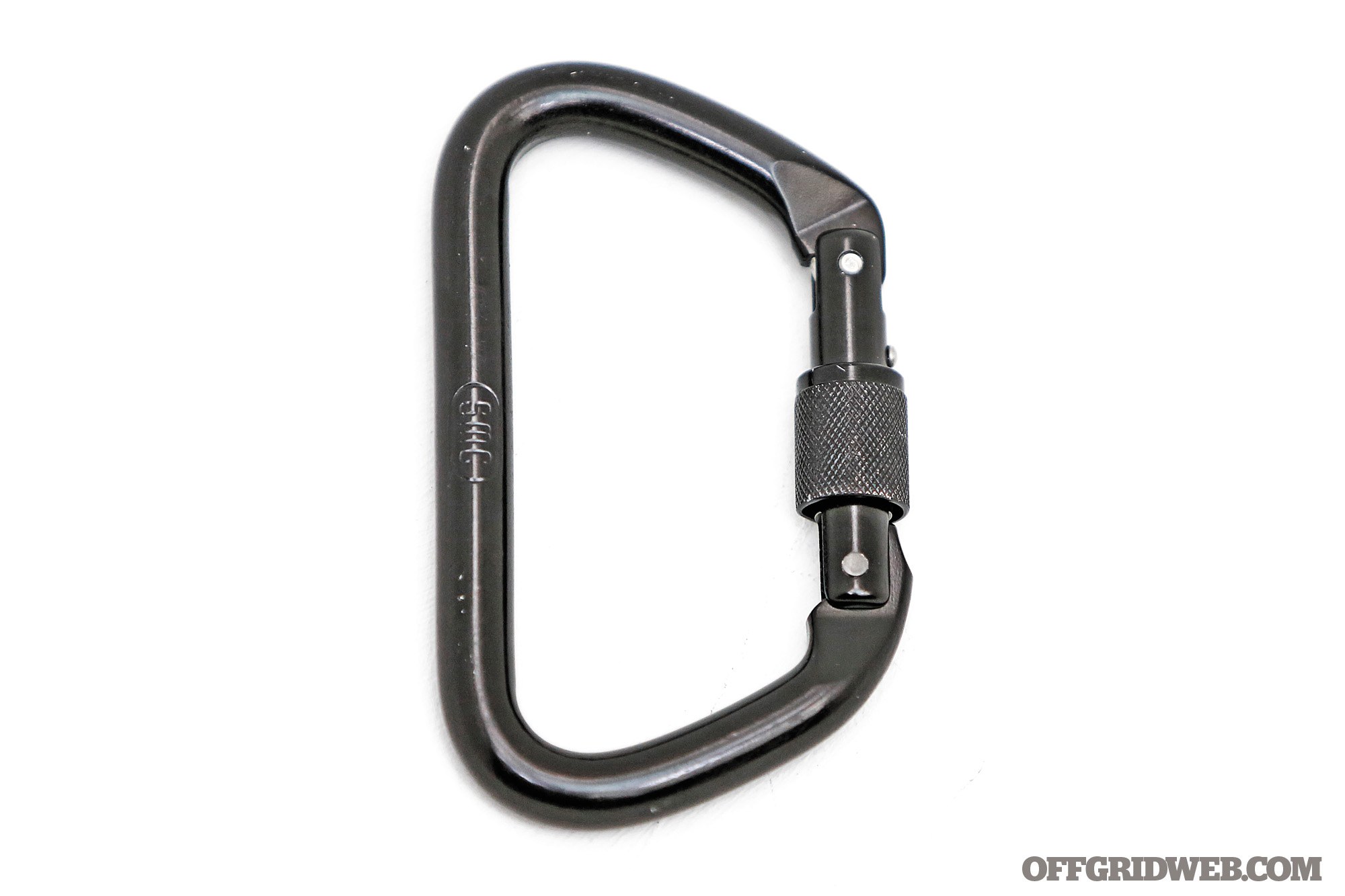
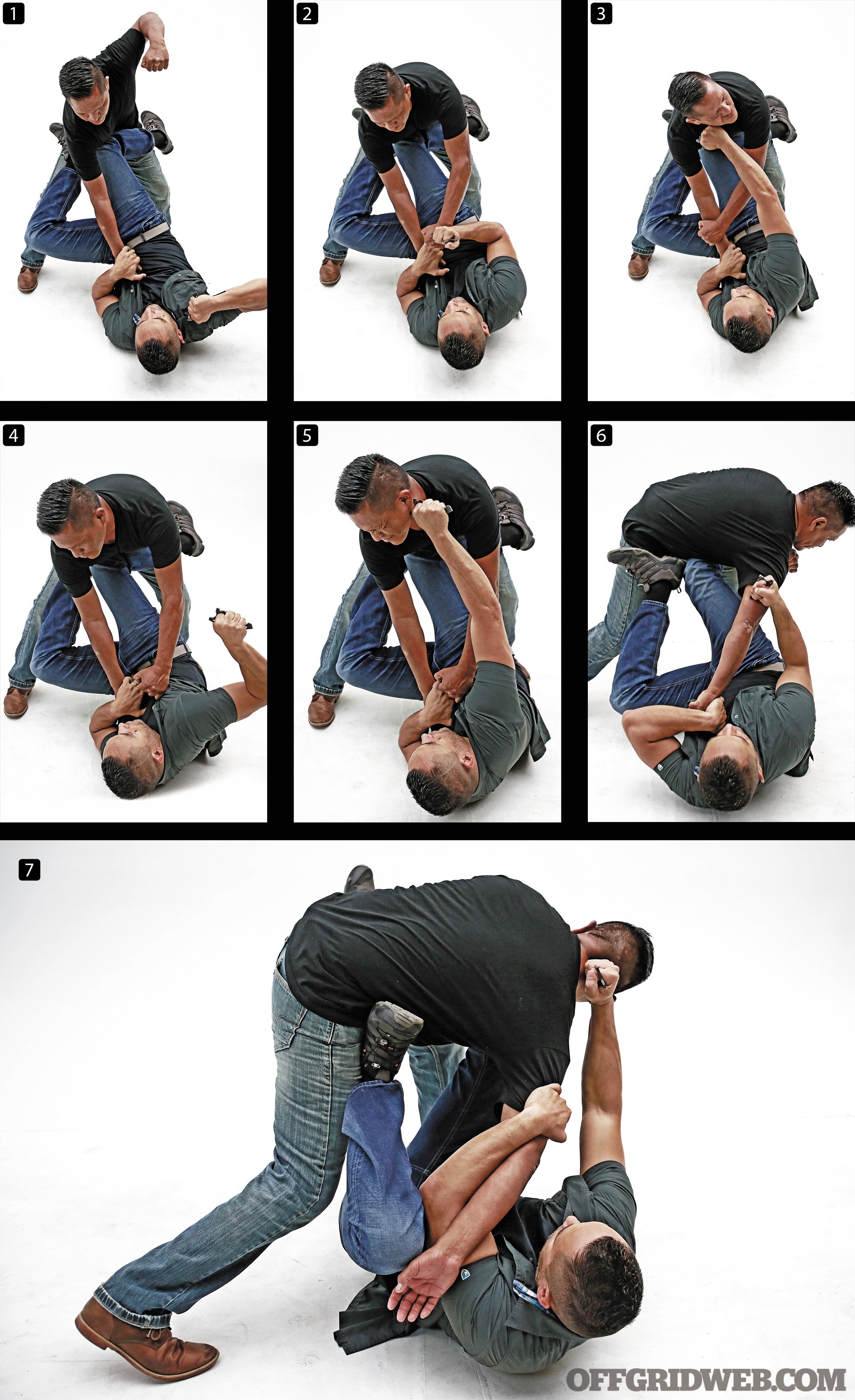
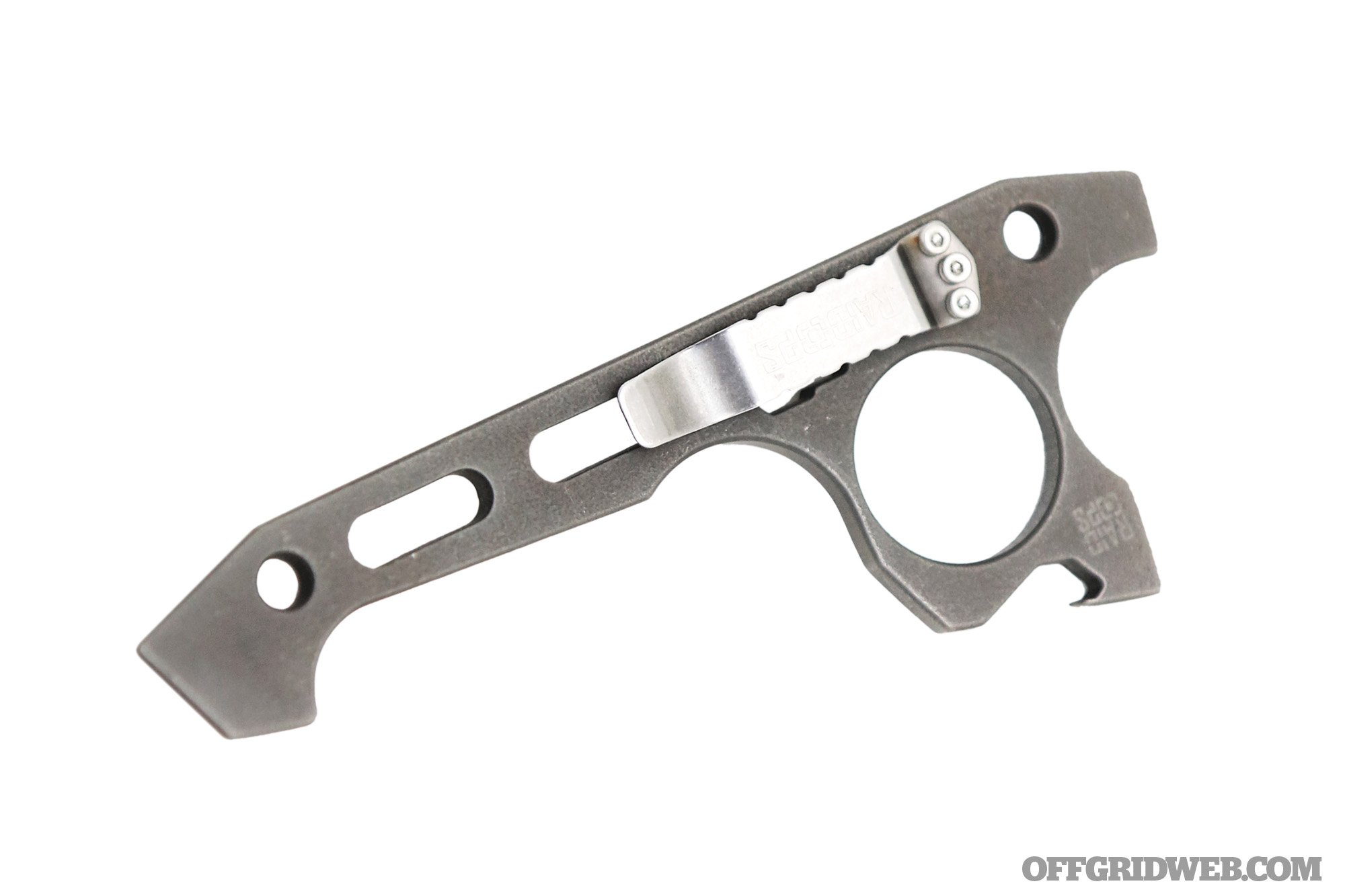
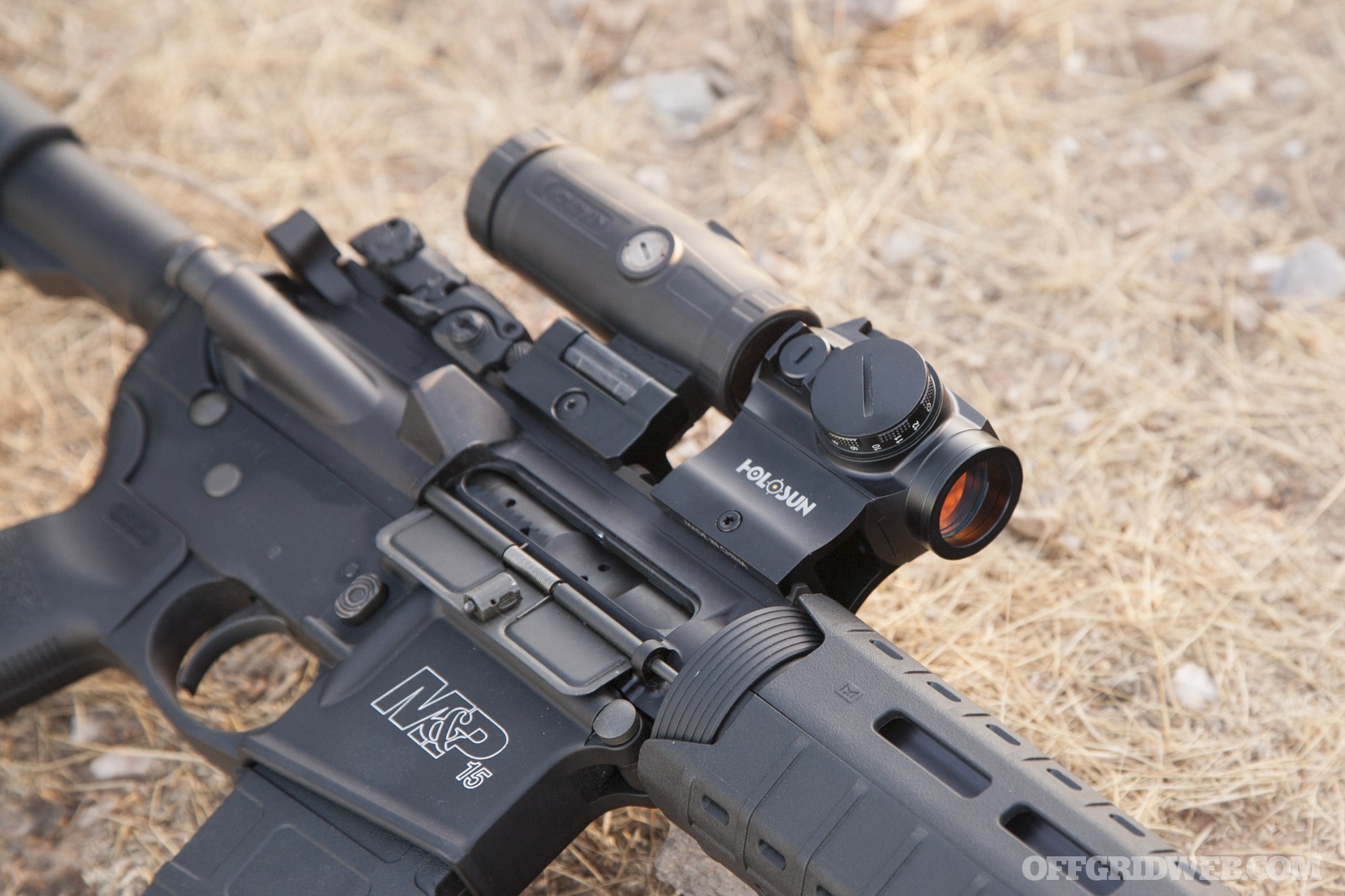
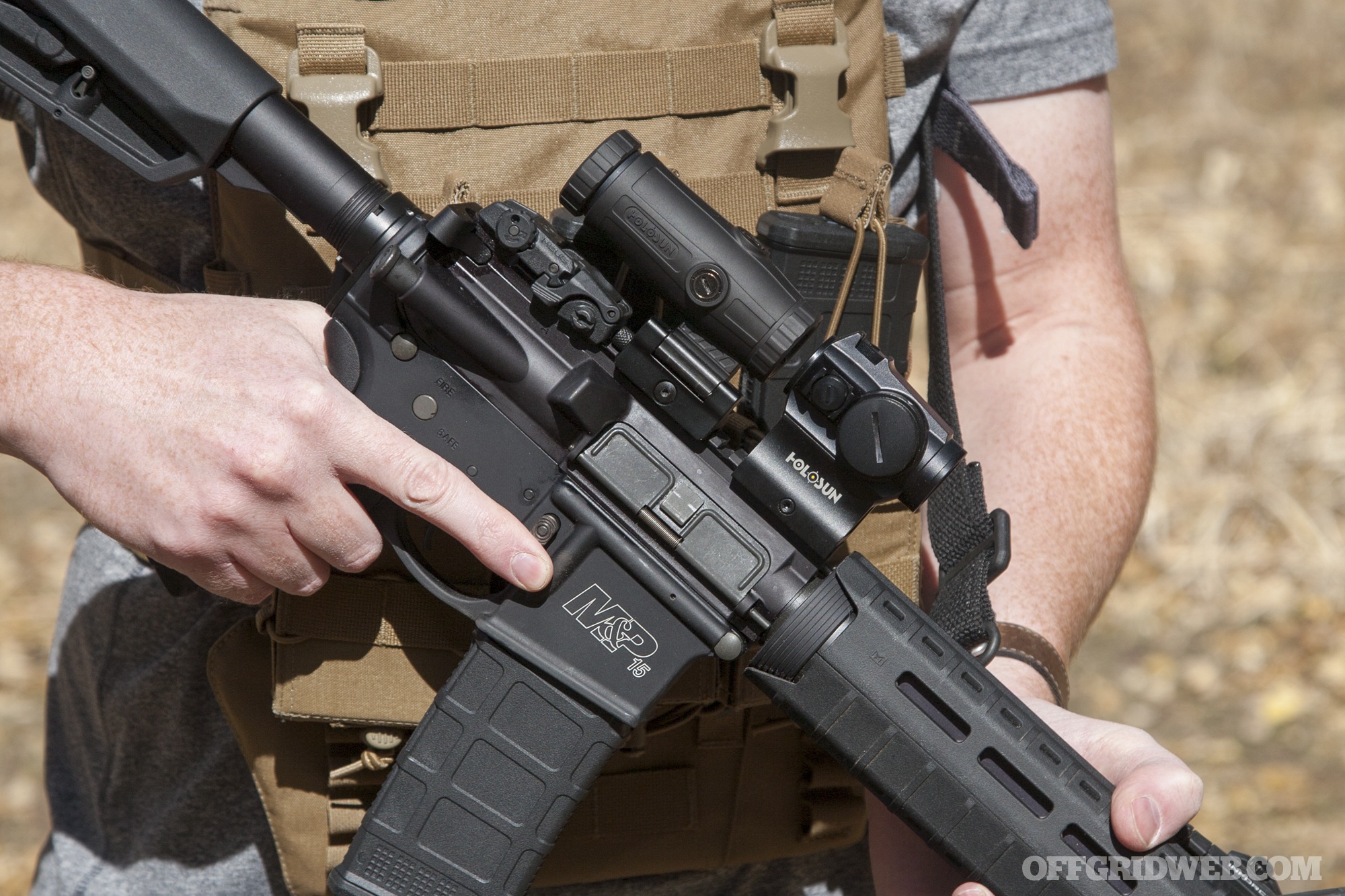
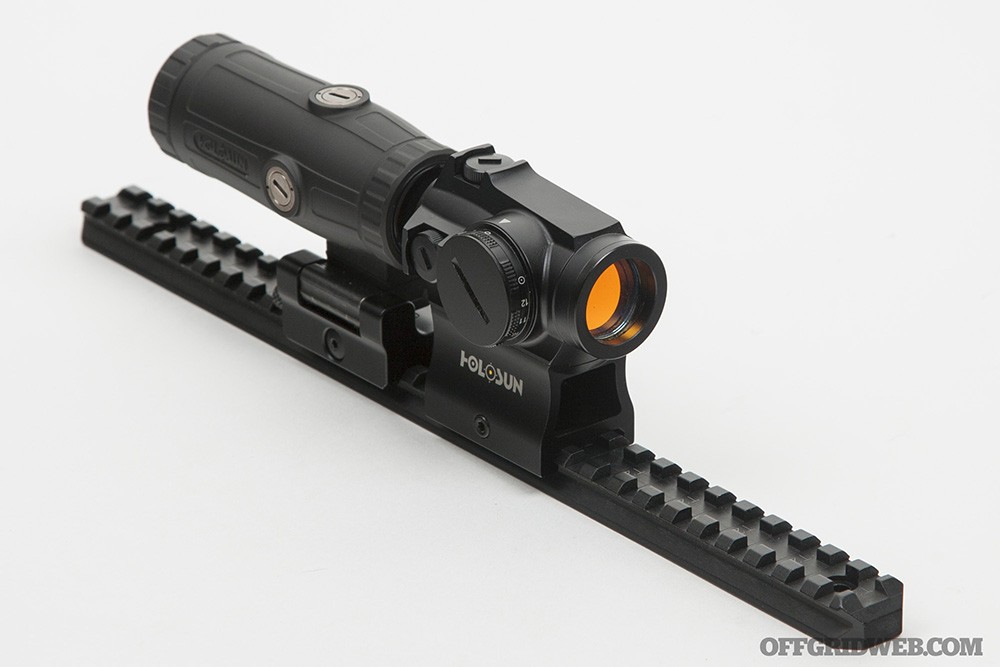
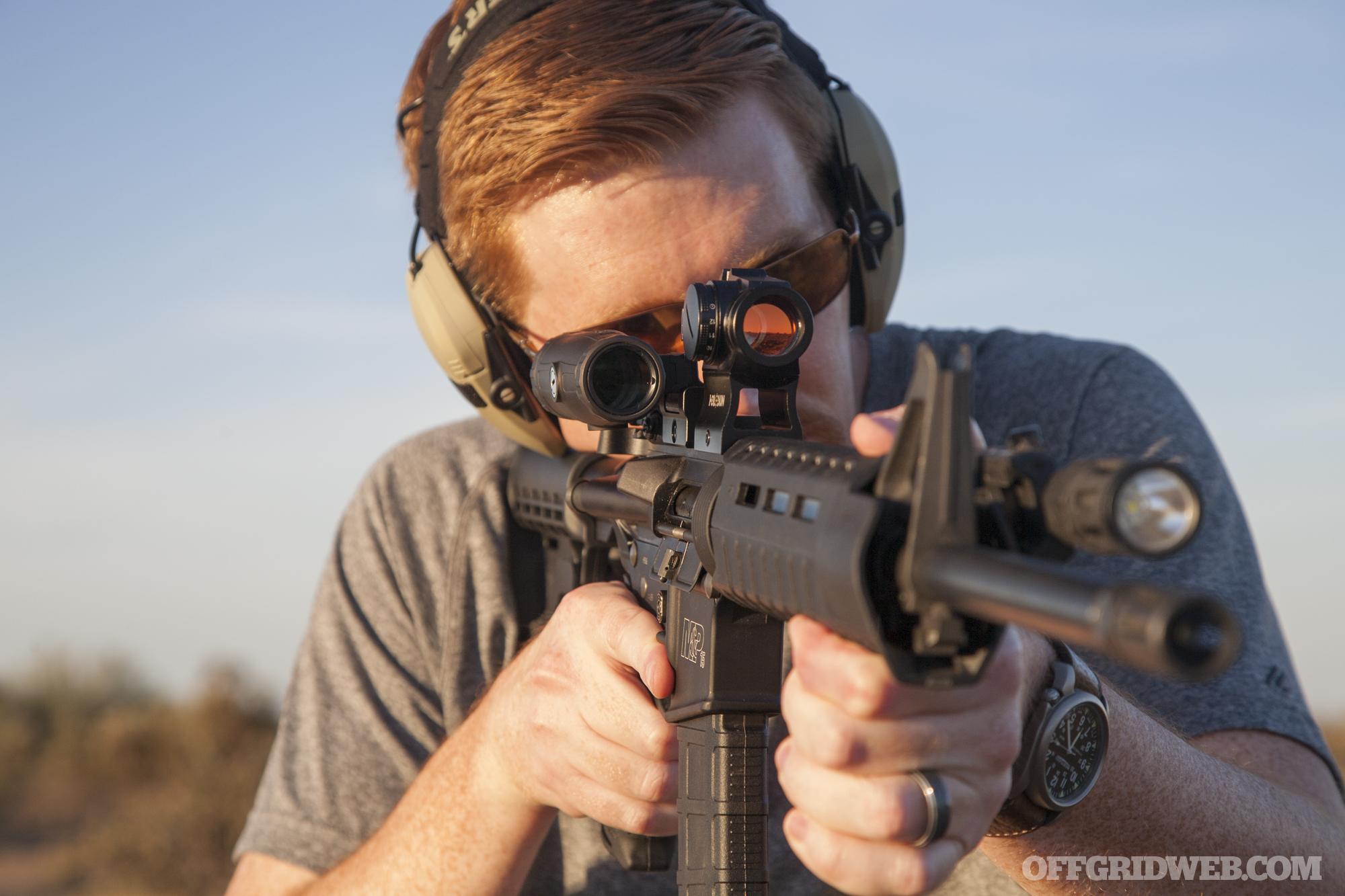

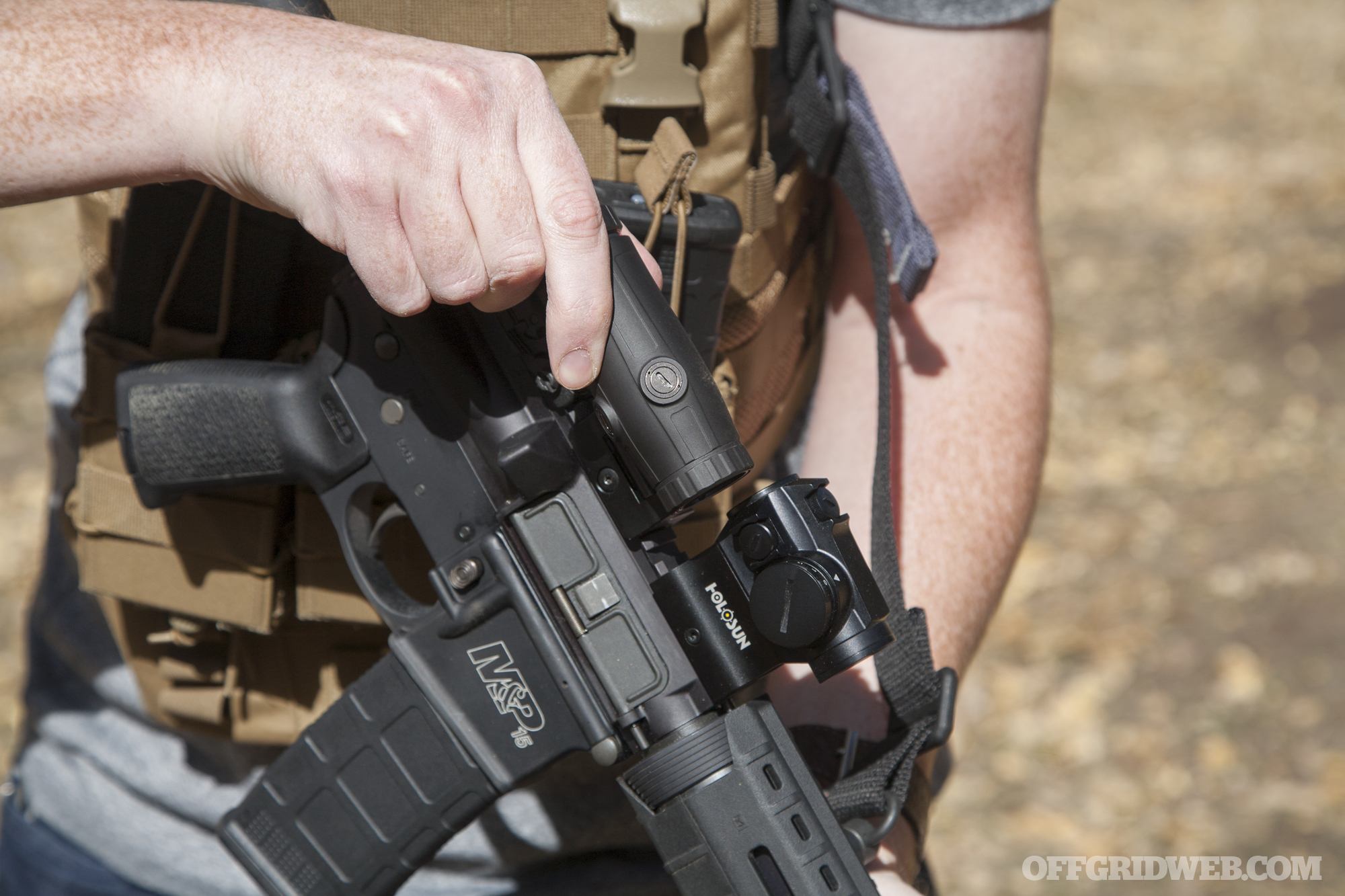
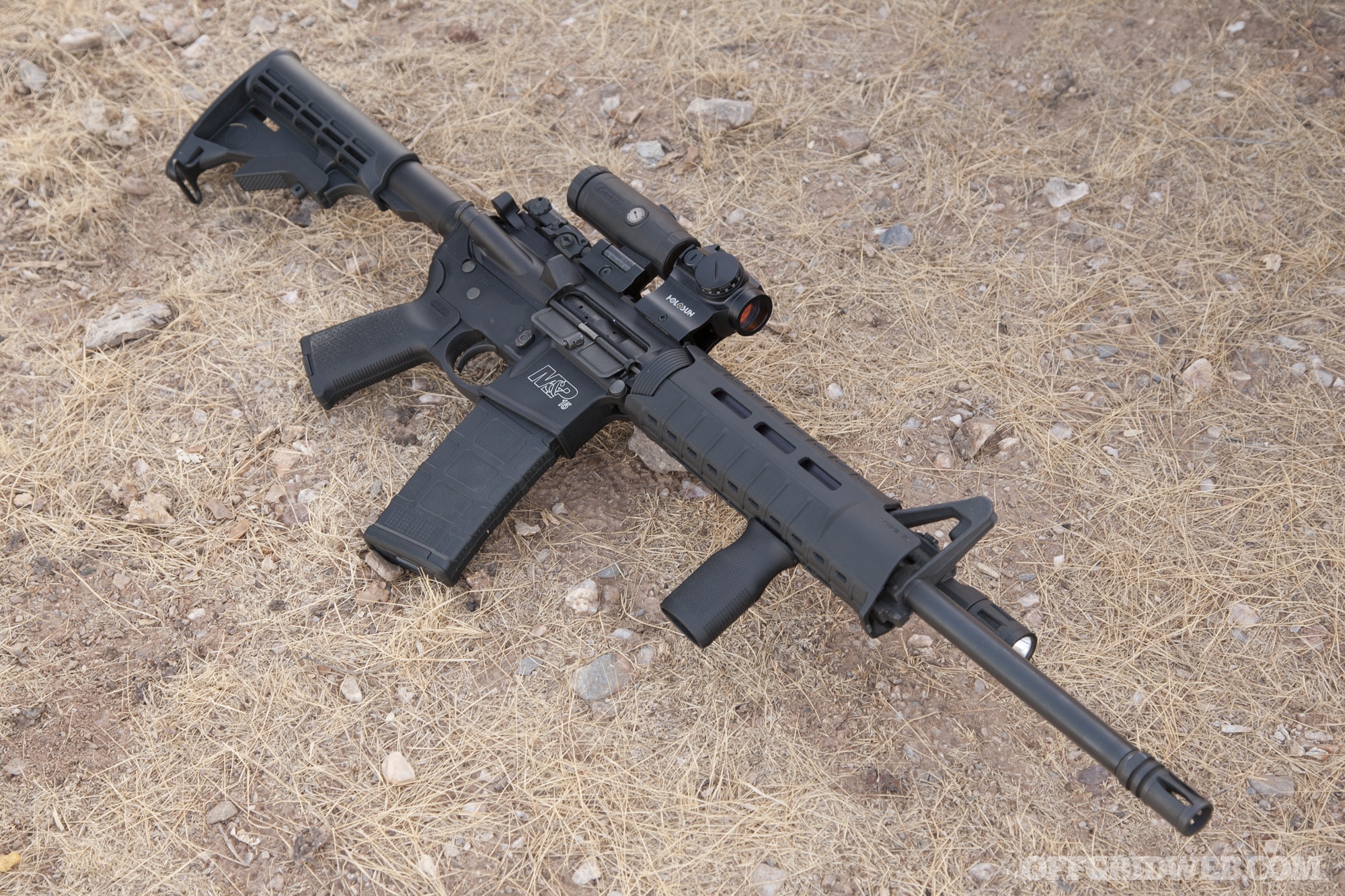
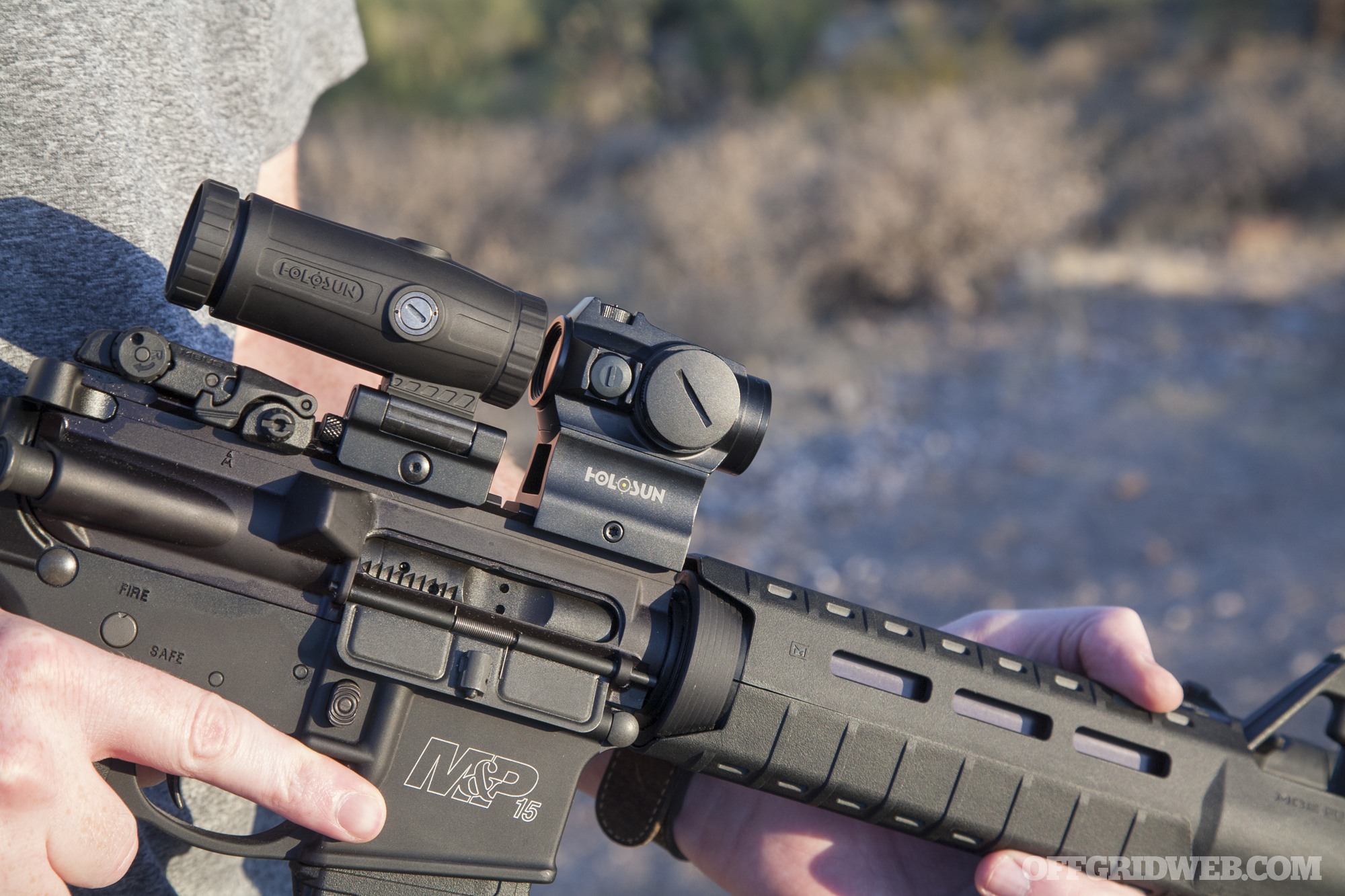
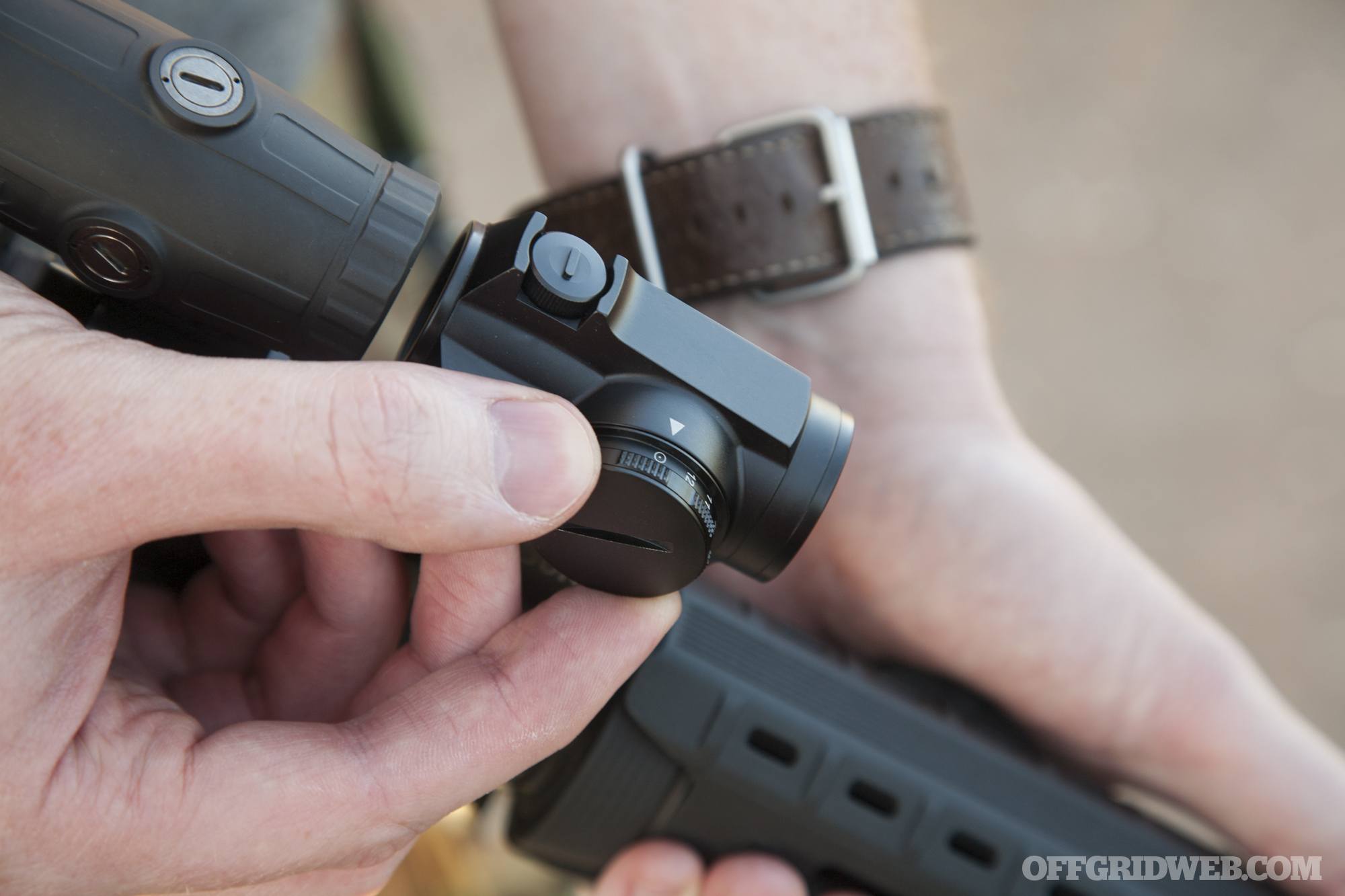
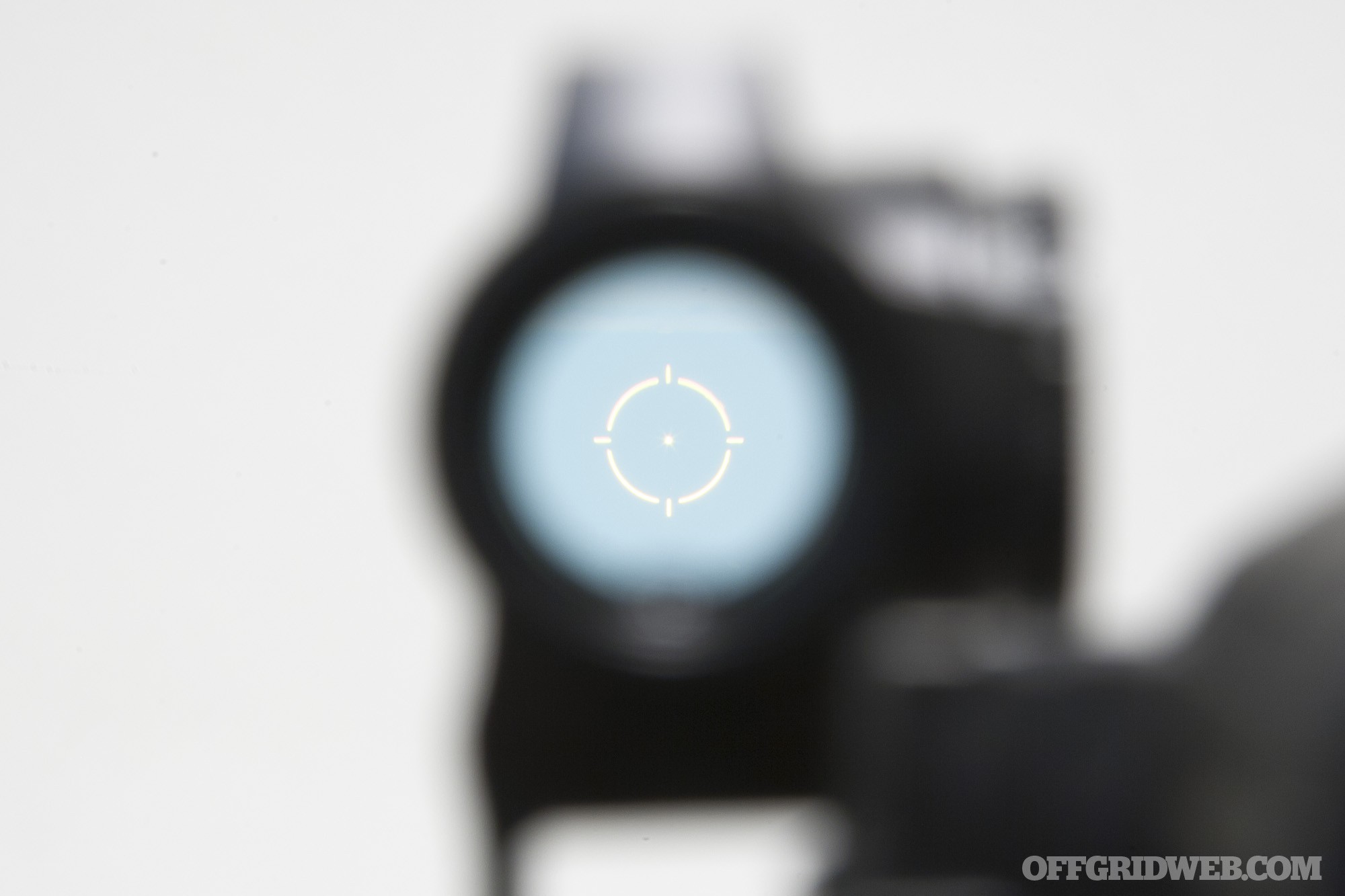
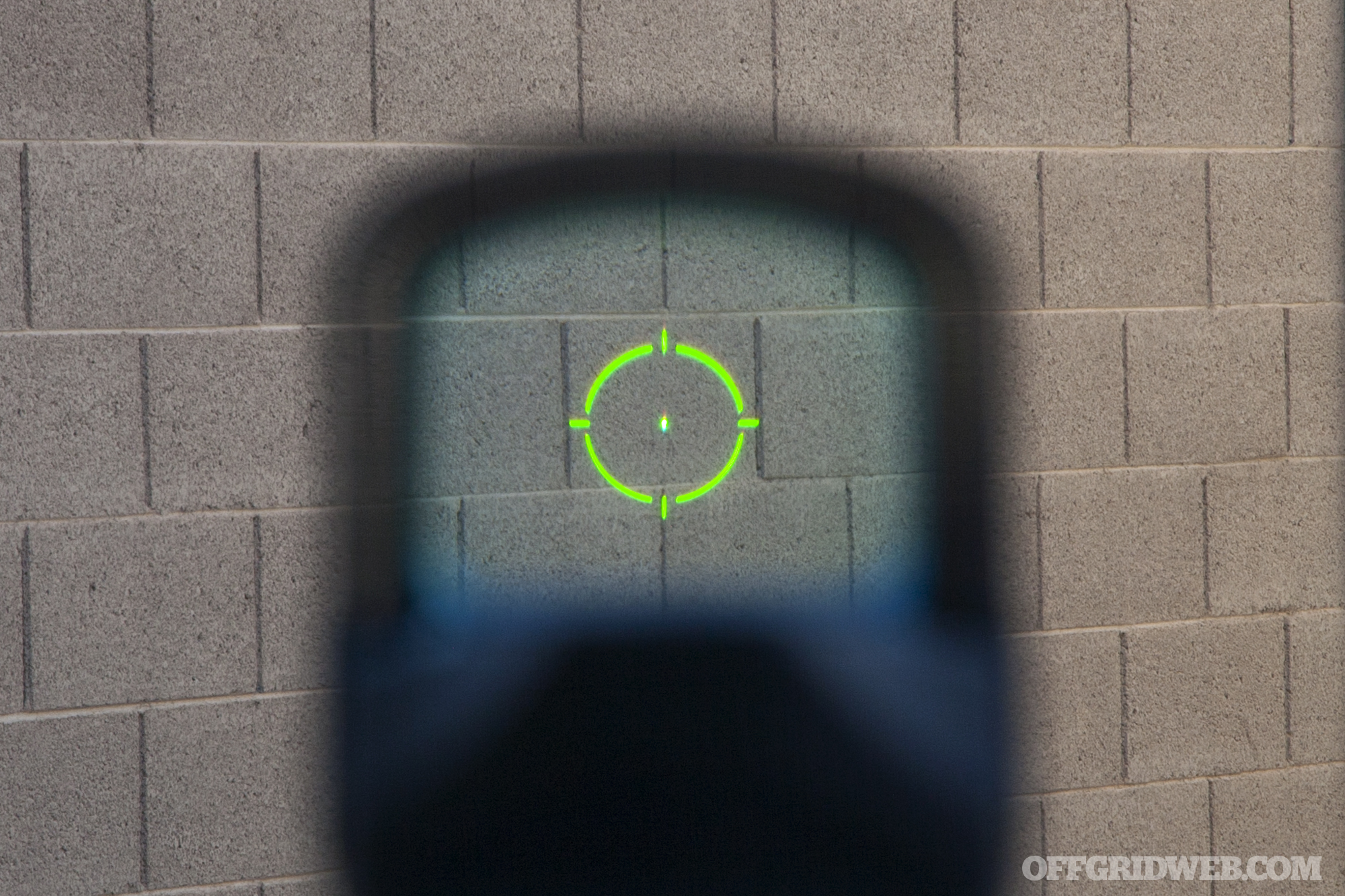
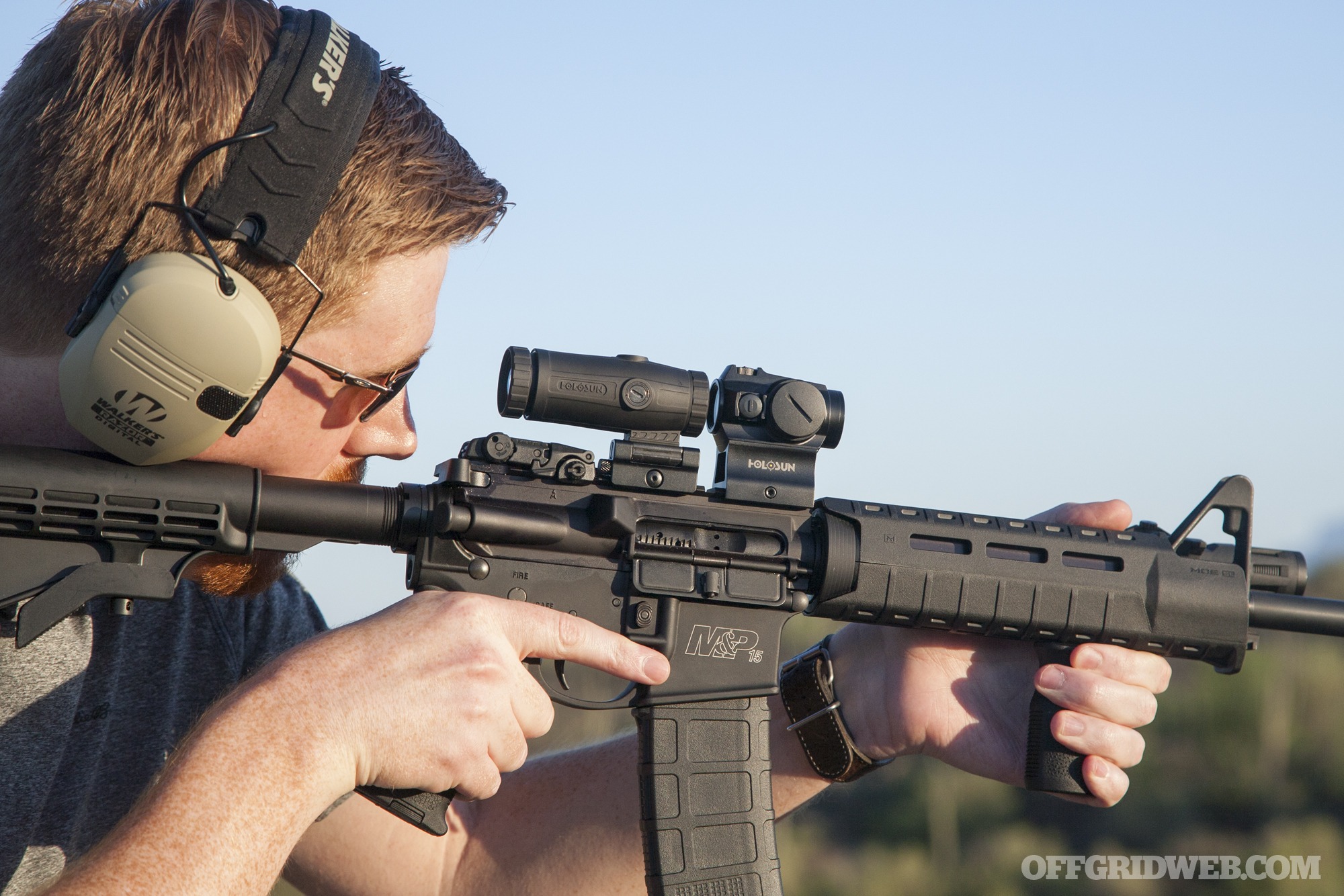
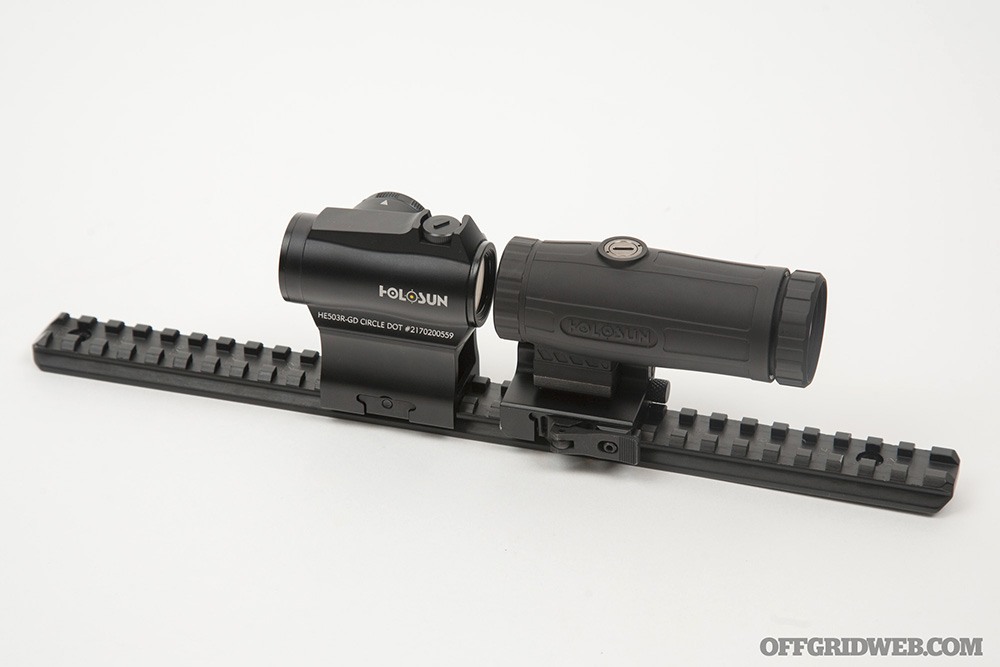
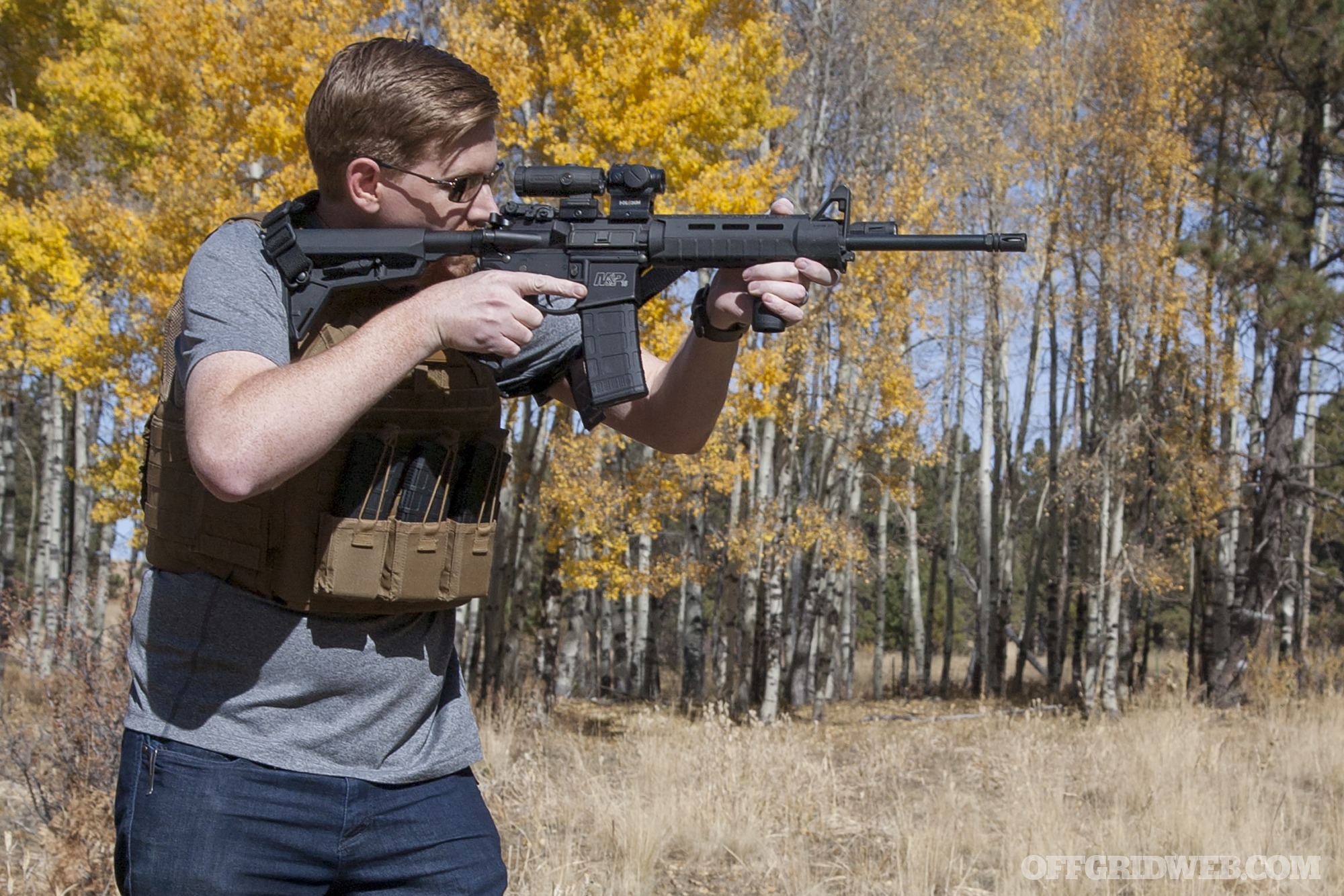
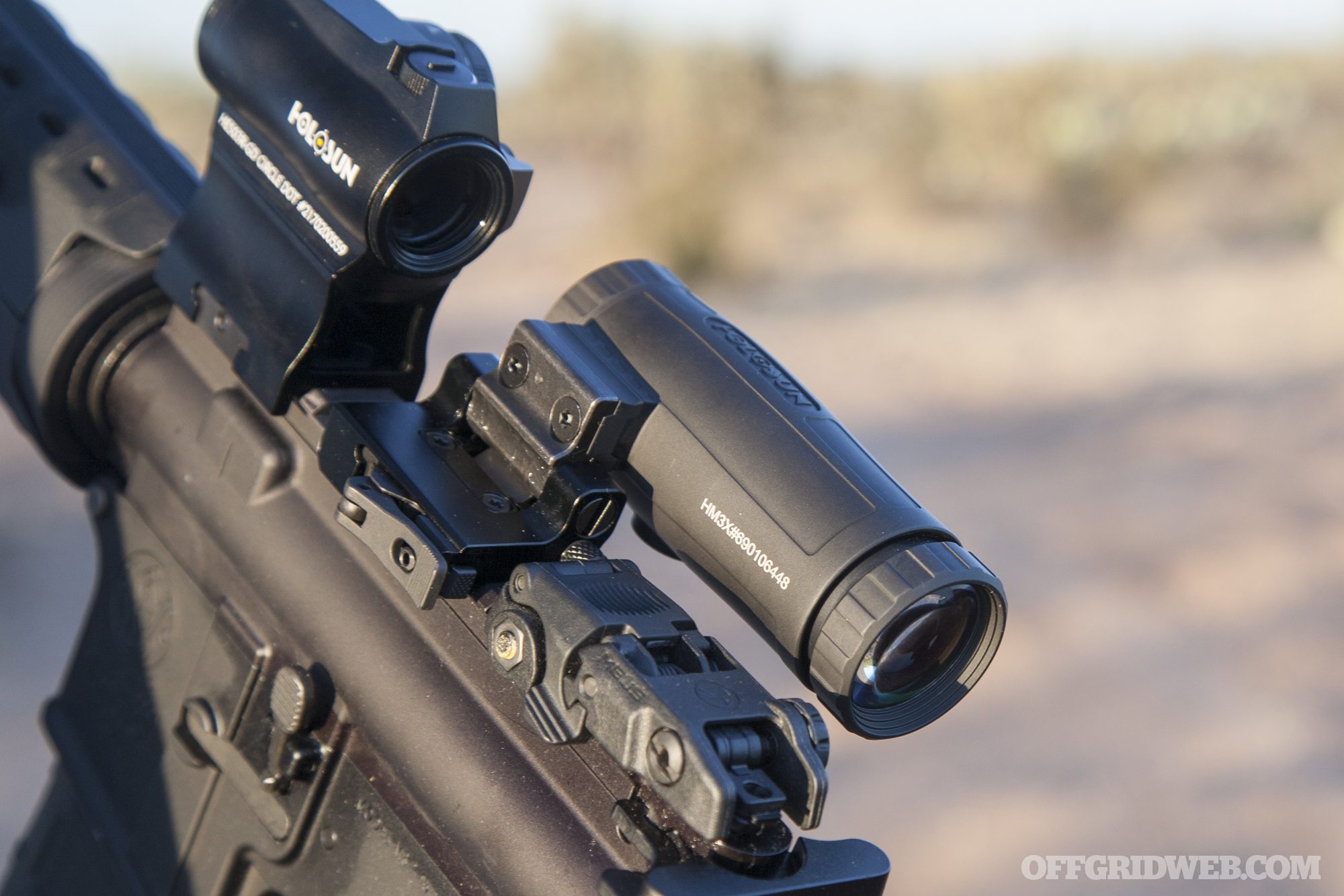
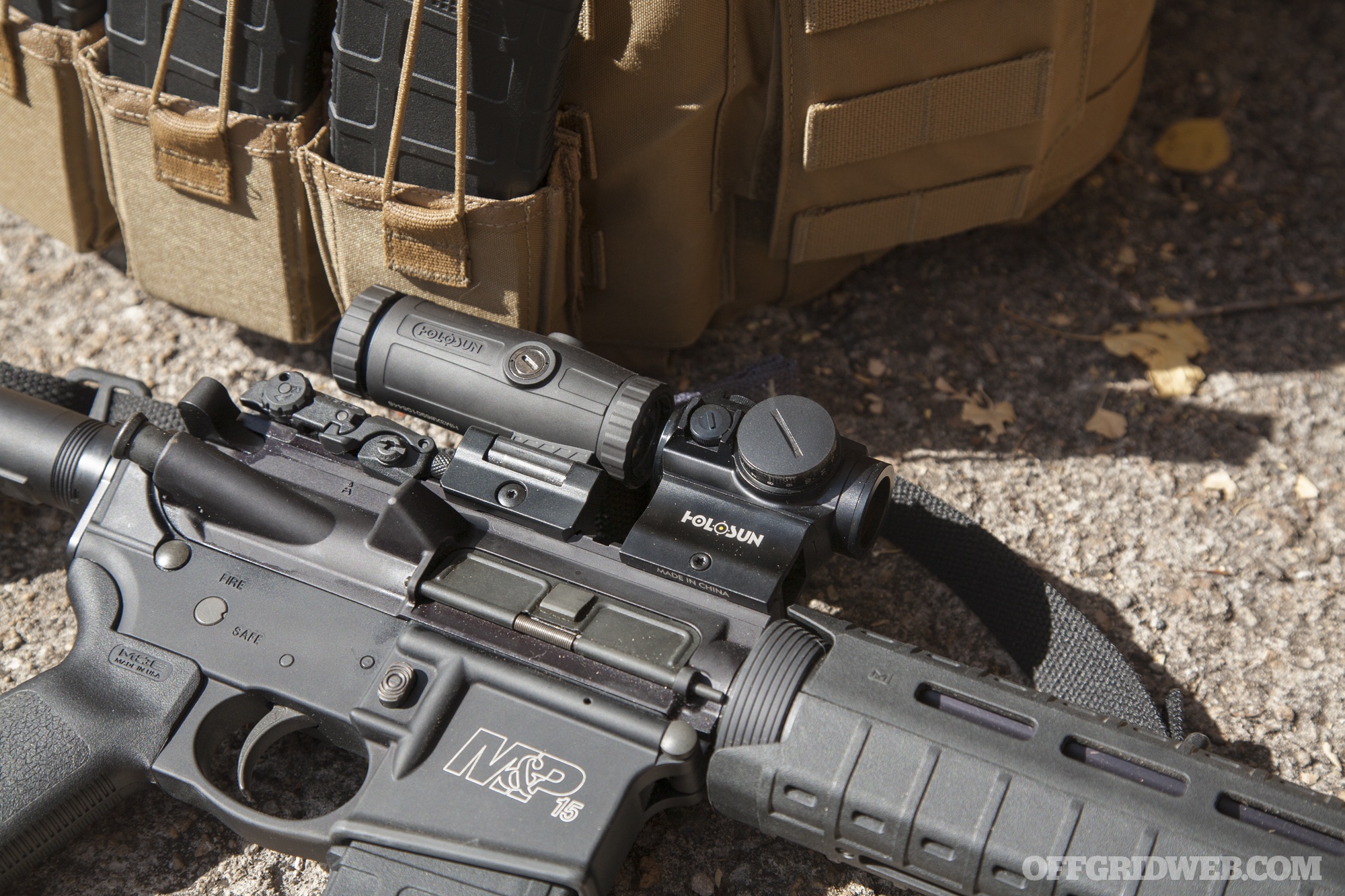

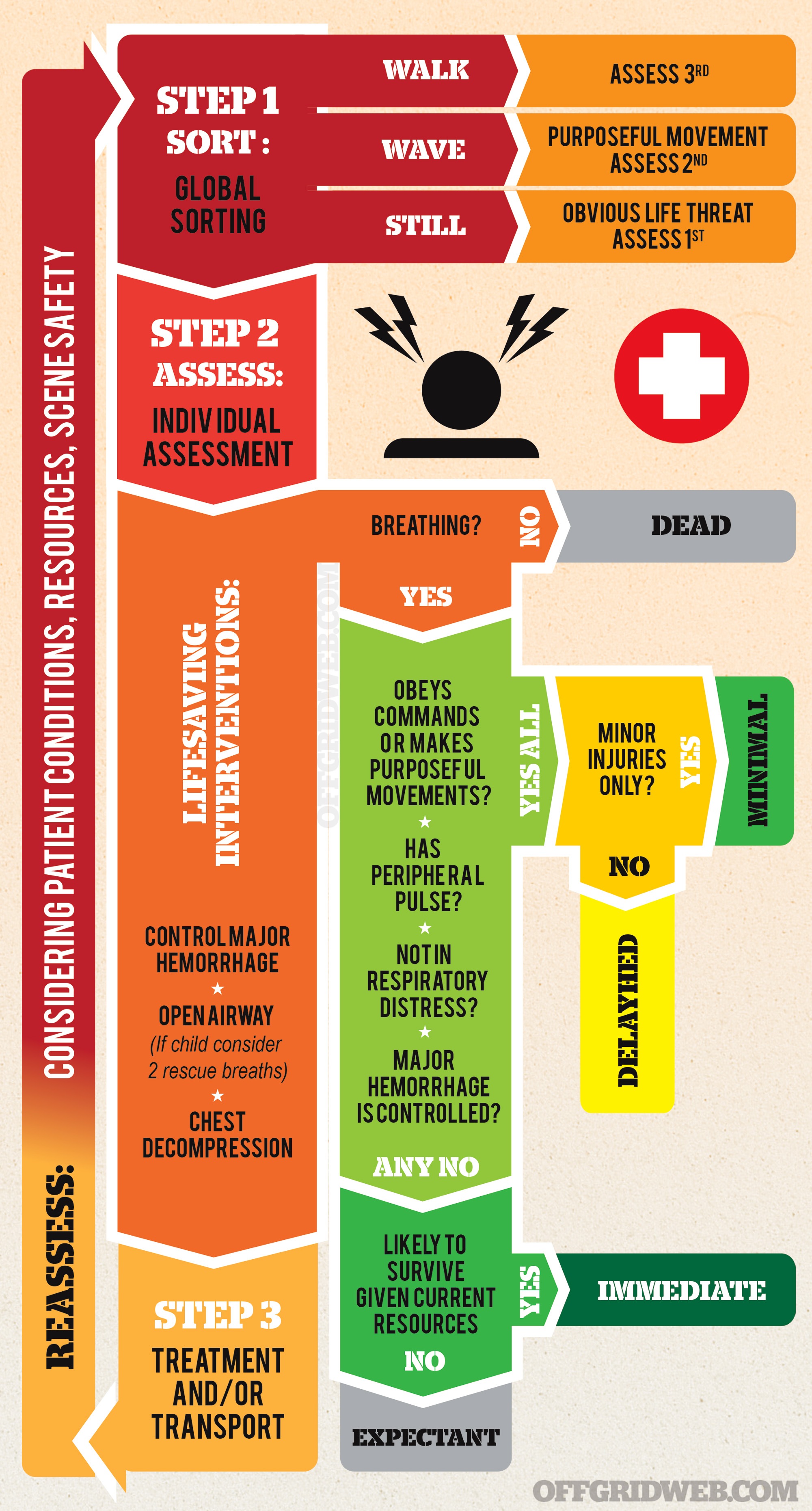
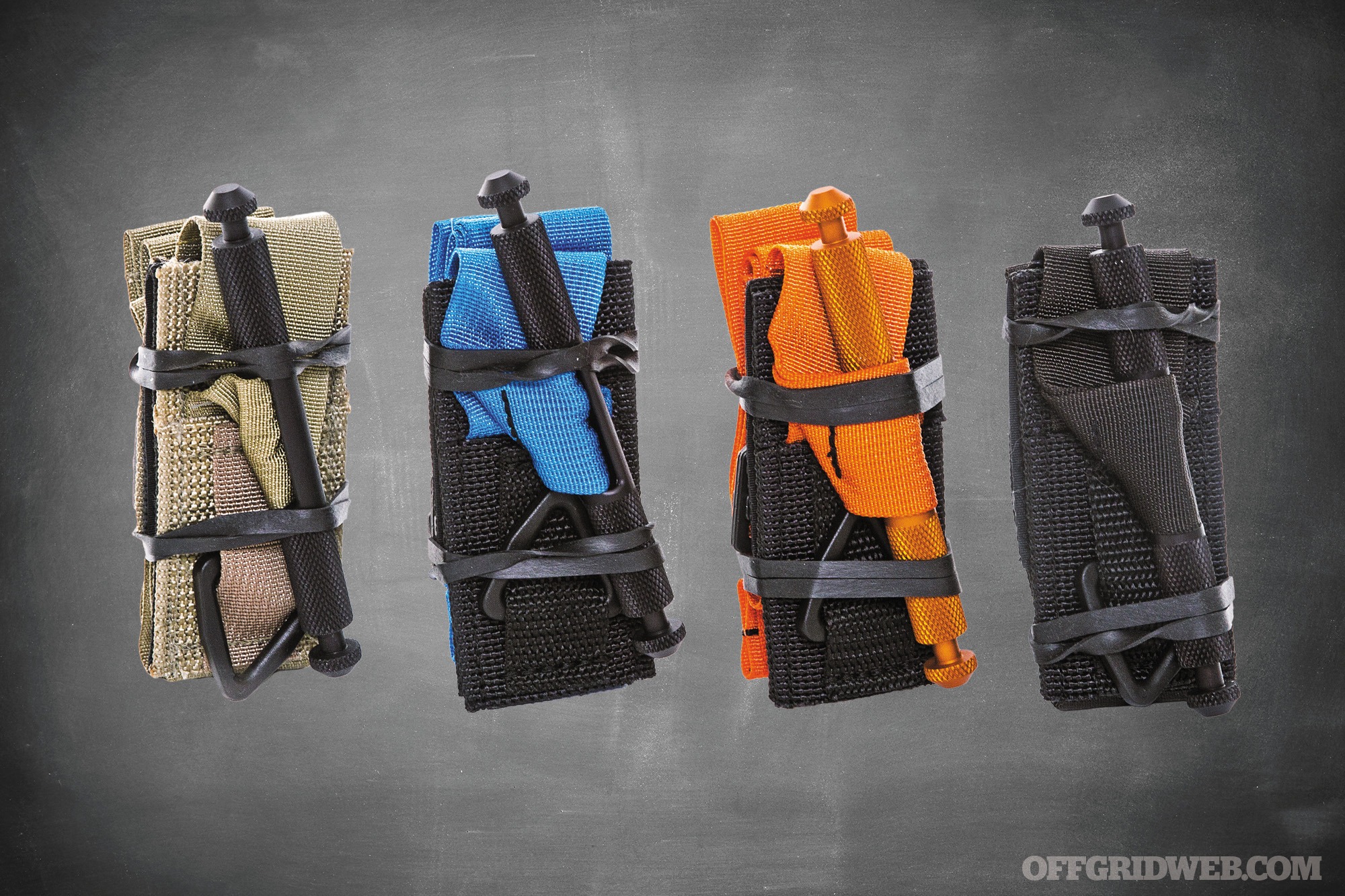
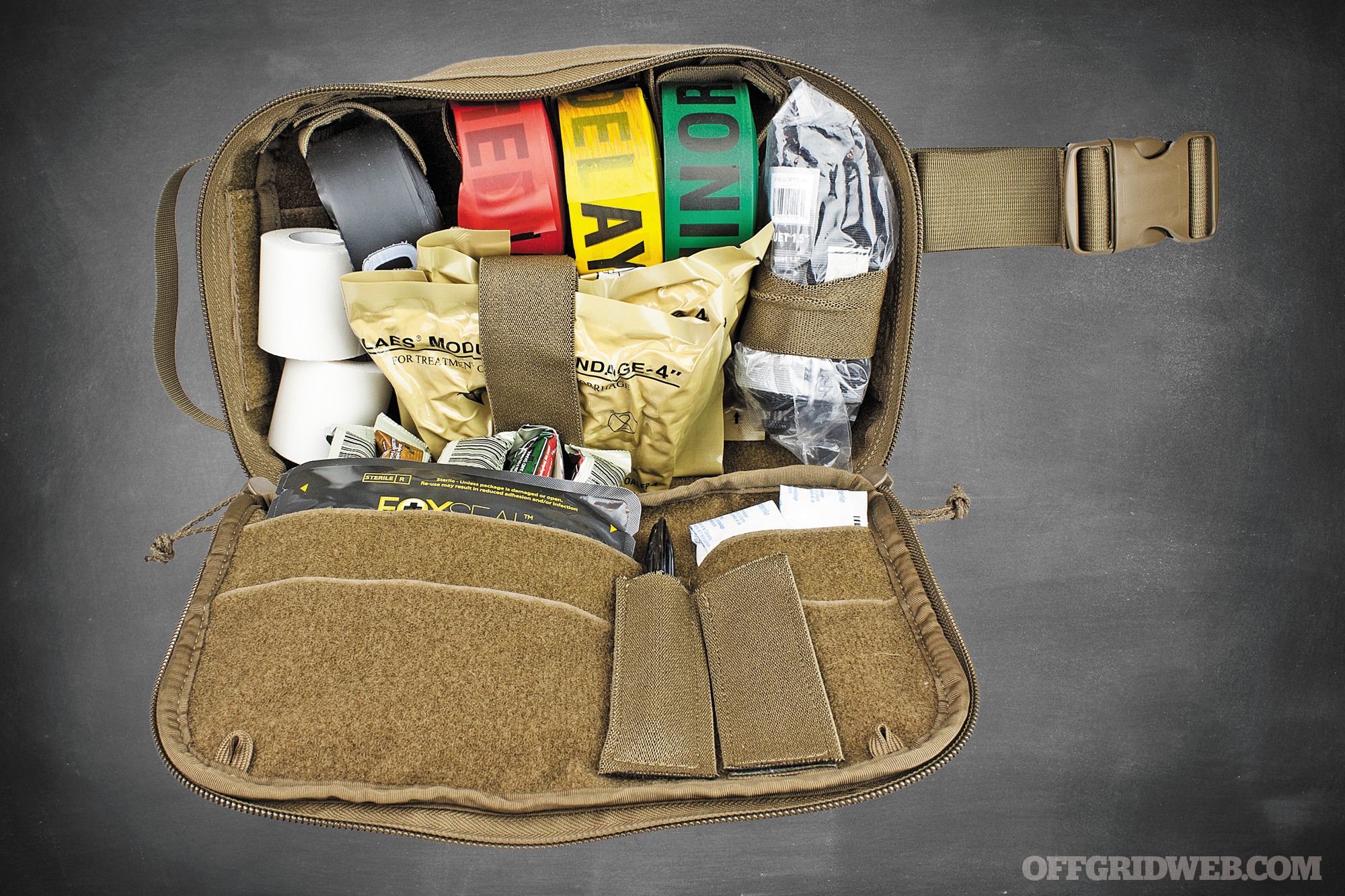
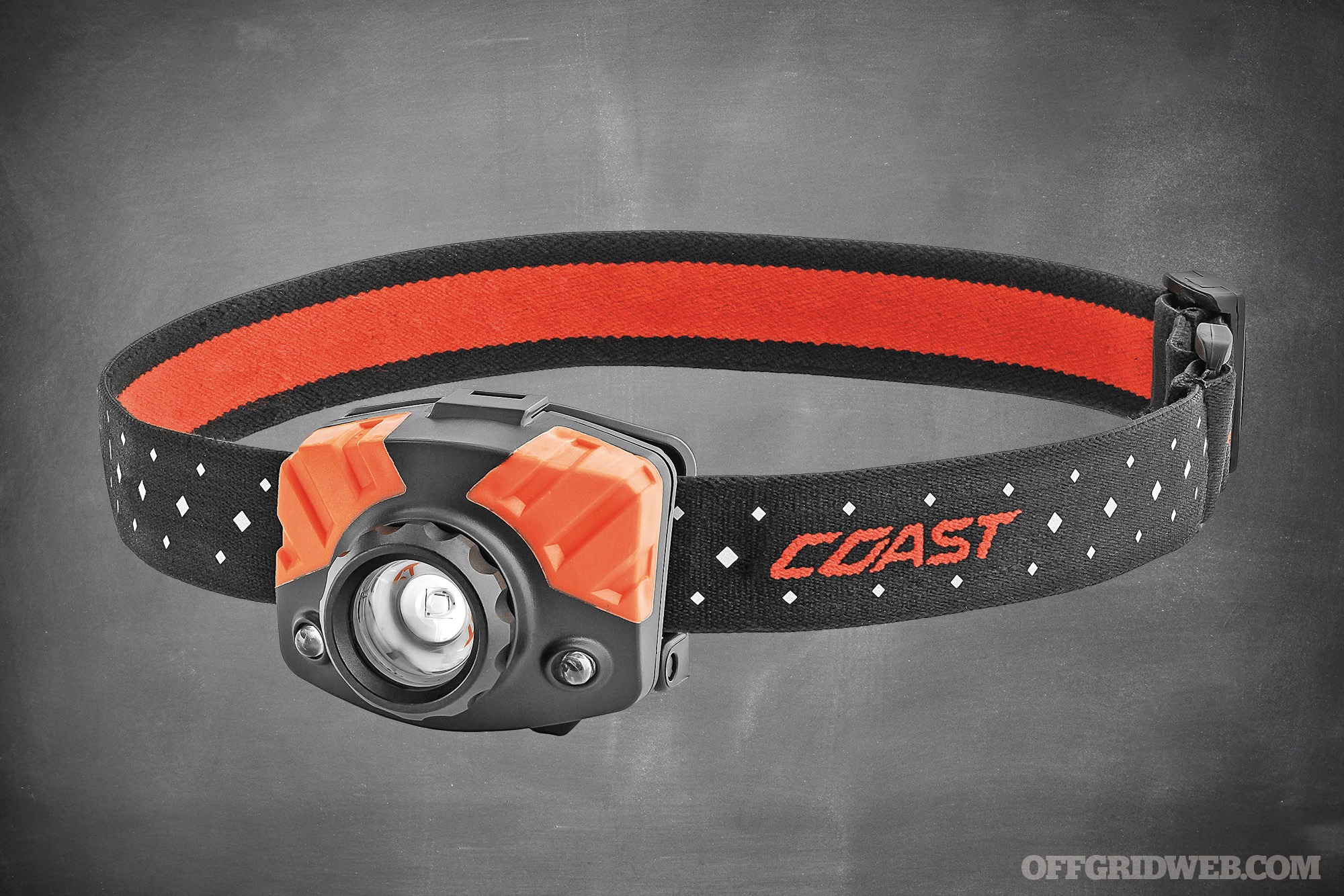
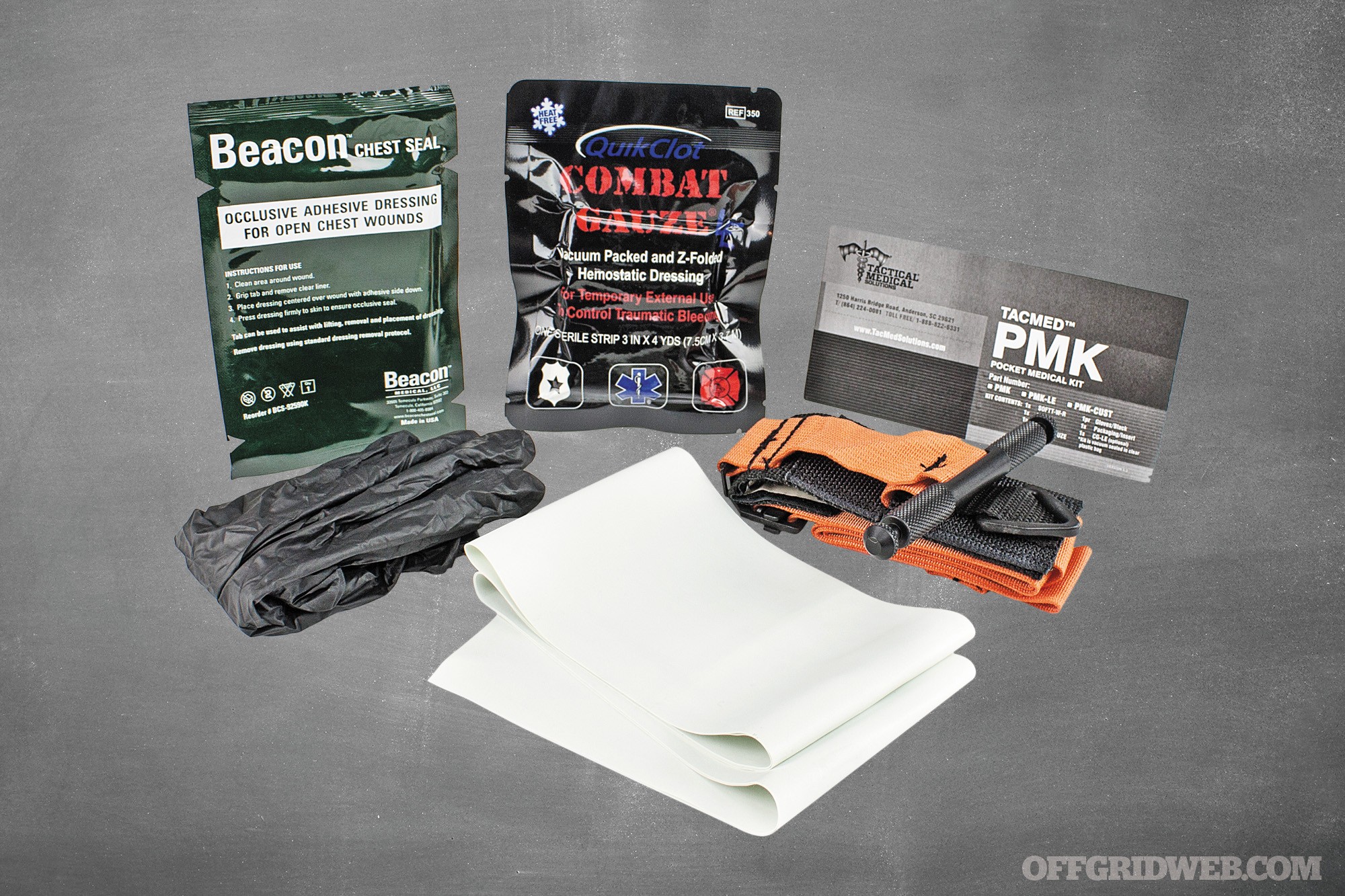
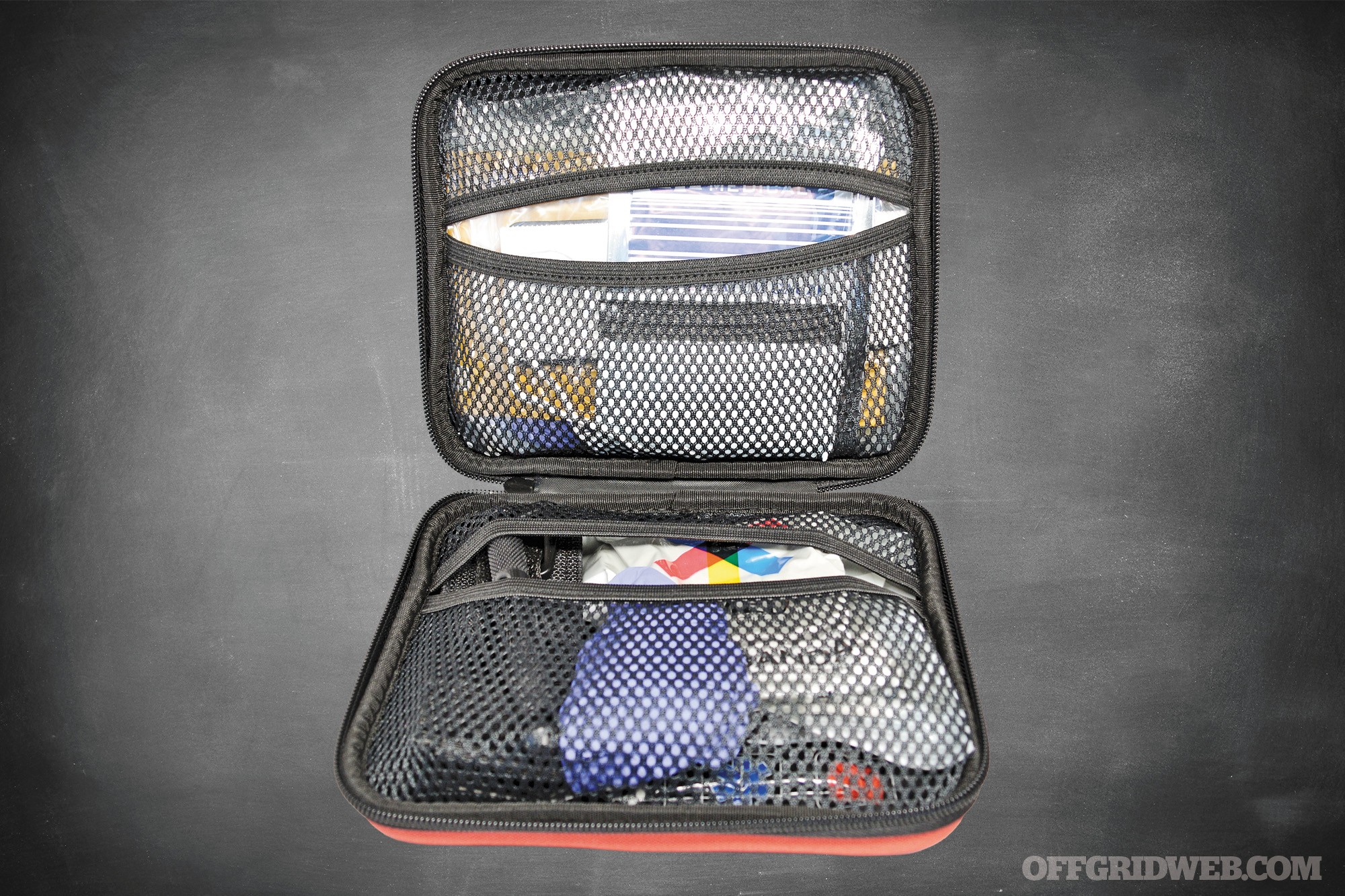
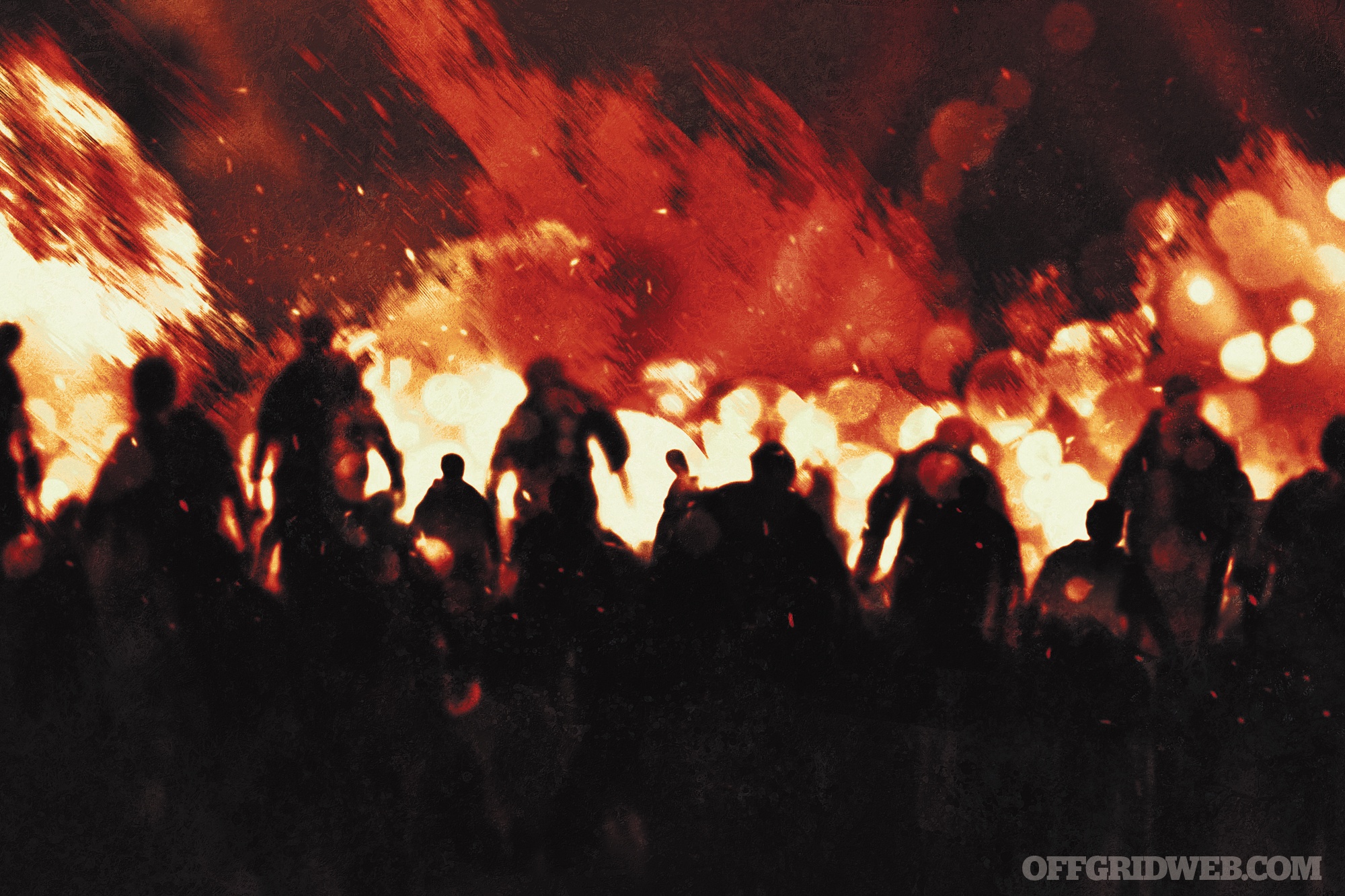
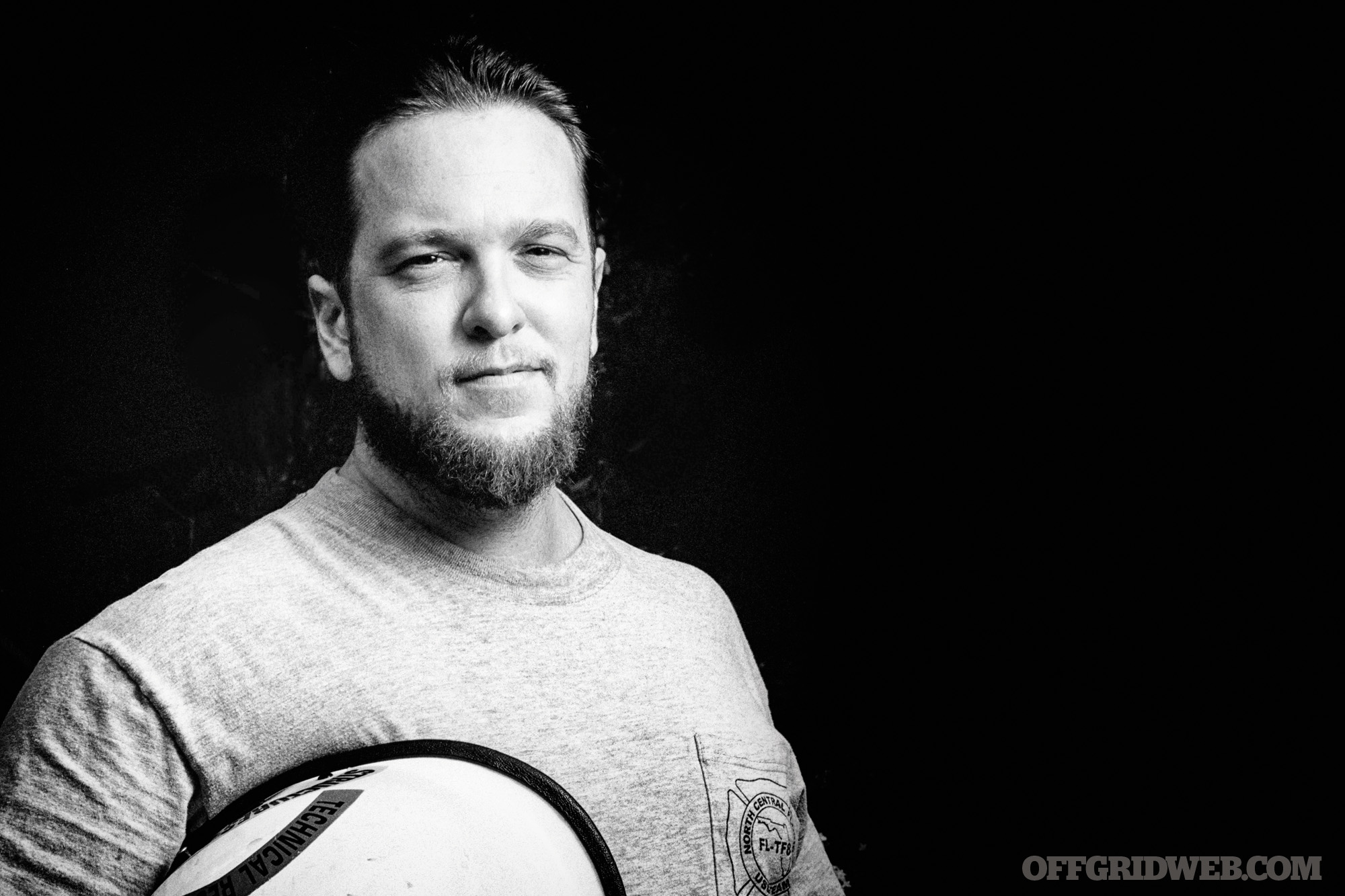





 Tim MacWelch
Tim MacWelch Erik Lund
Erik Lund Candice Horner
Candice Horner
